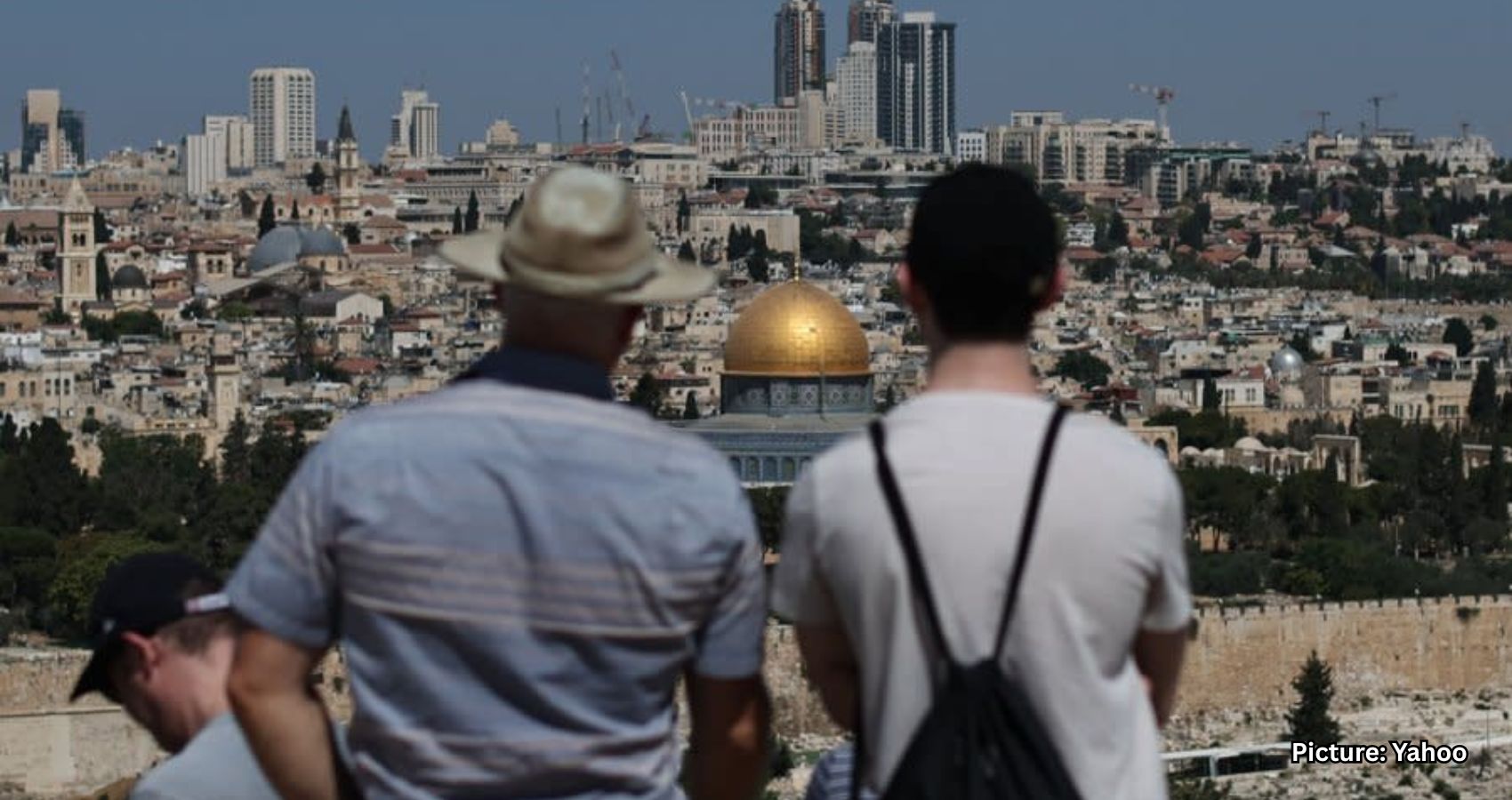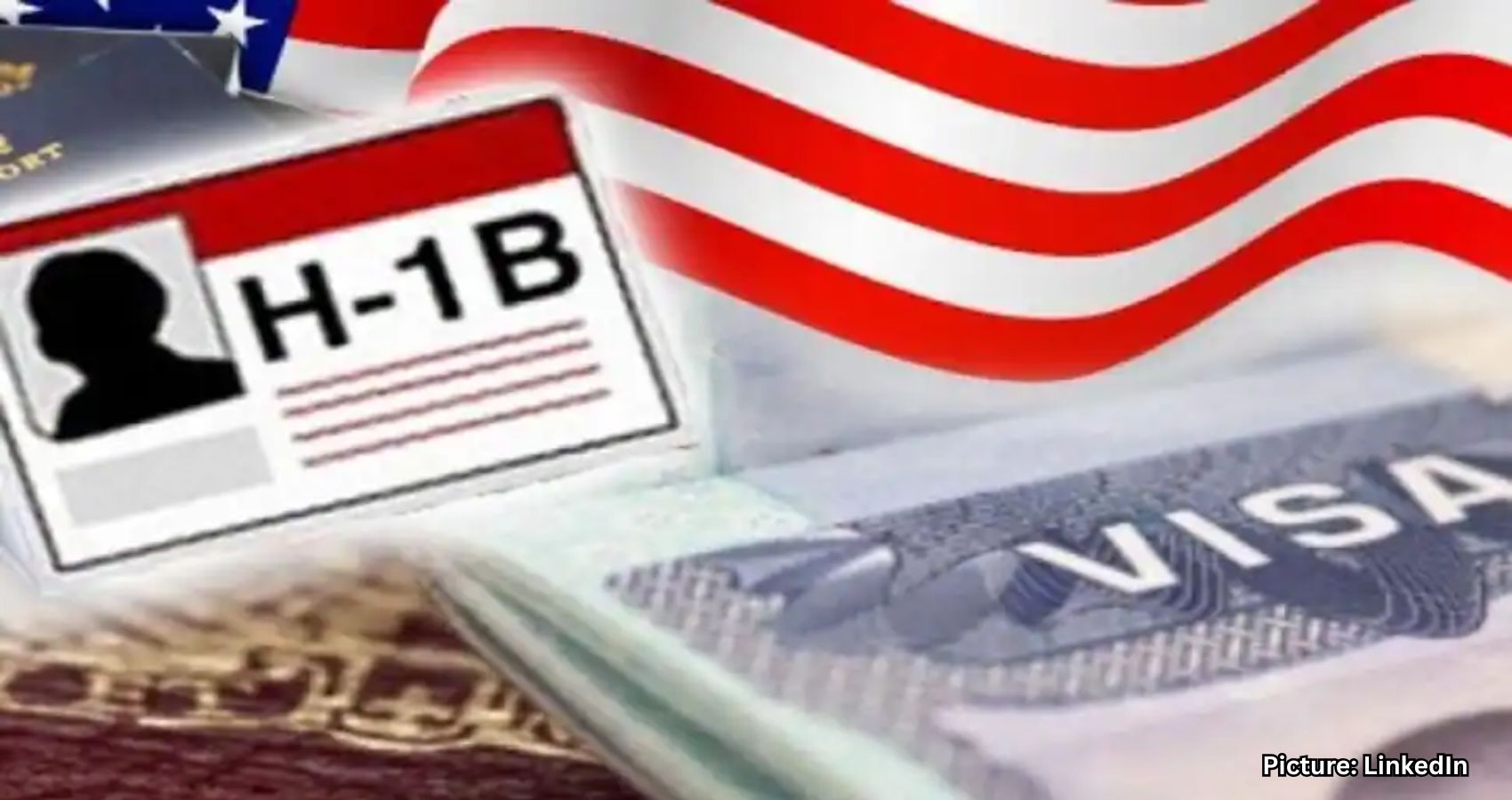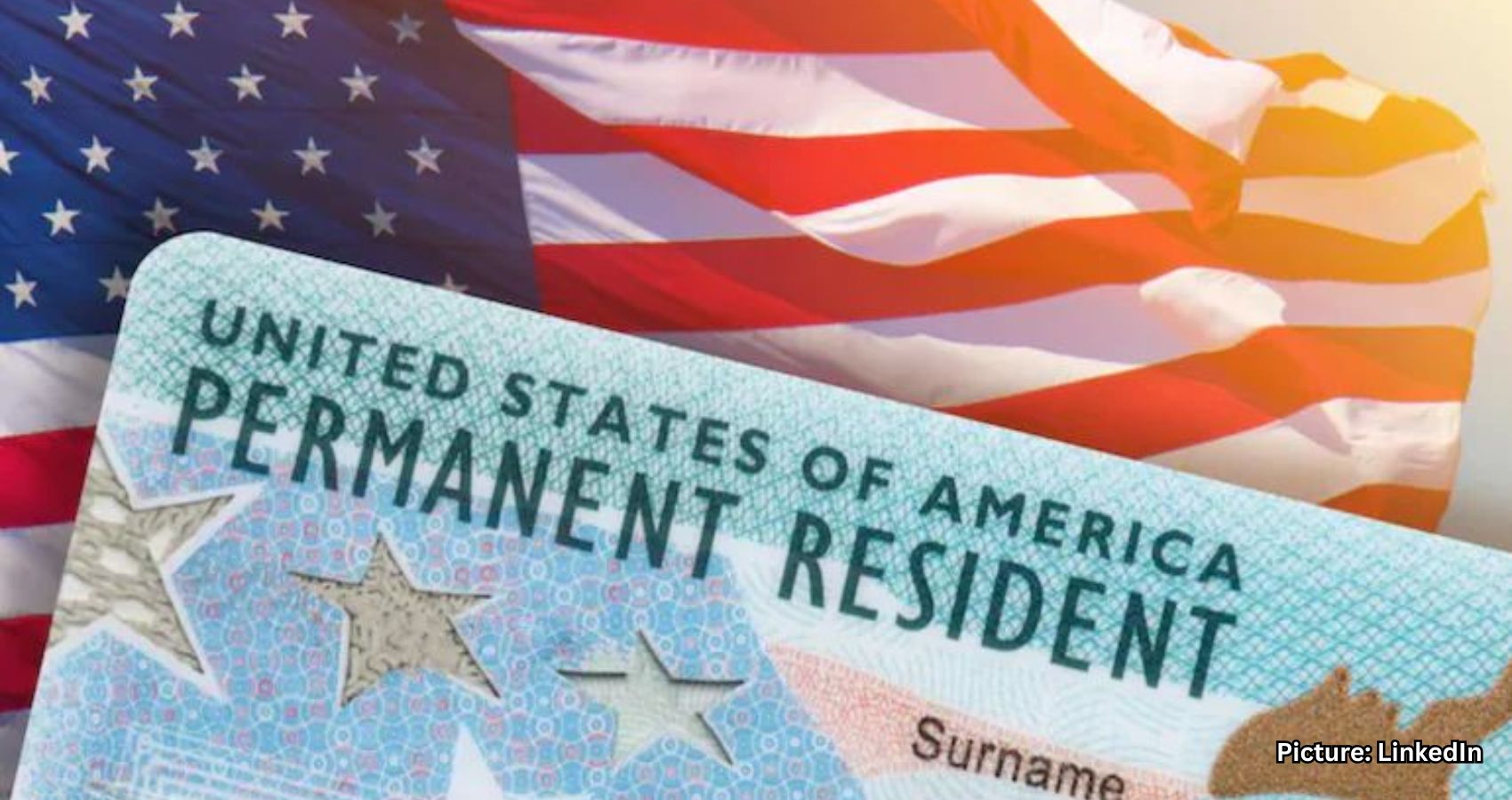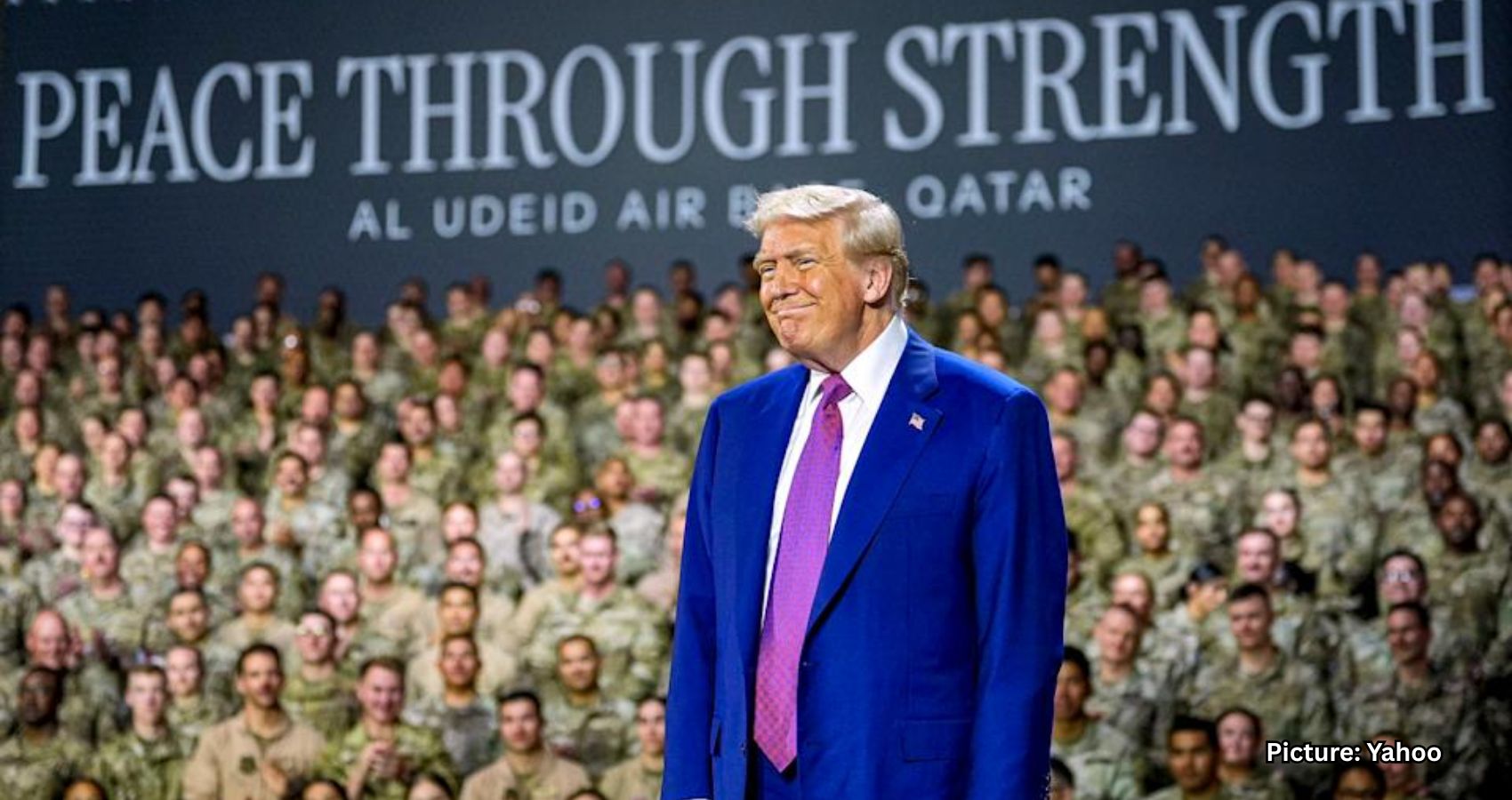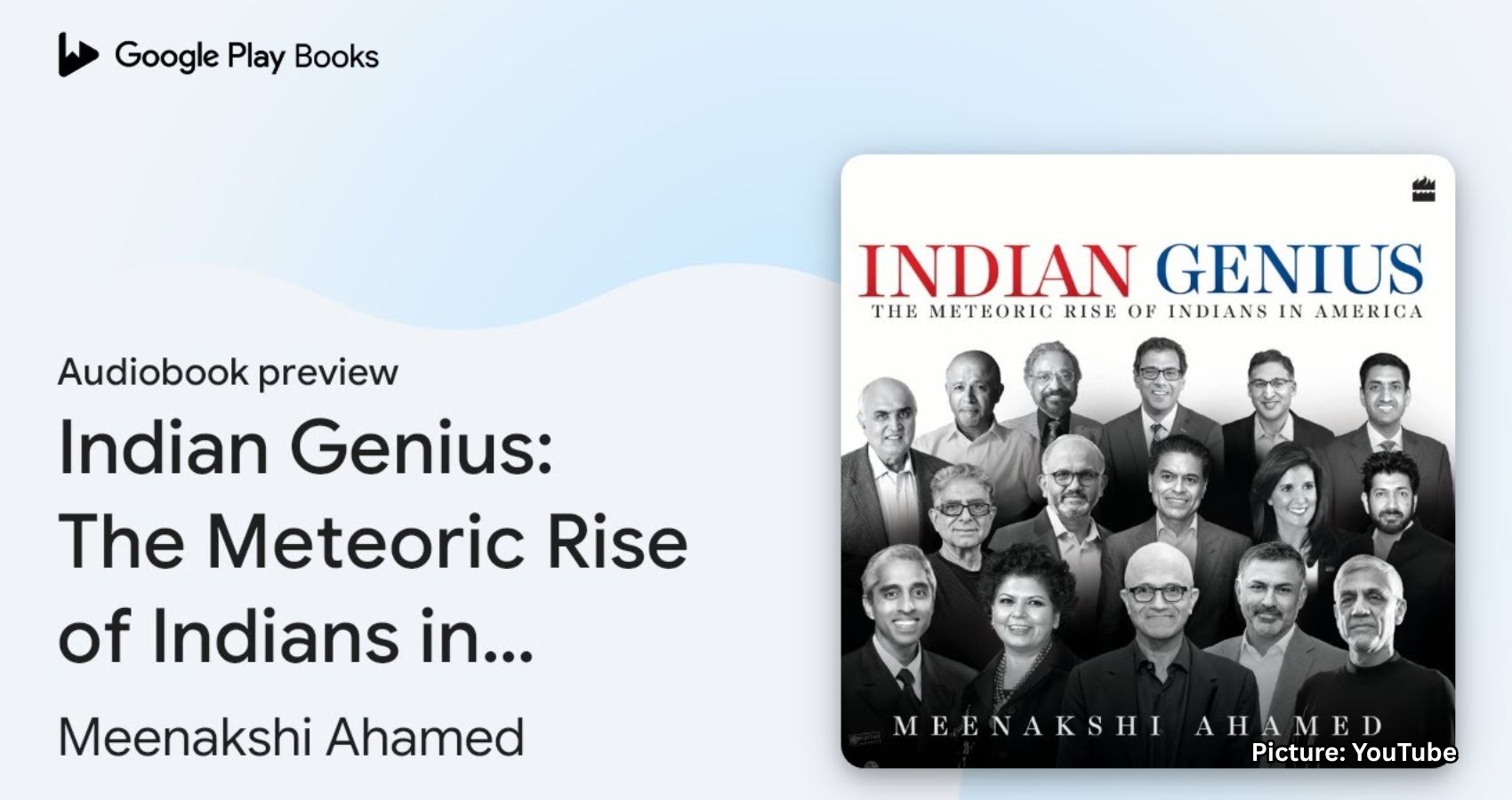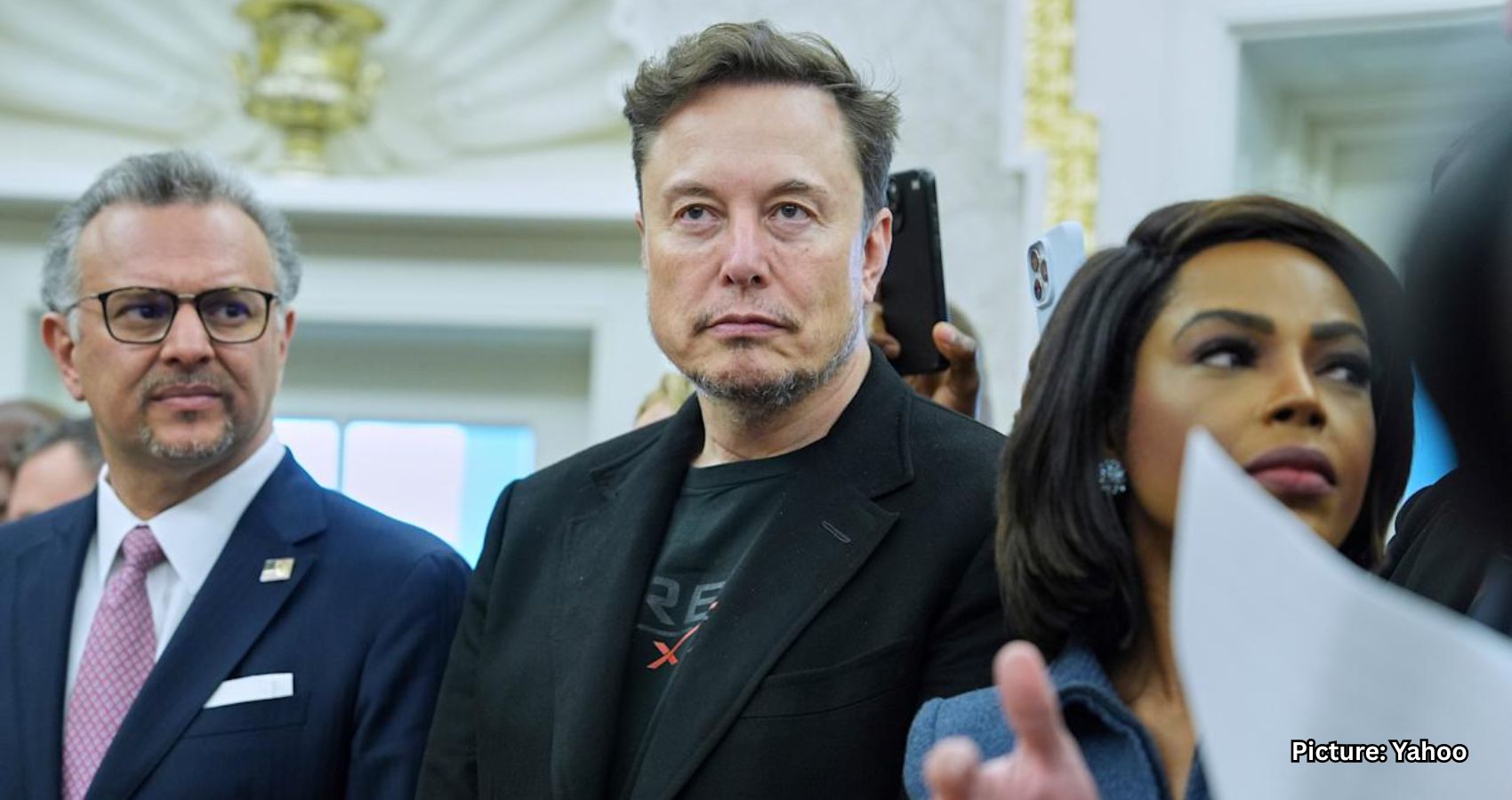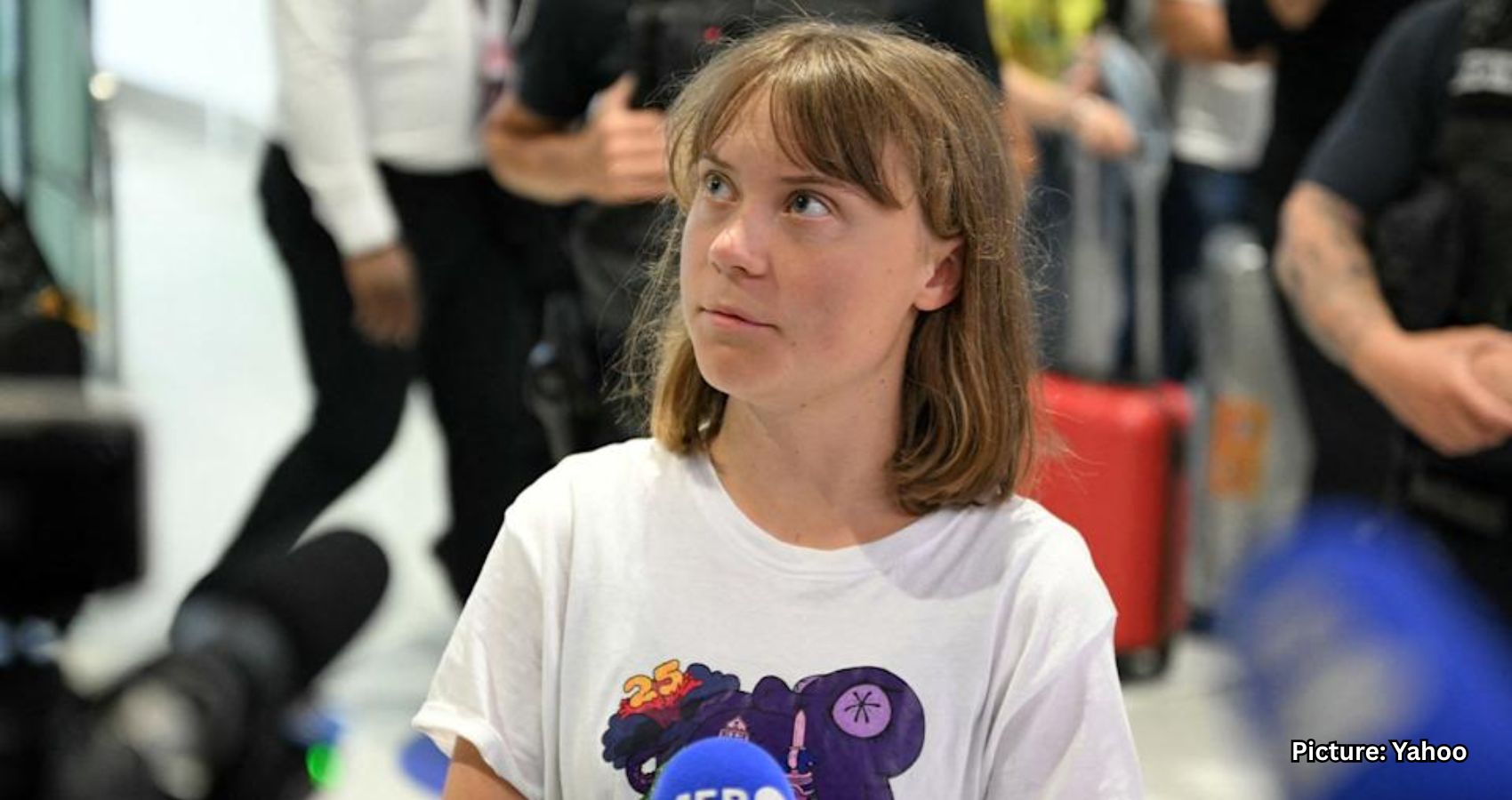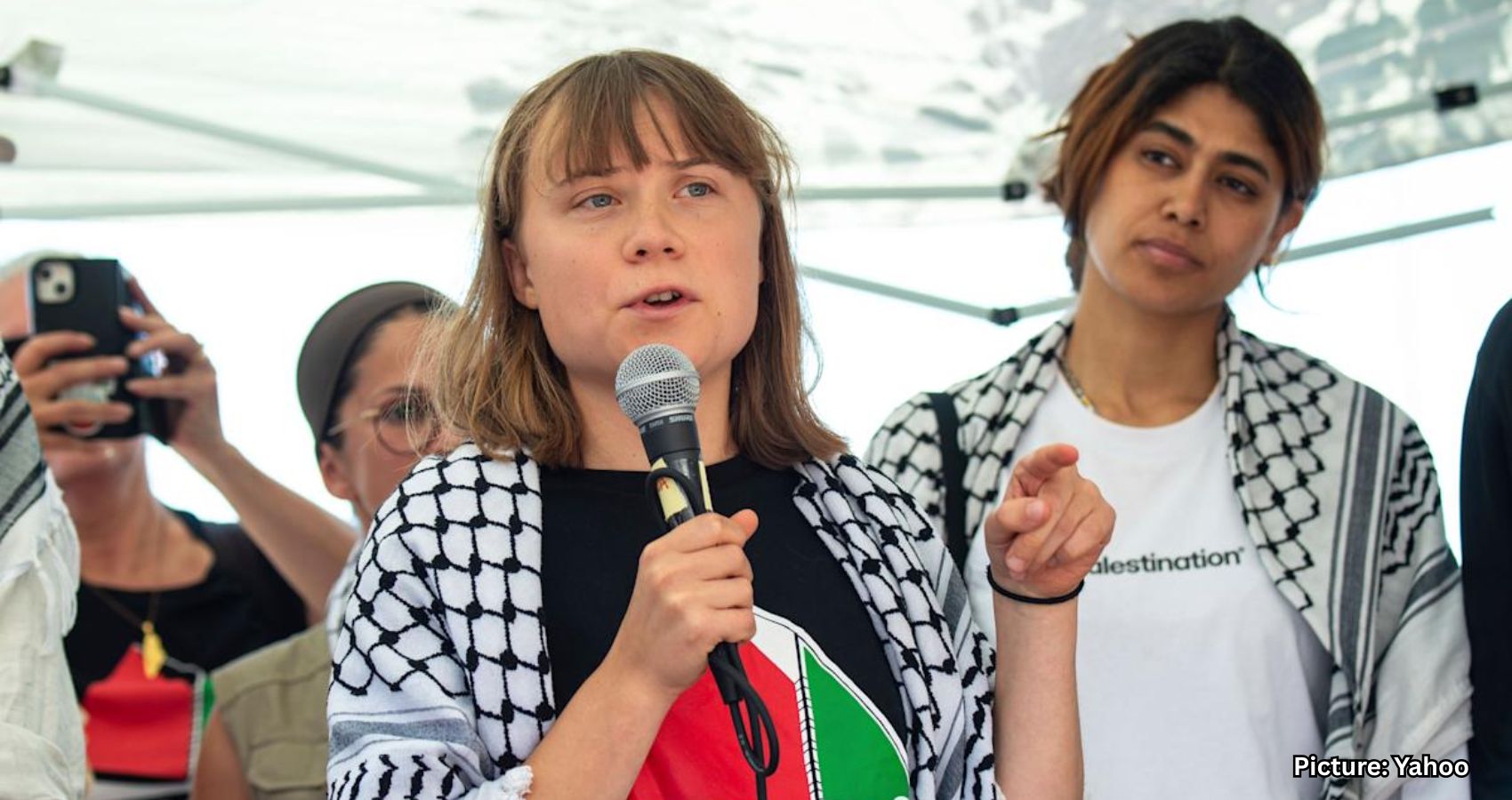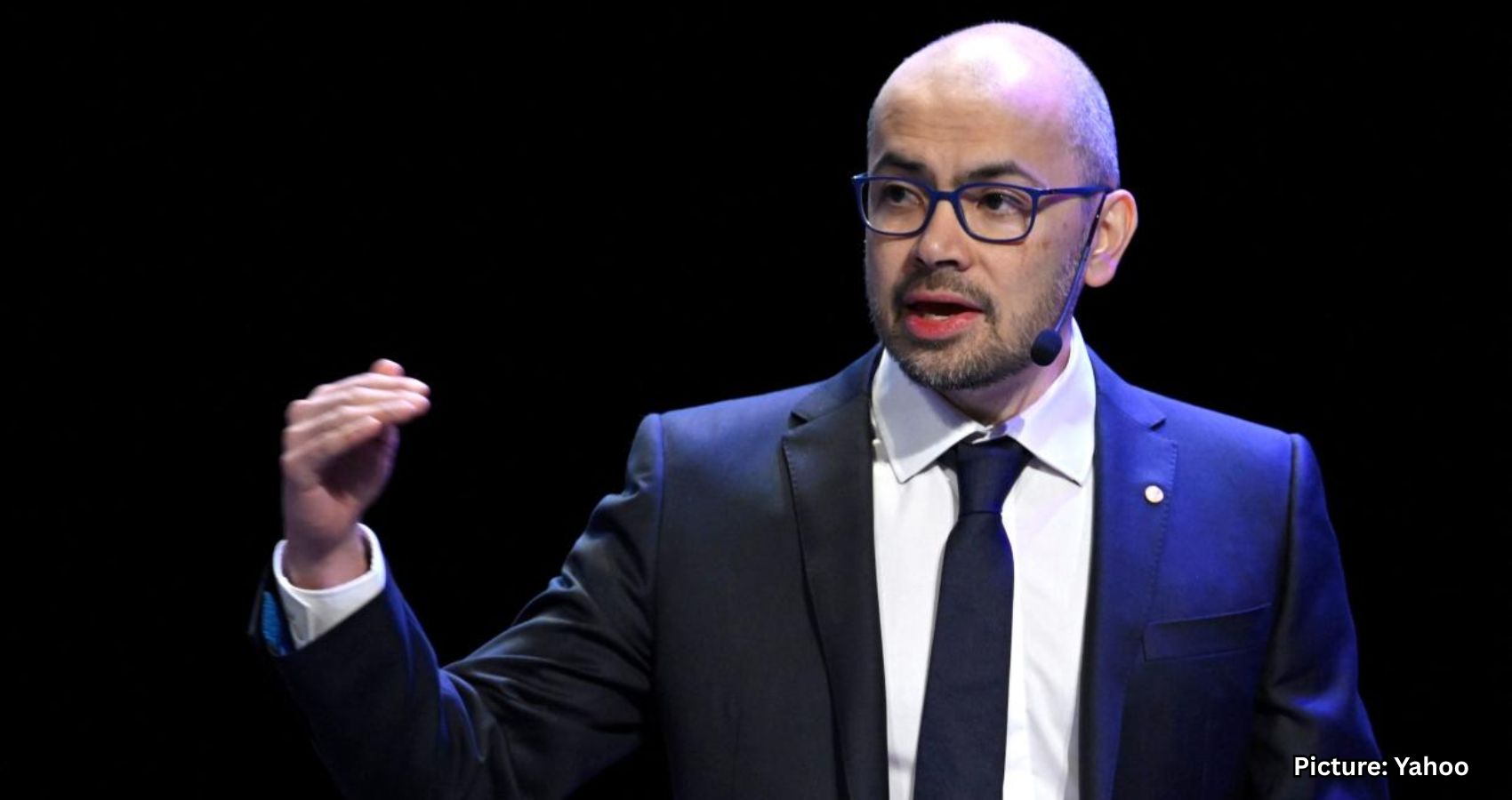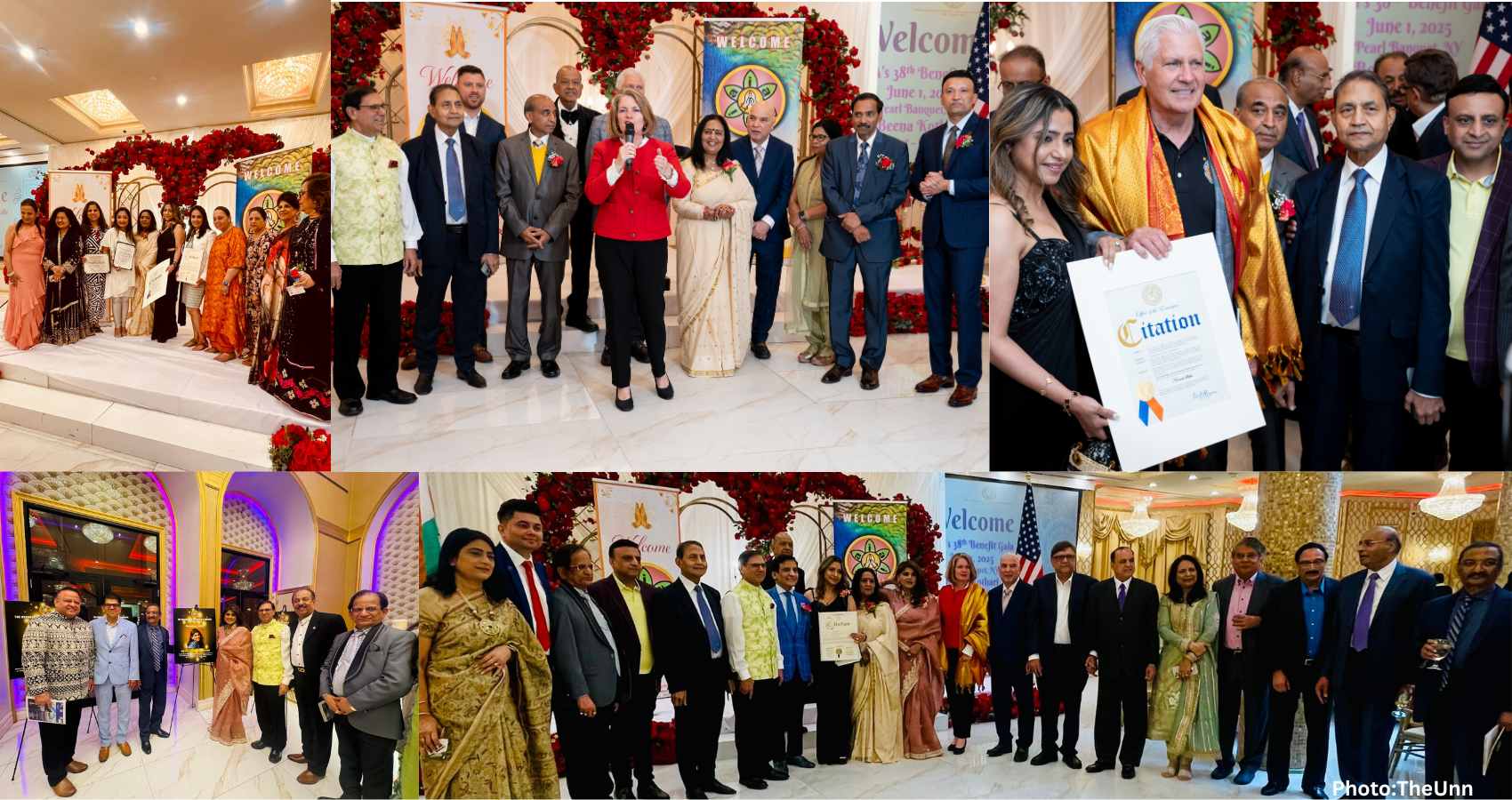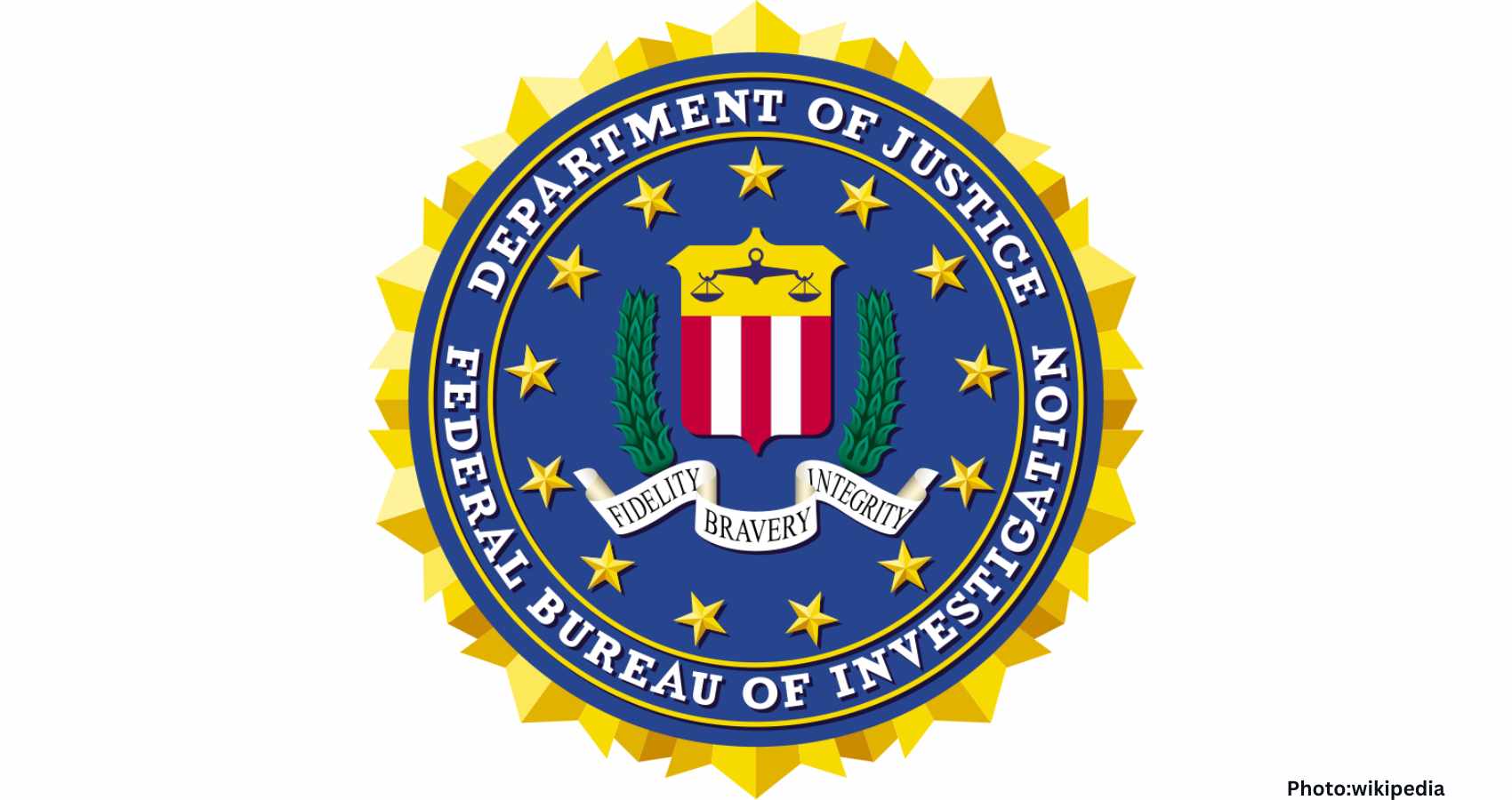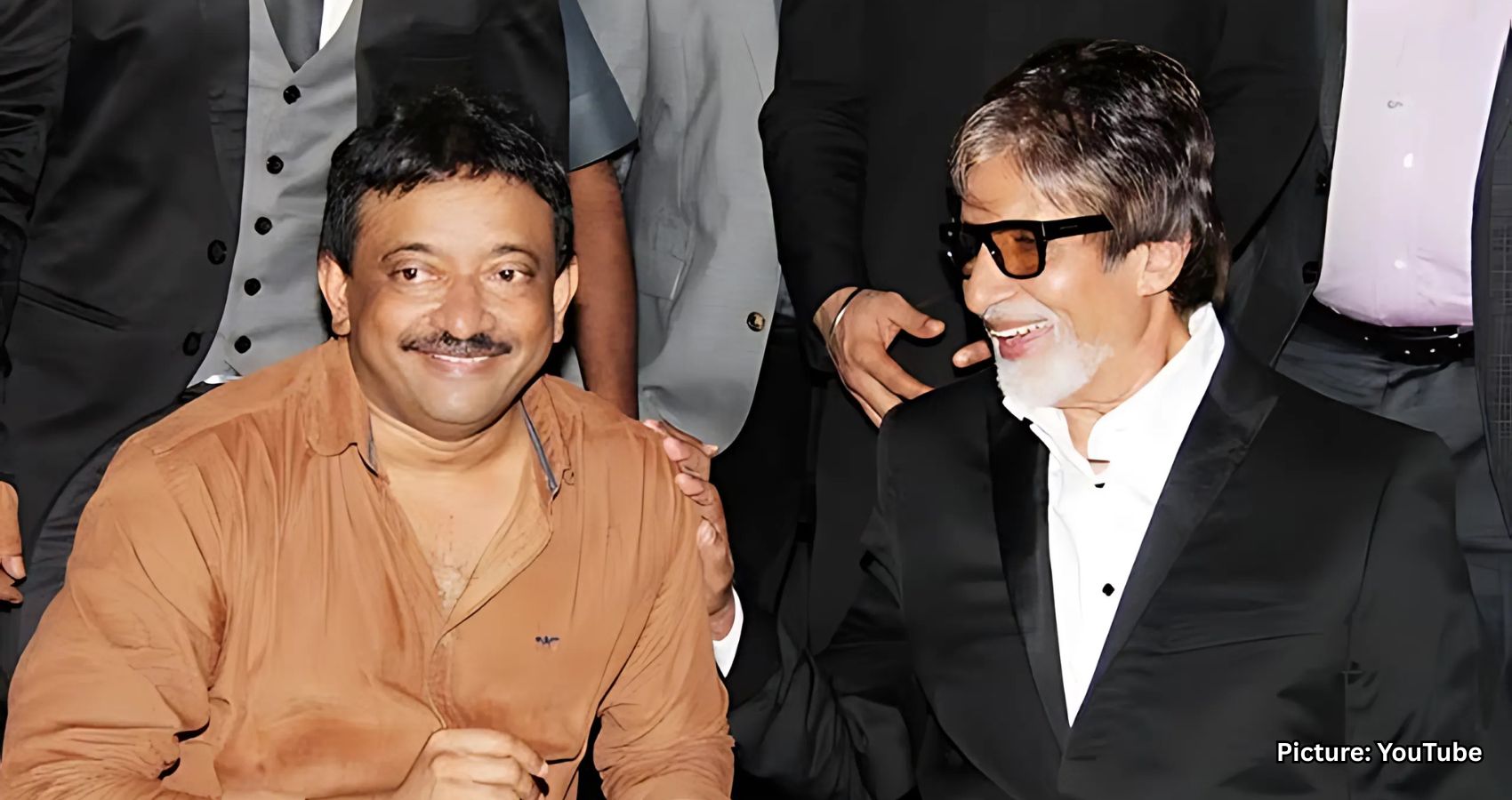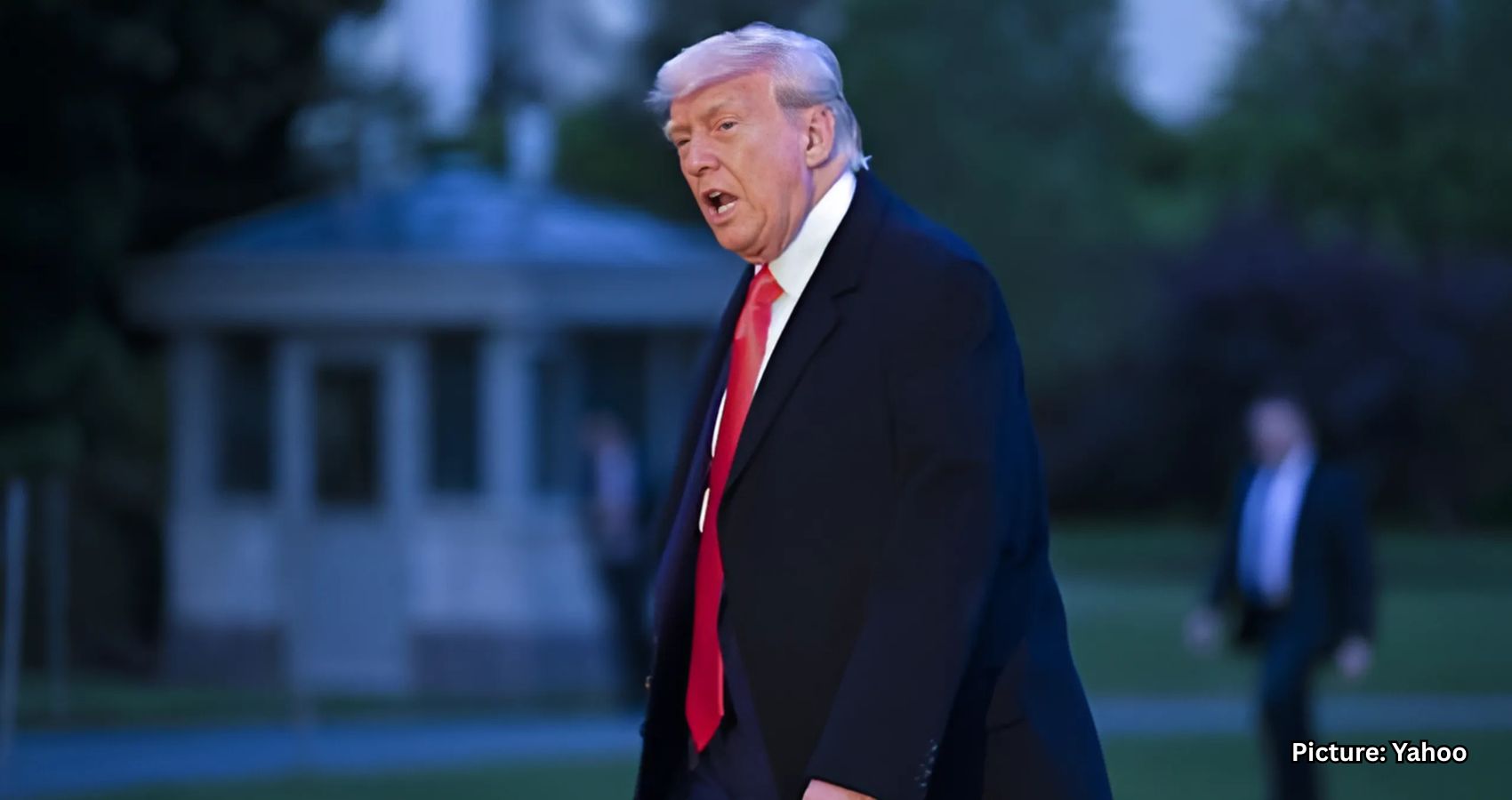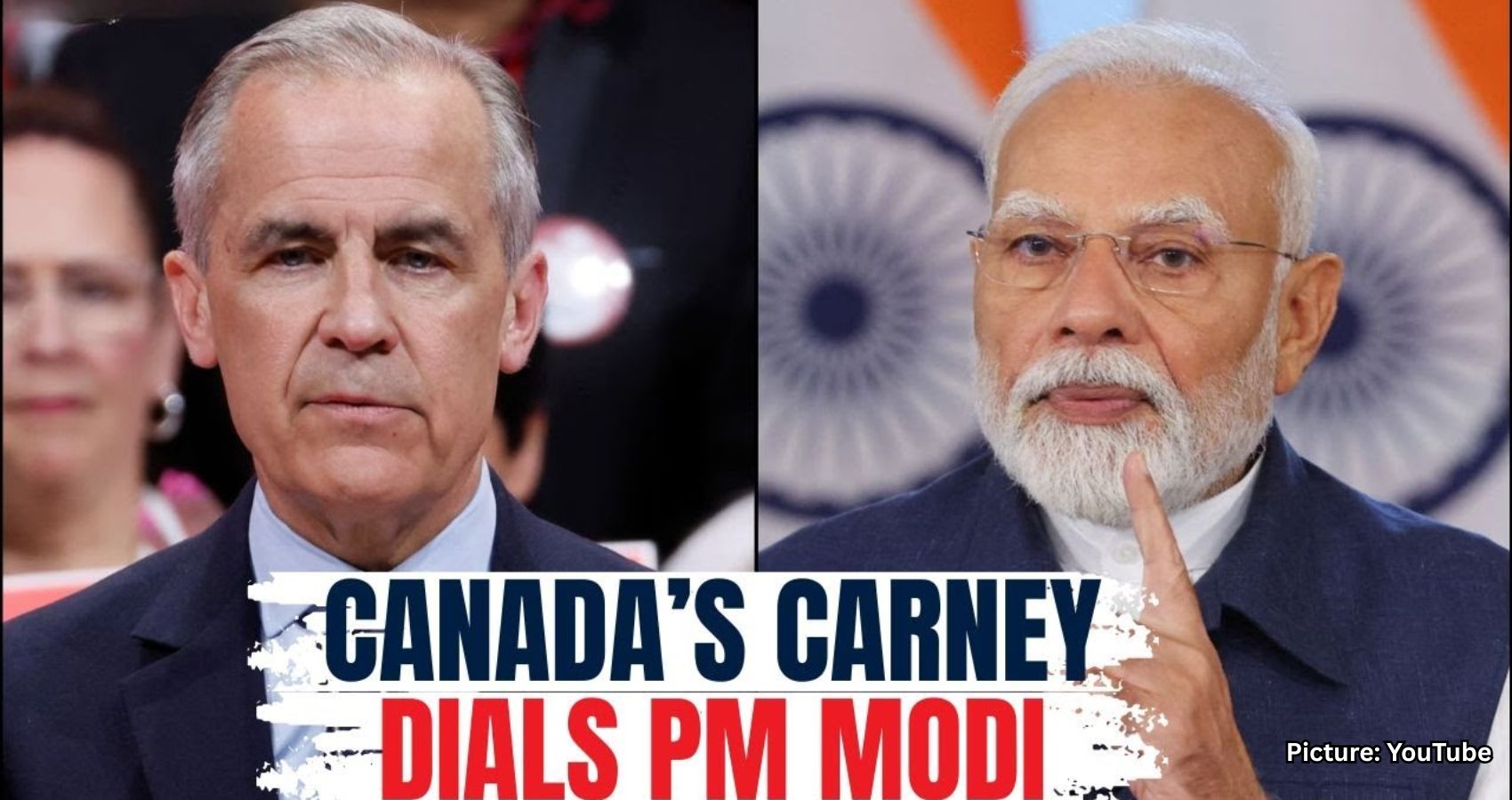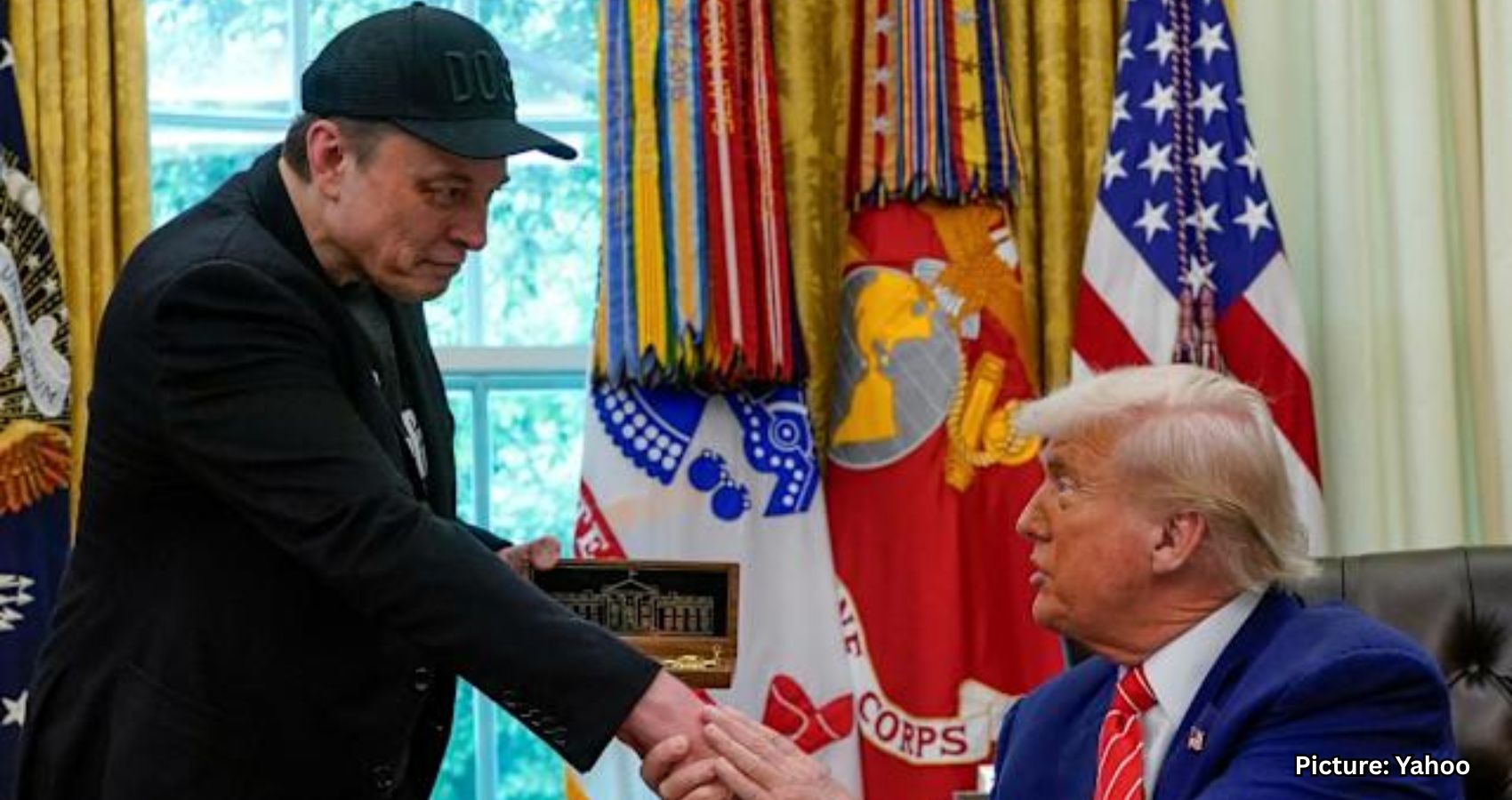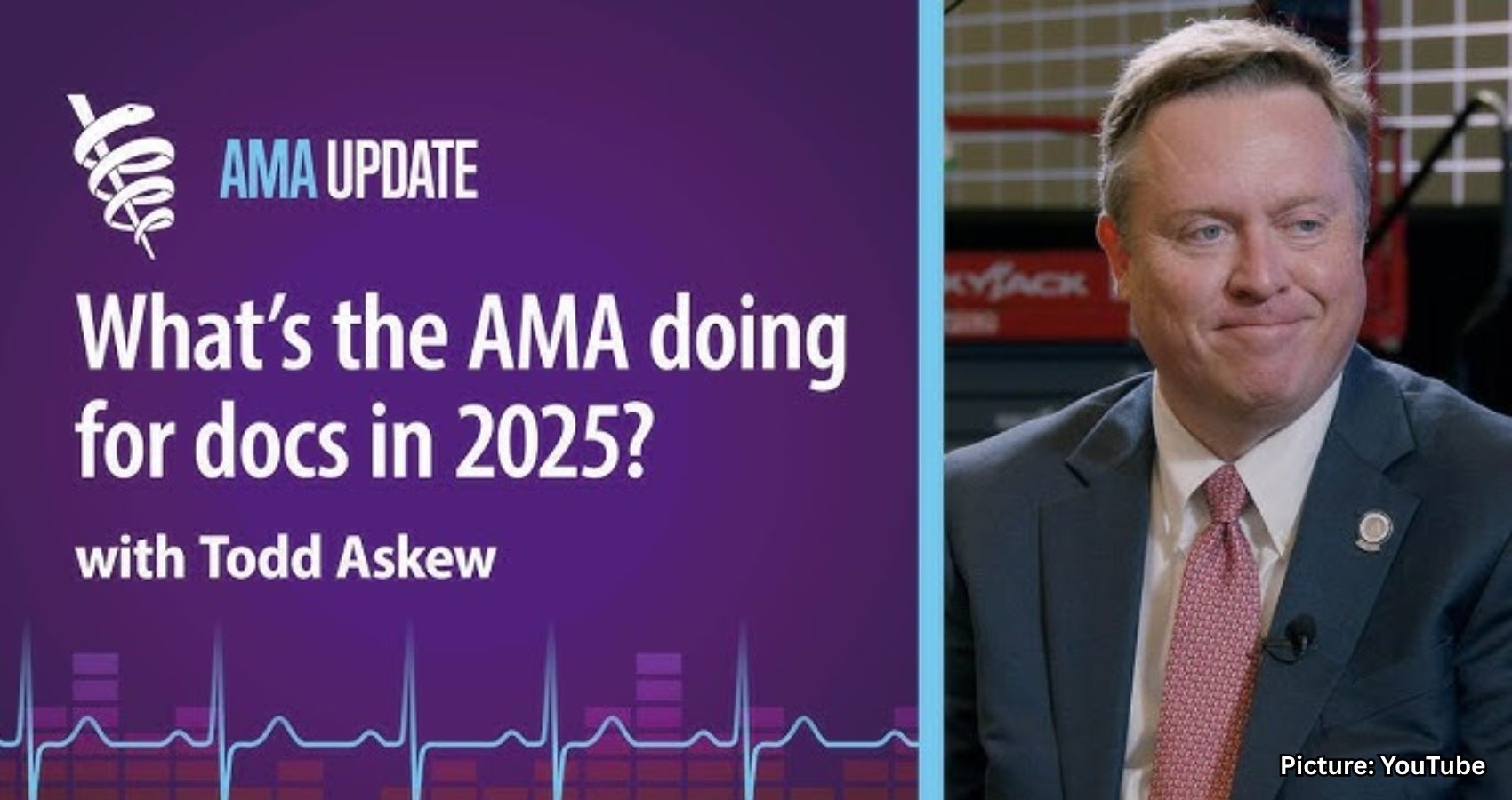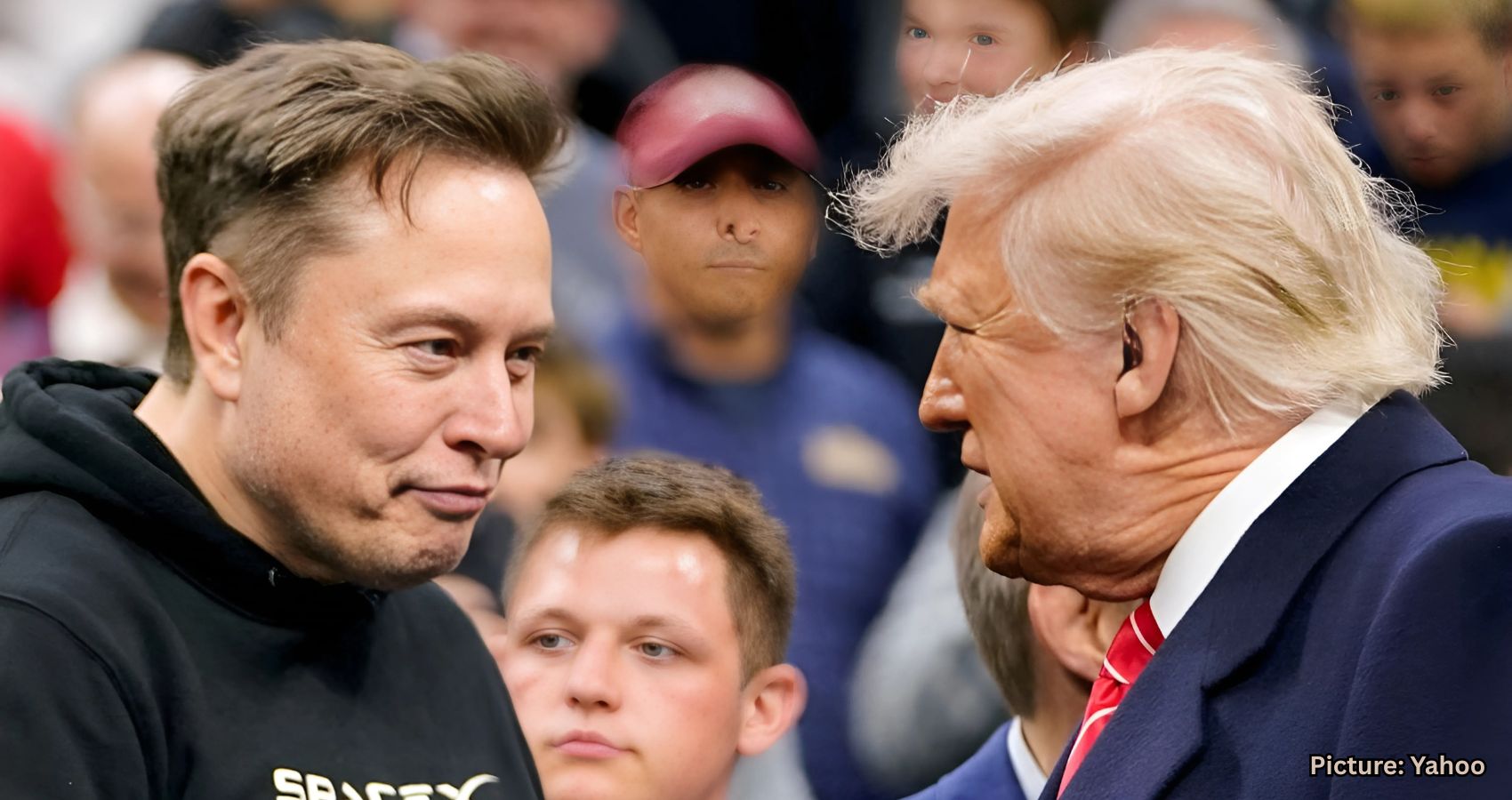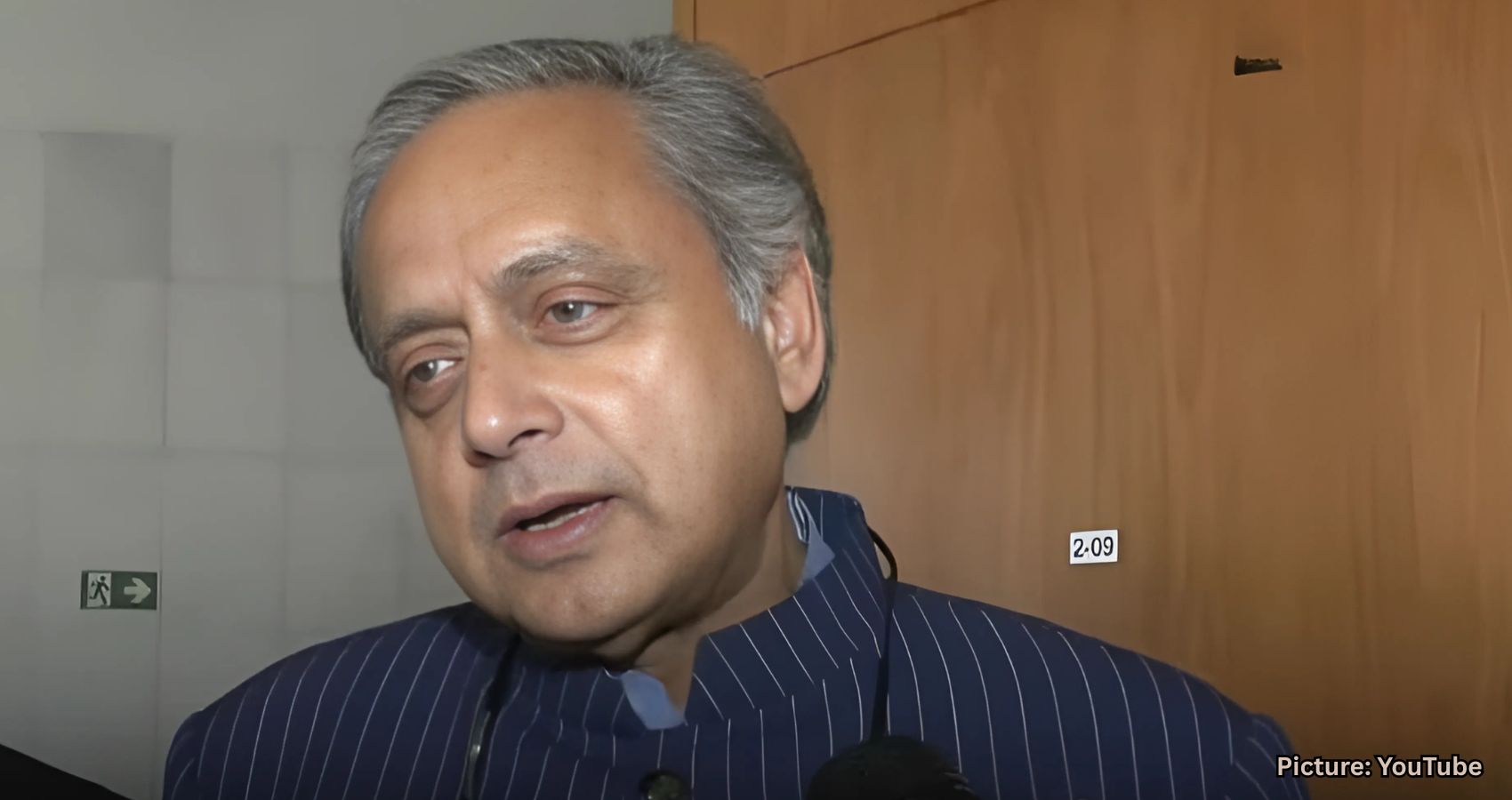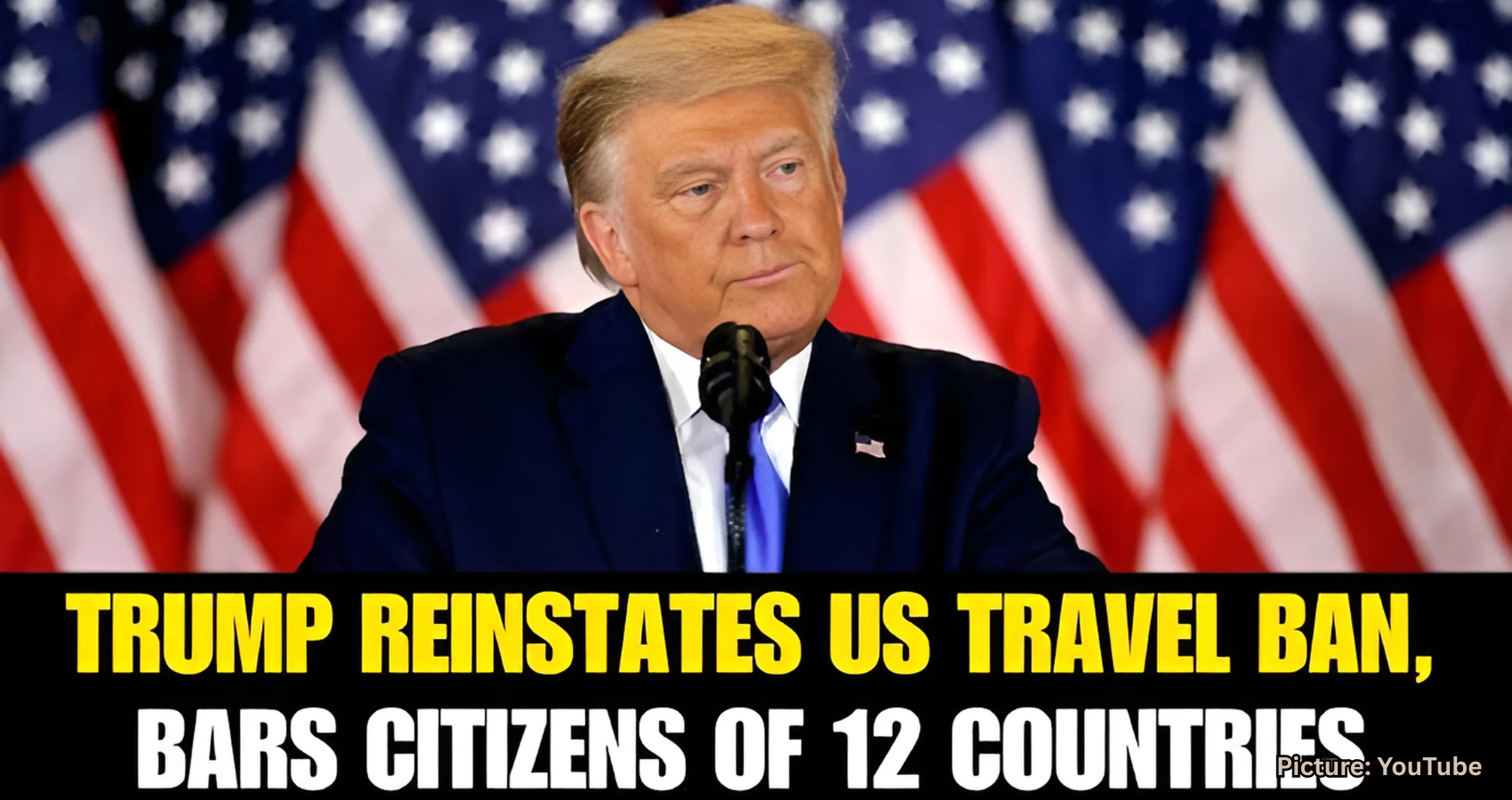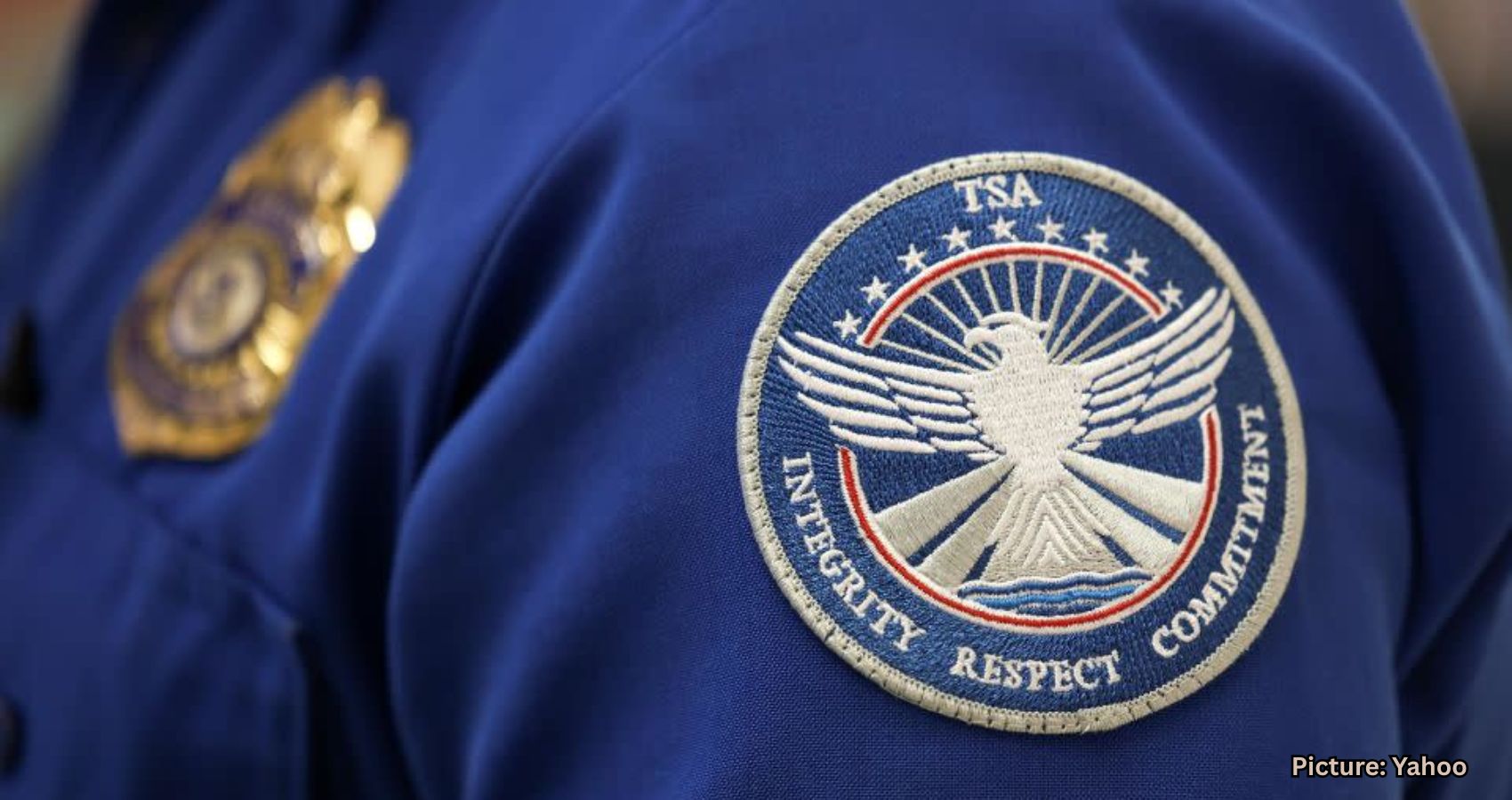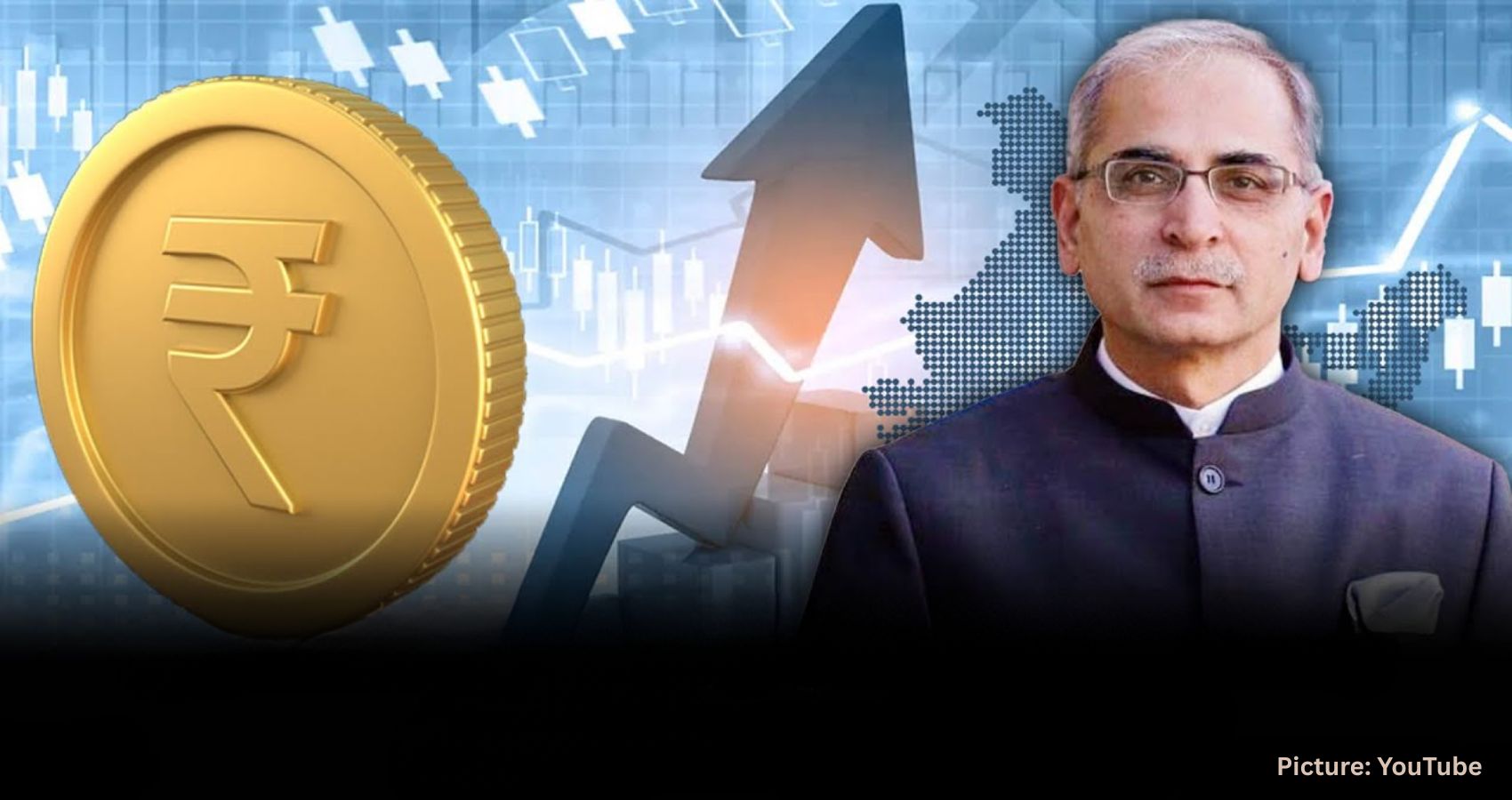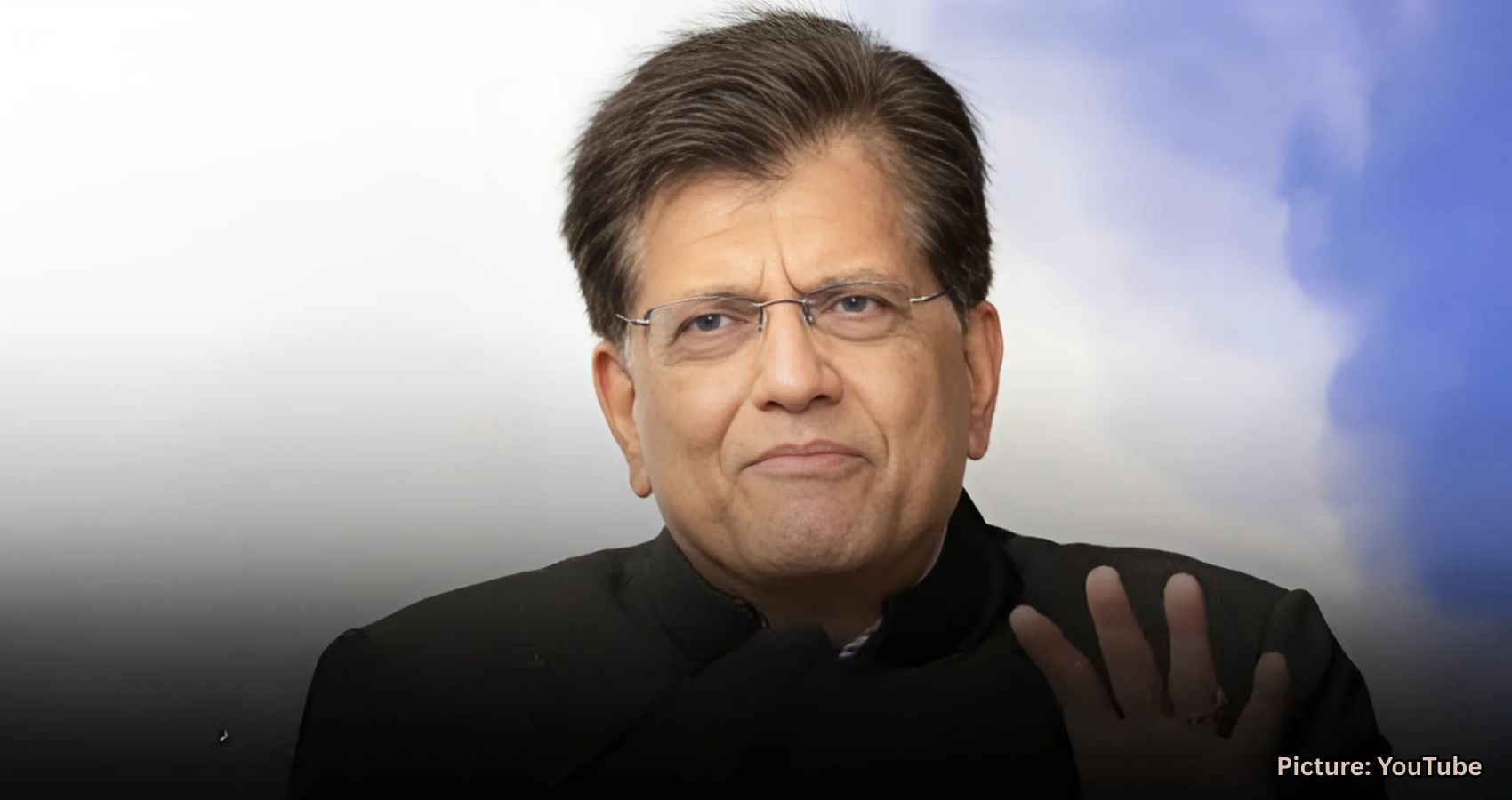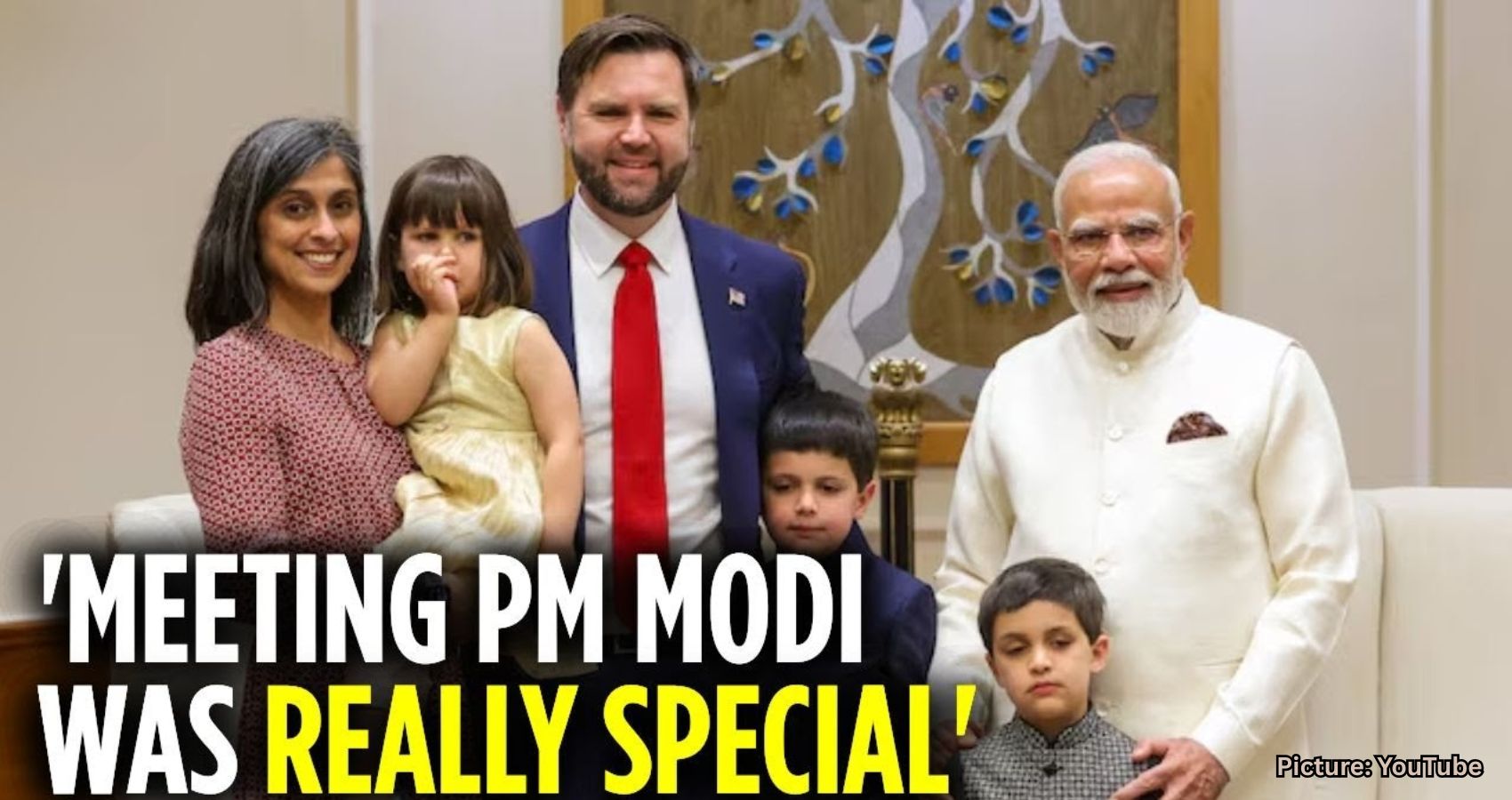Sanjyot Dunung, a Des Plaines-based entrepreneur, civic leader, and mother of three sons—including one serving in the military—has launched her campaign for Congress in Illinois’s 8th District. A Democrat and first-time candidate, Dunung is positioning herself as a commonsense alternative to career politicians, bringing with her decades of experience in business, education, and global policy. Her campaign is centered on restoring the American Dream through practical reforms, economic innovation, and deeply rooted community values.
“I’m a small business owner and proud mother of three sons, including one in the military,” Dunung announced in her campaign video. “In a time of real chaos and frustration with the status quo, I am the change candidate stepping up to fight for the American Dream and put people over politics.”
Born in India and immigrated to the US at age 6, raised in Des Plaines, Illinois, Dunung’s personal story is tightly woven into the community she now seeks to represent. Her family initially lived with friends until they could afford their own apartment, and her parents’ tireless work ethic inspired her own sense of responsibility. By age nine, she was babysitting; by ten, she had turned that into a weekend childcare business. “I was born in India, but I was made in America,” she stated. “This community gave me a chance.”
 Her work ethic carried into her college years at Northwestern University, where she juggled studies with a daily paper route. As an adult, she balanced the demands of single motherhood, running a small business, and caring for her ailing parents. These life experiences have given her firsthand insight into the everyday struggles facing working families. “My life was Made in America. This campaign was Made in America. It could not have happened anywhere else,” she declared. “Now, I’m committed to making sure that the same American Dream is alive and well now, and for generations to come.”
Her work ethic carried into her college years at Northwestern University, where she juggled studies with a daily paper route. As an adult, she balanced the demands of single motherhood, running a small business, and caring for her ailing parents. These life experiences have given her firsthand insight into the everyday struggles facing working families. “My life was Made in America. This campaign was Made in America. It could not have happened anywhere else,” she declared. “Now, I’m committed to making sure that the same American Dream is alive and well now, and for generations to come.”
Dunung is the founder and CEO of Atma Global, an EdTech company that creates learning solutions for businesses and public institutions. She has authored 17 books, including textbooks on international business and a young adult novel titled “Maddie & Sayara.” Her career has been defined by building—companies, jobs, ideas—and by solving real-world problems with creativity and collaboration.
“I’m running to protect Social Security and Medicare for the next generation, honor our commitment to military families and veterans, ensure healthcare is affordable and accessible, fight for reproductive freedoms, invest in educational opportunities from universal Pre-K to vocational training, harness the American entrepreneurial spirit, and make homeownership and retirement achievable, not aspirational,” she said.
Her campaign reflects her deep concerns of what she sees as ineffective governance. “This administration promised to fix the economy, but instead, it’s breaking promises and tearing down opportunities that make the American Dream possible,” she emphasized. For Dunung, this campaign isn’t just about policy—it’s about practicality. She wants the government to function more efficiently and dynamically for 21st-century needs without cutting the essential programs families rely on.
She brings a wide array of experience to her candidacy. Dunung serves on the Board of Directors of the National Small Business Association, the Truman Center for National Policy, and the American Leadership Project. She was also a member of President Joe Biden’s Foreign Policy Working Group focused on international trade, where she worked to strengthen U.S. small business exports and expand fair trade relationships.
Dunung’s economic views are grounded in her business acumen and policy experience. She has been critical of past and current administrations for their approaches to trade and manufacturing. “The Trump administration asked the right questions—how do we make trade fairer and how do we revitalize manufacturing—but their solutions were all wrong,” she said. “We don’t need to crash the economy in order to fix it. We don’t need to just arbitrarily levy tariffs and hostile policies on countries that are our friends and allies.”
She also took issue with what she sees as the current administration’s abandonment of strategic industrial policies, citing the CHIPS Act under Biden as an important but neglected investment. “You can’t just say you want manufacturing; you have to invest in both learning—from K through 12 to vocational training—and help businesses of all sizes to be able to do that,” she explained.
Dunung is especially focused on workforce development. She wants to ensure that as manufacturing evolves, Americans are equipped to meet new demands. “What might have taken 20 people once to do a manufacturing process now may take five, but those five need to be highly skilled at an AI-driven manufacturing process,” she said. “We need to rethink the training and education to make sure that we give everybody a fair chance at good-paying jobs for the future.”
Her views on immigration also align with her broader economic vision. “We have a declining birth rate. It’s 1.6, and we need to replenish at 2.2,” she said. “We need the immigration system to be fair, transparent, and legal. But our secret sauce as a country is immigrants. We bring work ethic, know-how, and South Asian immigrants fuel technology. We need to champion them.”
As part of her early campaign momentum, Dunung has earned notable endorsements and media recognition. She was recently endorsed by ASPIRE PAC, the political arm of the Congressional Asian Pacific American Caucus. “Sanjyot Dunung is committed to building a future that is more affordable, safer, and healthier for all Americans,” said ASPIRE PAC Chair Rep. Marilyn Strickland. “She understands the issues that matter to our communities—from lowering costs to protecting our democracy—and is focused on commonsense solutions that will help working families get ahead.”
Dunung responded, “As a proud Asian American, I am honored to receive ASPIRE PAC’s endorsement. My experiences as an Indian-born, American-made small business owner, single mom, and civic leader inform everything I do.”
She has also been highlighted by Roll Call, which described her as “the candidate for commonsense change across parties,” a recognition she says validates her ability to win a five-way race in a district she knows intimately. Additionally, she was featured in the Northwestern University newspaper as a local alumna running for office, underscoring her strong educational and community ties.
Dunung joins a growing list of candidates competing for the seat soon to be vacated by Rep. Raja Krishnamoorthi, who is running for the U.S. Senate. Other Democratic candidates include Cook County Commissioner Kevin Morrison, Hanover Park Trustee Yasmeen Bankole, and brand executive Christ Kallas. Business owner Mark Rice, a Republican, has also filed to run.
Despite the crowded field, Dunung believes her unique blend of business, policy, and lived experience makes her stand out. “I’m not beholden to special interests. I’m really about being focused on results,” she said. “Everybody talks about needing change, but they want responsible, methodical change. We can improve how the government works. We can get efficiencies. We can get rid of waste. But the way to do it is not with a chainsaw and not overnight by crashing agencies.”
She emphasizes the importance of community-based leadership. “I grew up in this community. I graduated from high school, went to Northwestern. During the last 10 years, I’ve been taking care of my aging parents,” she said. “I’ve walked the talk and I’ve lived the experience that for many people is their daily life.”
Dunung also recognizes the significance of representation in government. “We only have six South Asians in Congress, and only one is a woman. We need to do better. And we can only do better together as a community,” she said. “People from the South Asian community need to get involved to understand how to support folks who align with their views and their values.”
With the Democratic primary set for March 17, 2026, and the general election scheduled for November 3, 2026, Dunung is campaigning hard across the district, which includes areas of Cook, DuPage, and Kane Counties, as well as cities like St. Charles and Geneva. The district also includes St. Charles, South Barrington Schaumburg, and Des Plaines, among others. As she connects with voters on the campaign trail, her message remains clear and consistent: responsible government, inclusive opportunity, and long-term investment in people. “We need to lean on the things that have always made America great: freedom, opportunity…and each other,” she said. “By thinking anew and not being afraid to listen and work with anyone, regardless of party, we can get it done for America.”
Dunung’s candidacy is not just a campaign—it’s a story of determination, resilience, and community-driven leadership. For voters in Illinois’s 8th District, she offers a vision rooted in reality and guided by purpose.
To know more about Sanjyot Dunung and support her camdidacy, please visit:
www.SanjyotForCongress.com. Support: https://secure.

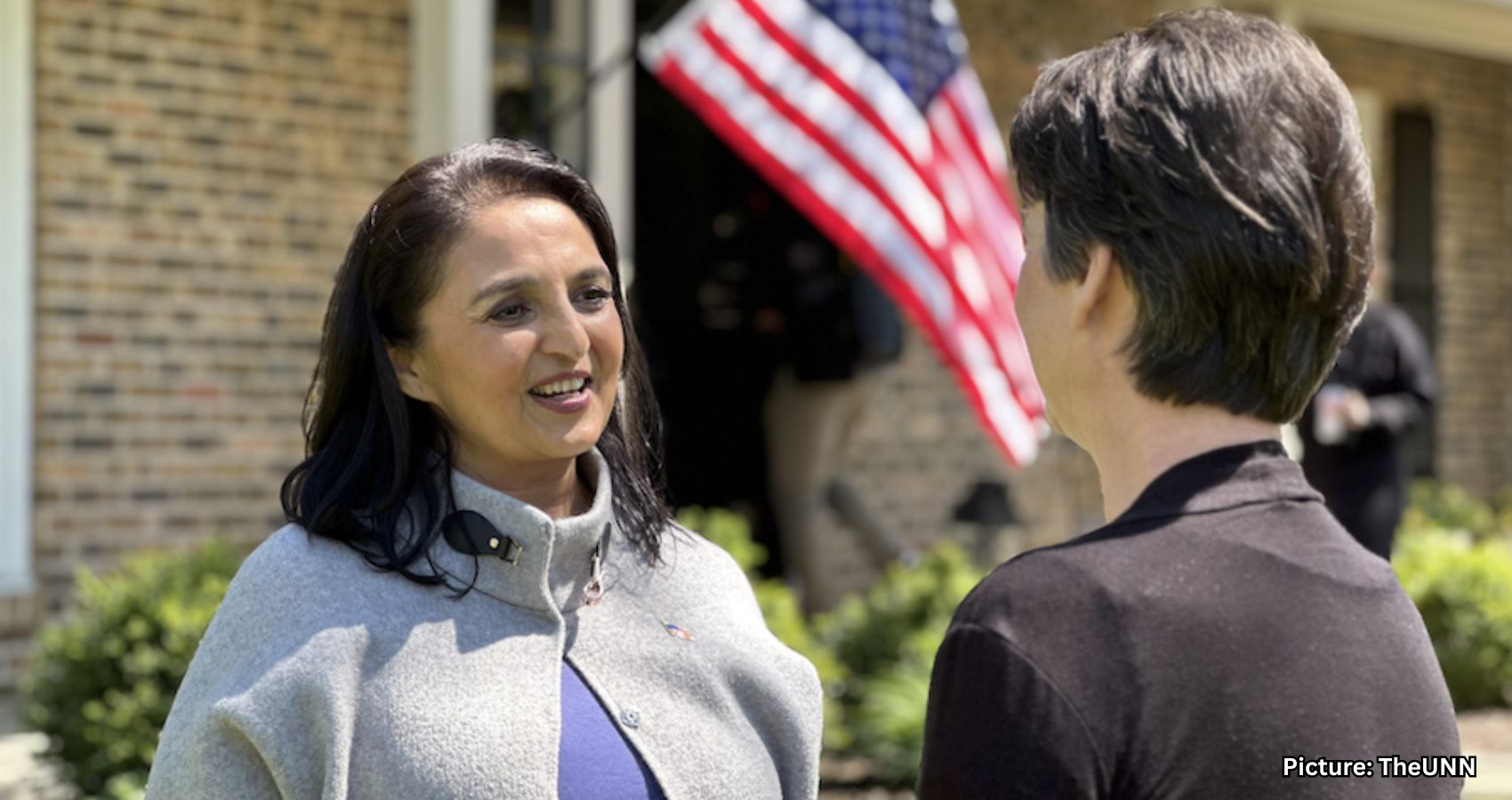
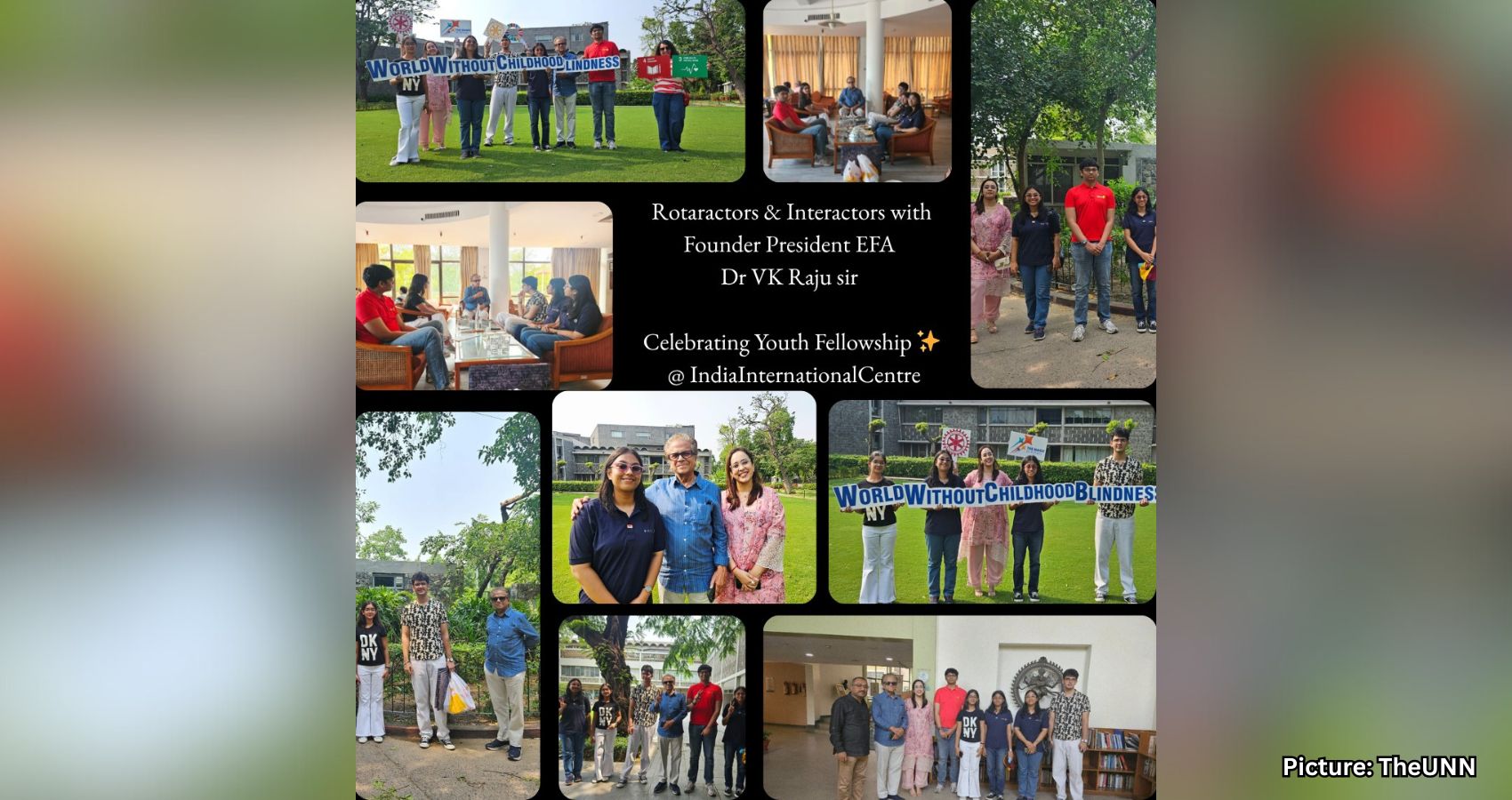
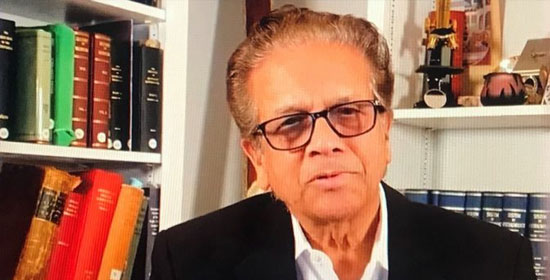 Rotary’s youth members are joining forces with the globally renowned visionary Dr. V.K. Raju, founder of the Eye Foundation of America (EFA), in a profound mission to eradicate childhood blindness. On June 14, 2025, an inspiring gathering took place at the India International Centre in New Delhi, where a dynamic group of Rotaractors and Interactors expressed their unwavering commitment to carrying forward Dr. Raju’s vision of a “world without childhood blindness.” This event marked a significant step in creating intergenerational partnerships for global health equity.
Rotary’s youth members are joining forces with the globally renowned visionary Dr. V.K. Raju, founder of the Eye Foundation of America (EFA), in a profound mission to eradicate childhood blindness. On June 14, 2025, an inspiring gathering took place at the India International Centre in New Delhi, where a dynamic group of Rotaractors and Interactors expressed their unwavering commitment to carrying forward Dr. Raju’s vision of a “world without childhood blindness.” This event marked a significant step in creating intergenerational partnerships for global health equity.
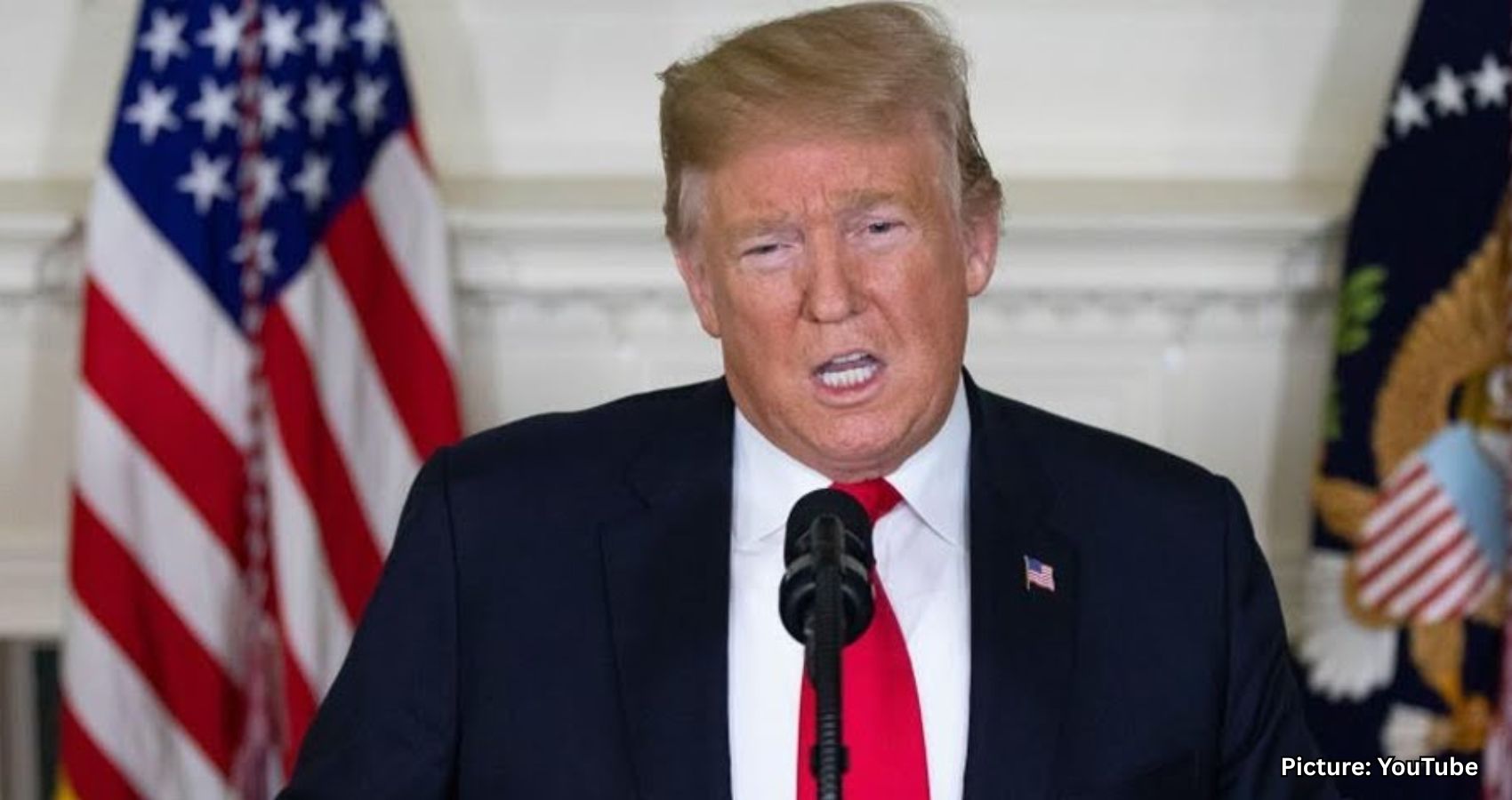
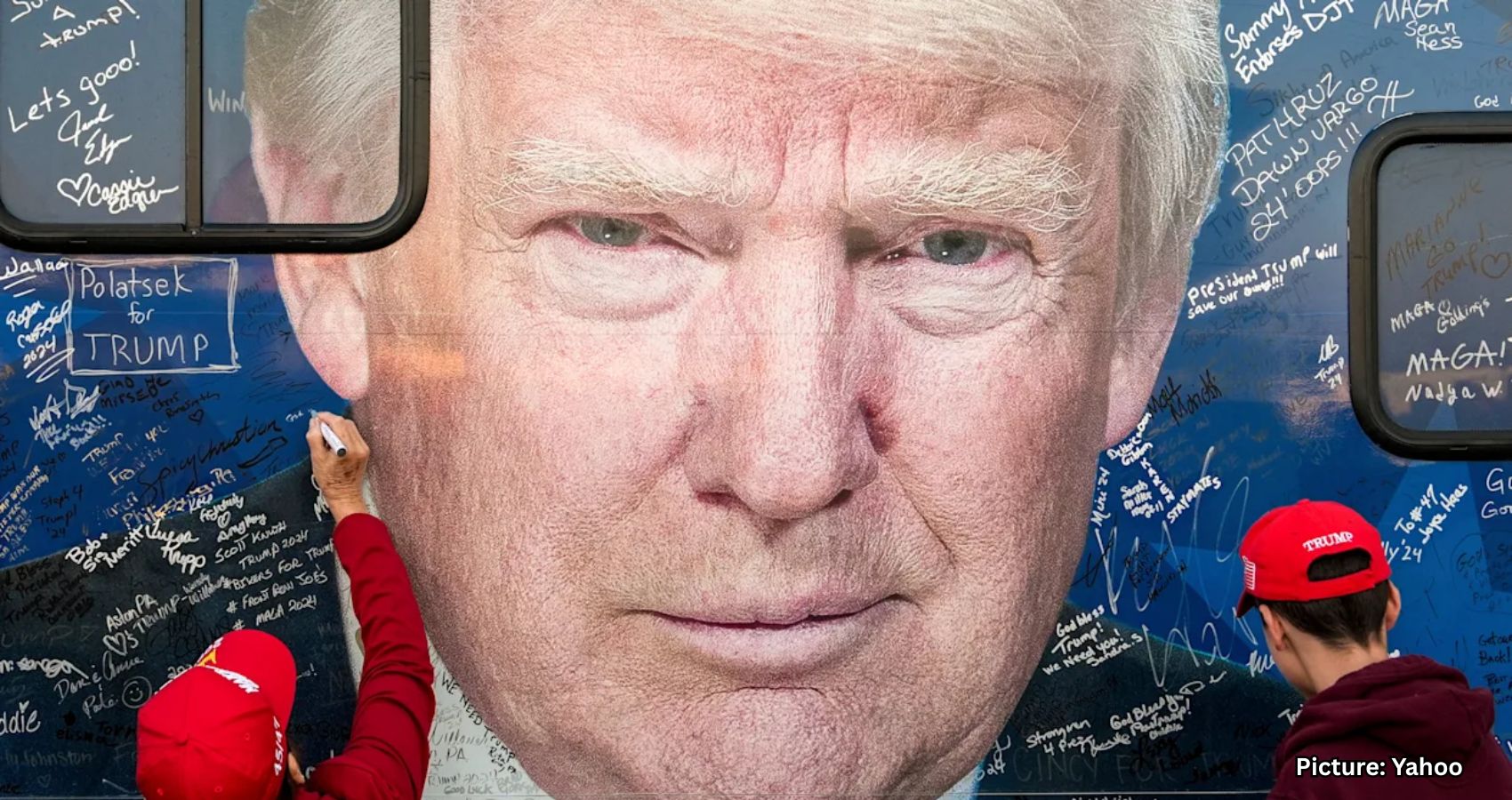

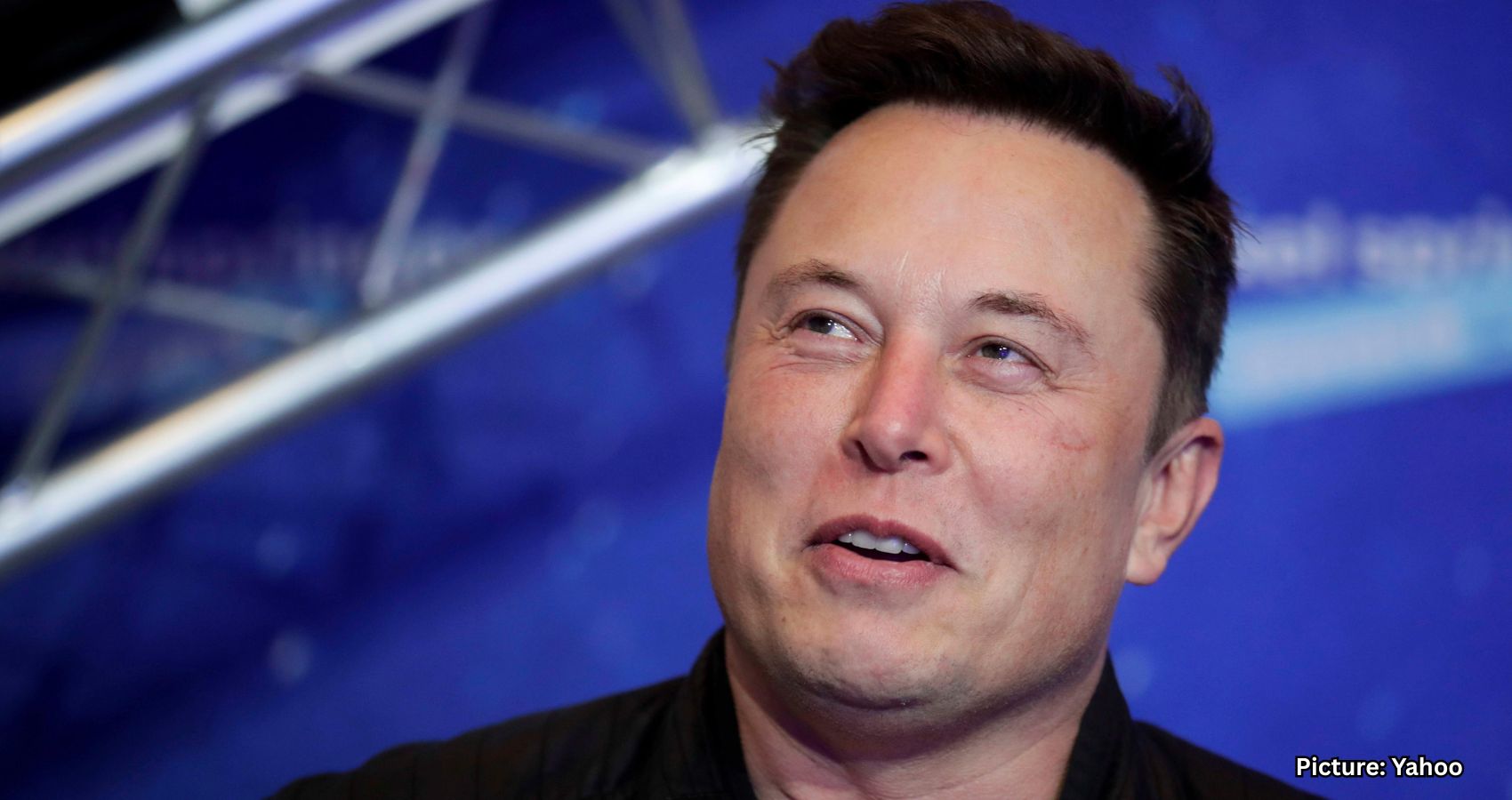

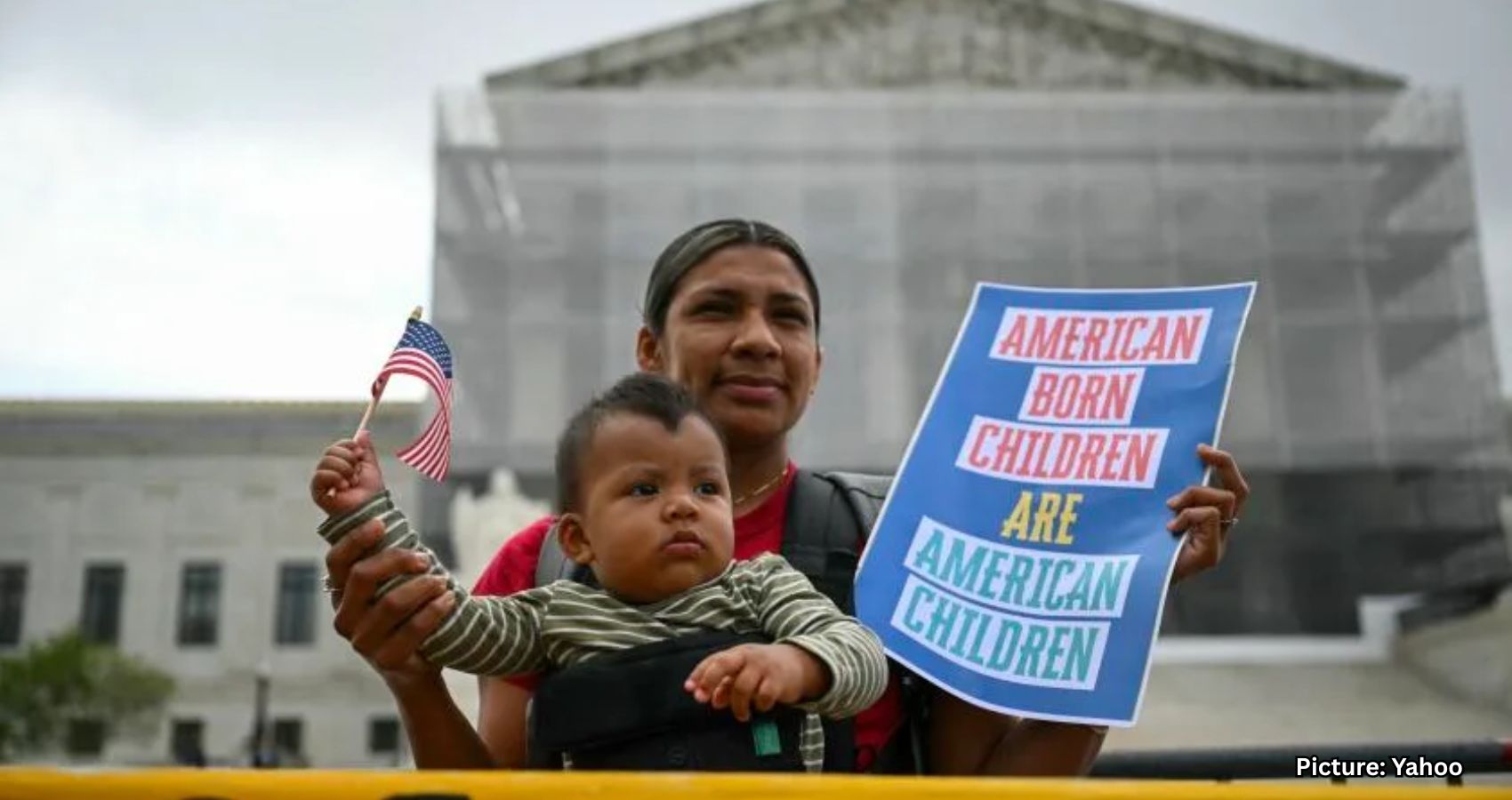
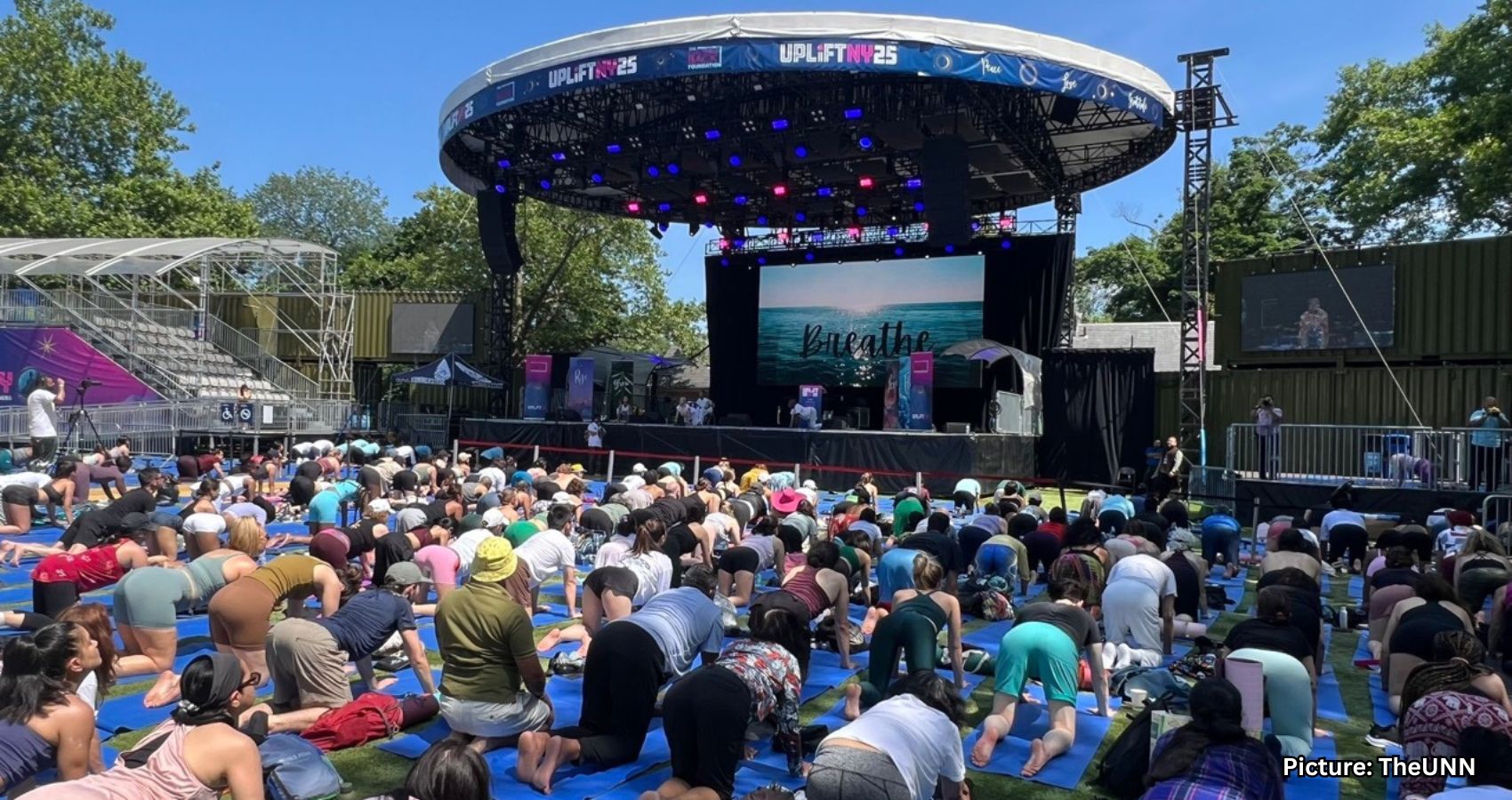

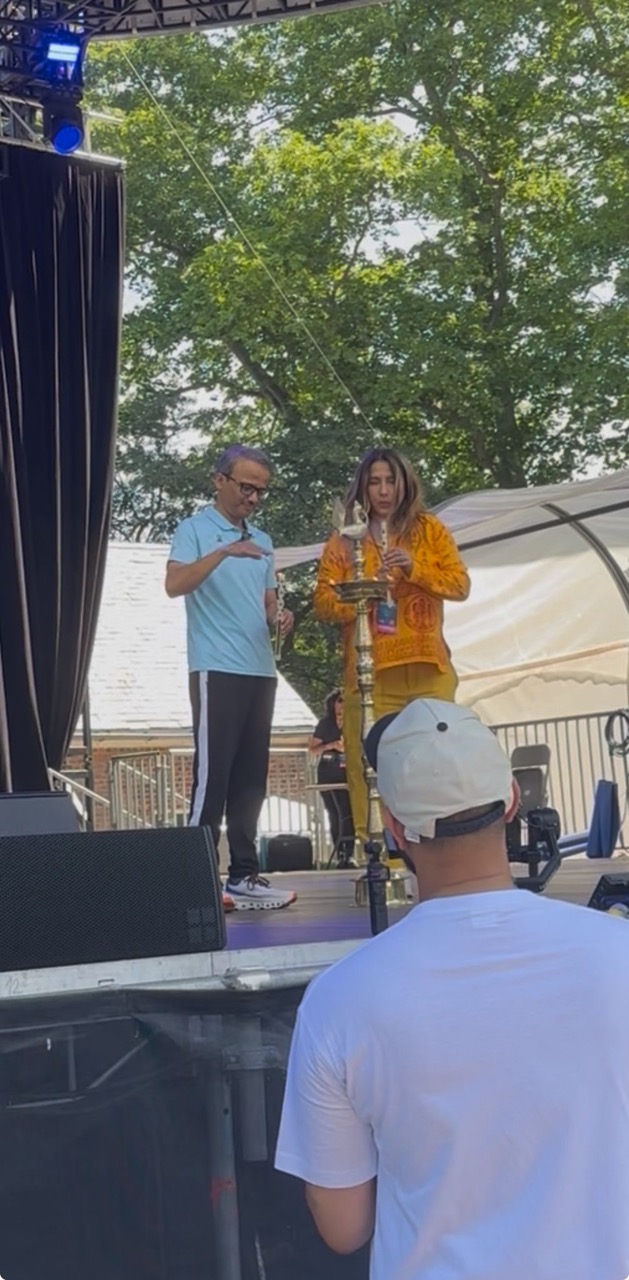
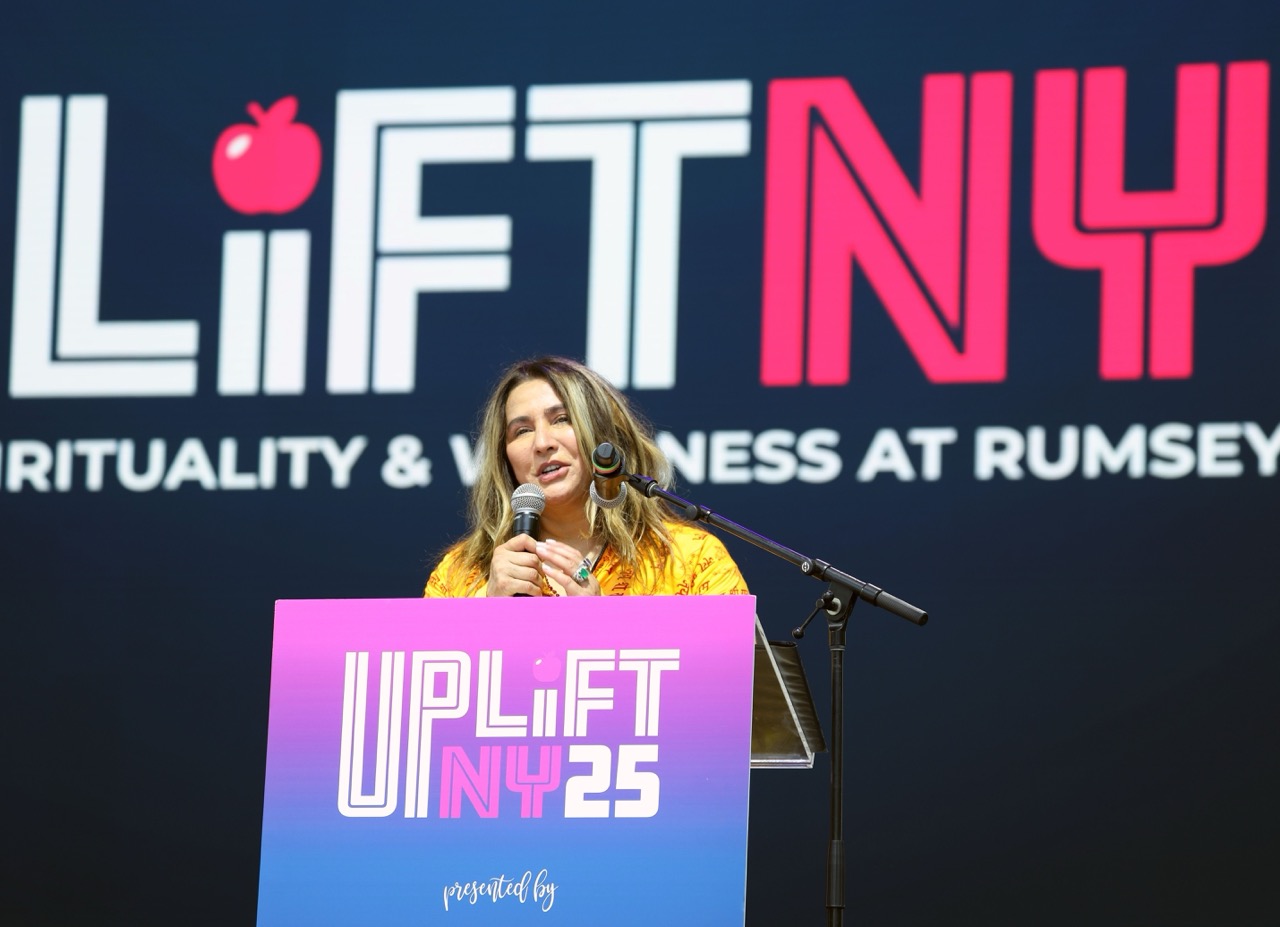 She continued community service throughout her education and early career, and in 2009, co-founded The Giving Back Foundation®, which she leads as CEO. The foundation supports global initiatives focused on education, mental wellness, and social empowerment, with 100% of proceeds from its products funding charitable programs.
She continued community service throughout her education and early career, and in 2009, co-founded The Giving Back Foundation®, which she leads as CEO. The foundation supports global initiatives focused on education, mental wellness, and social empowerment, with 100% of proceeds from its products funding charitable programs.
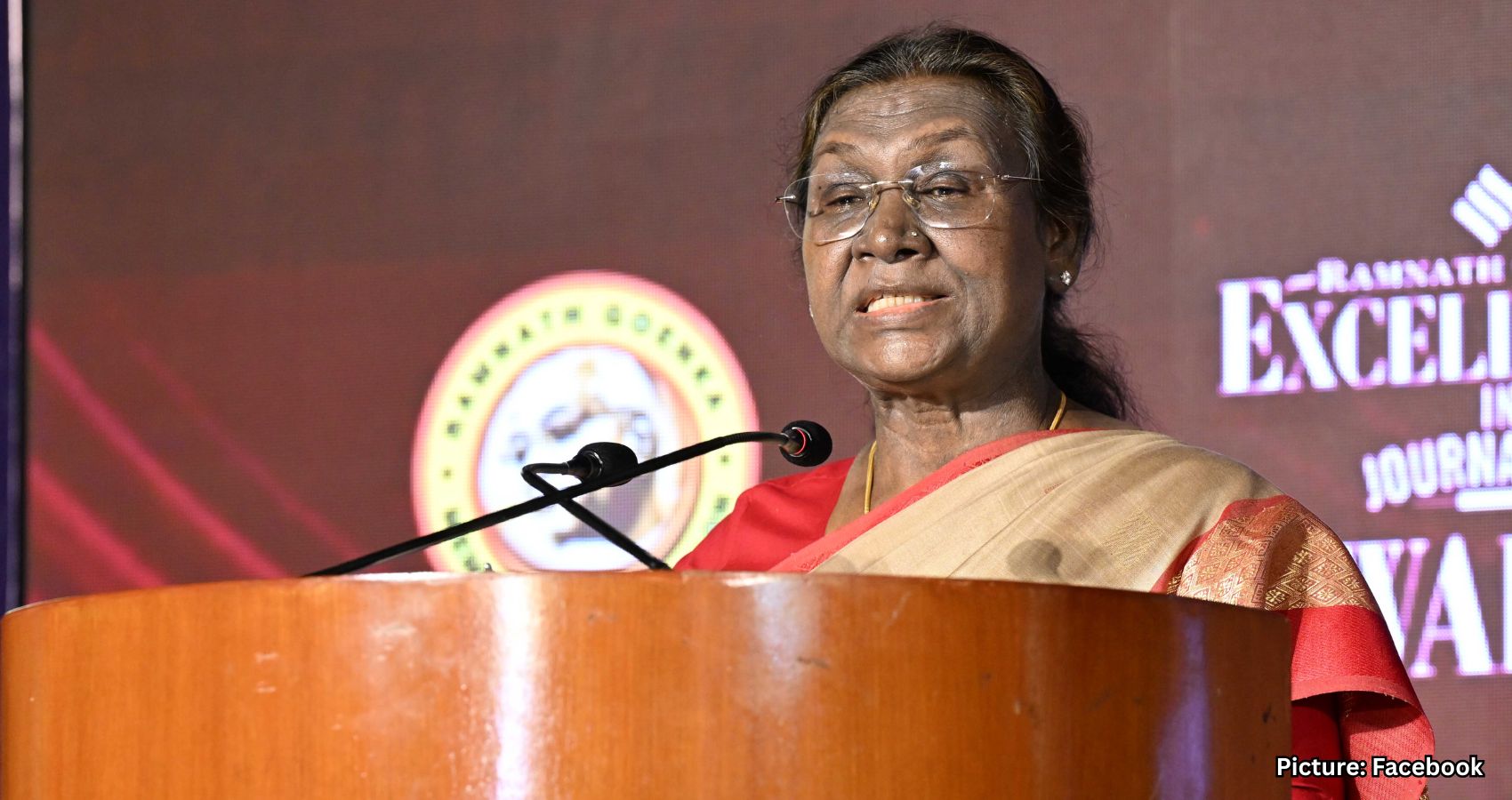


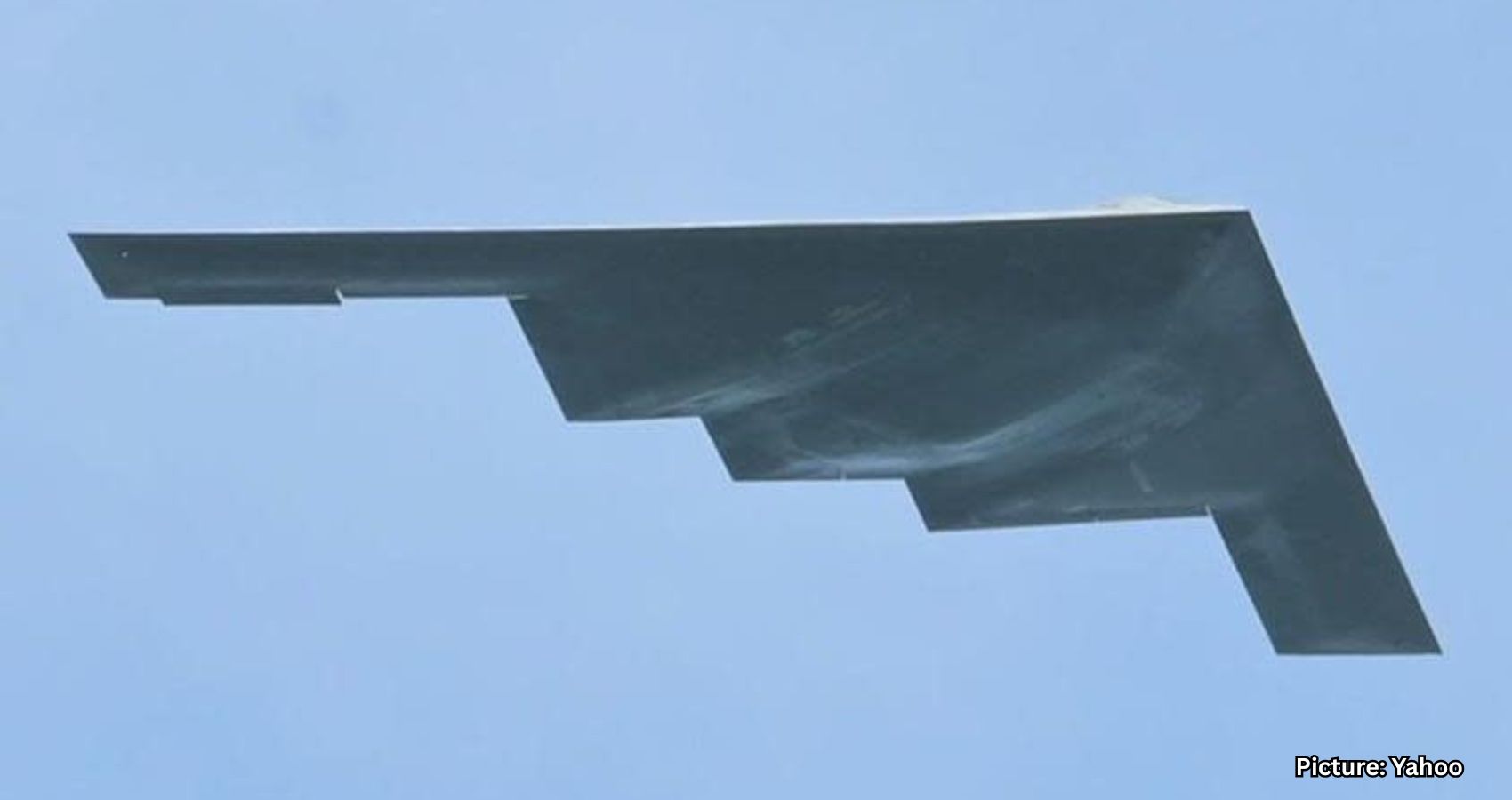
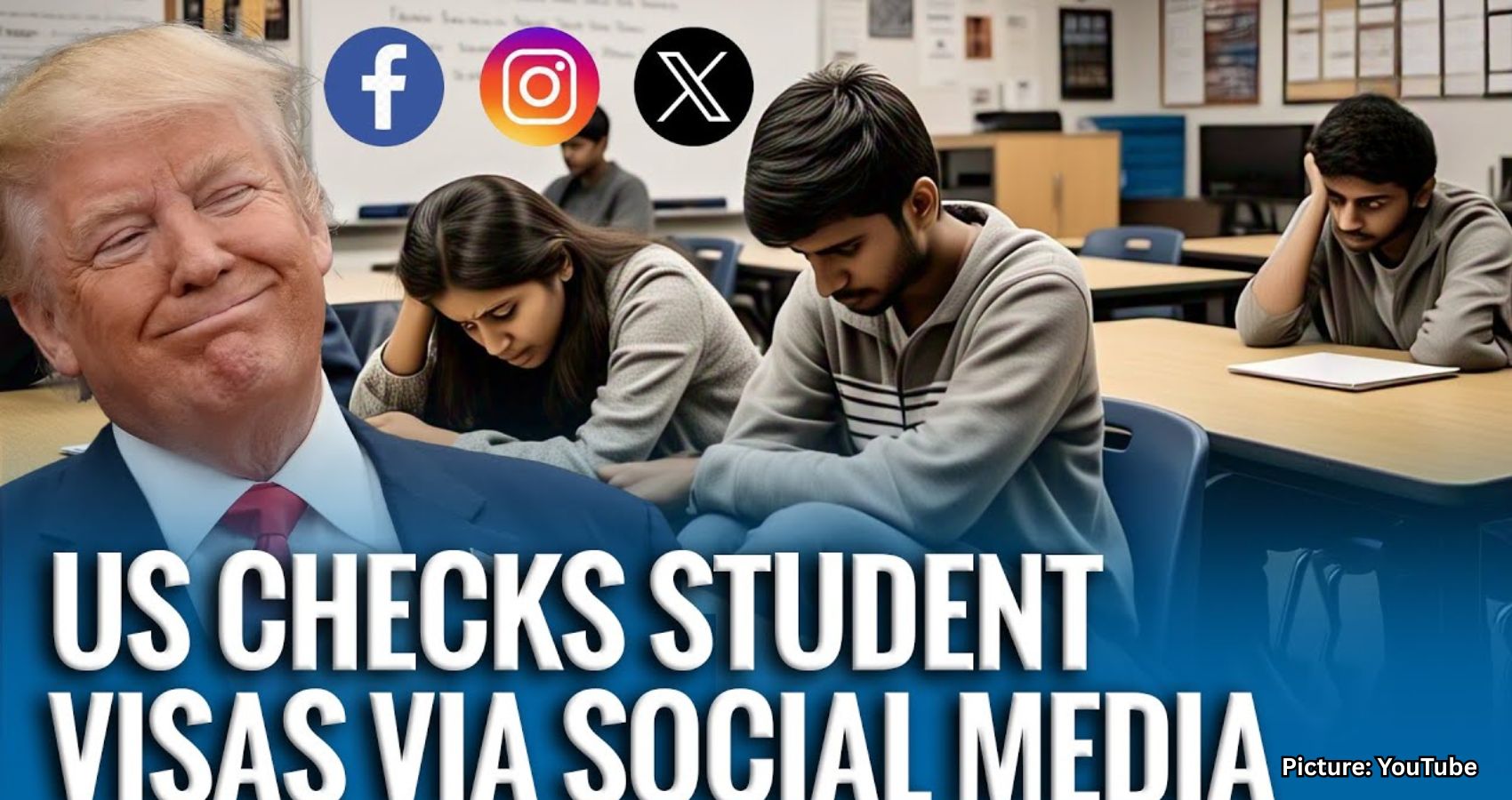
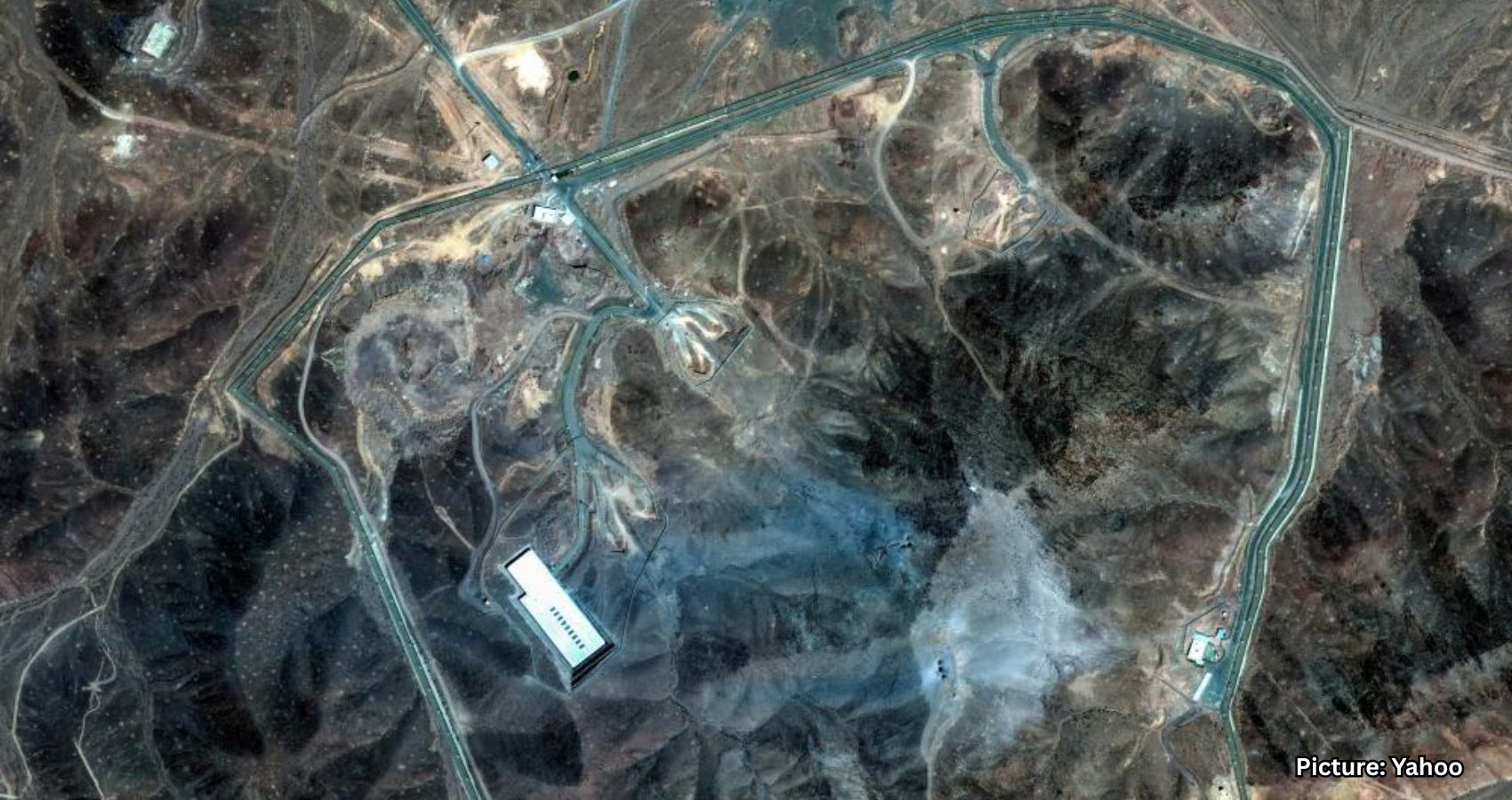

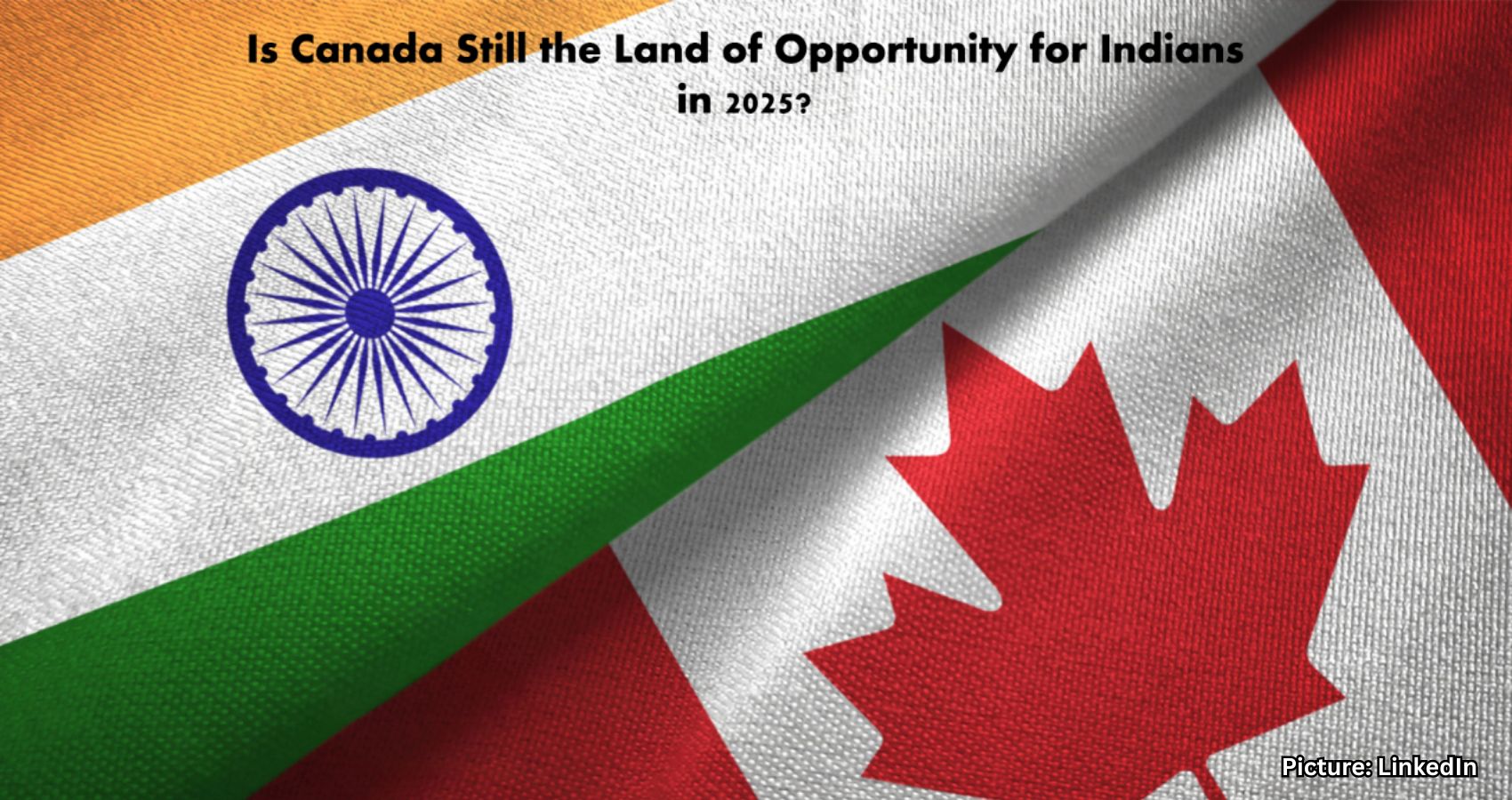
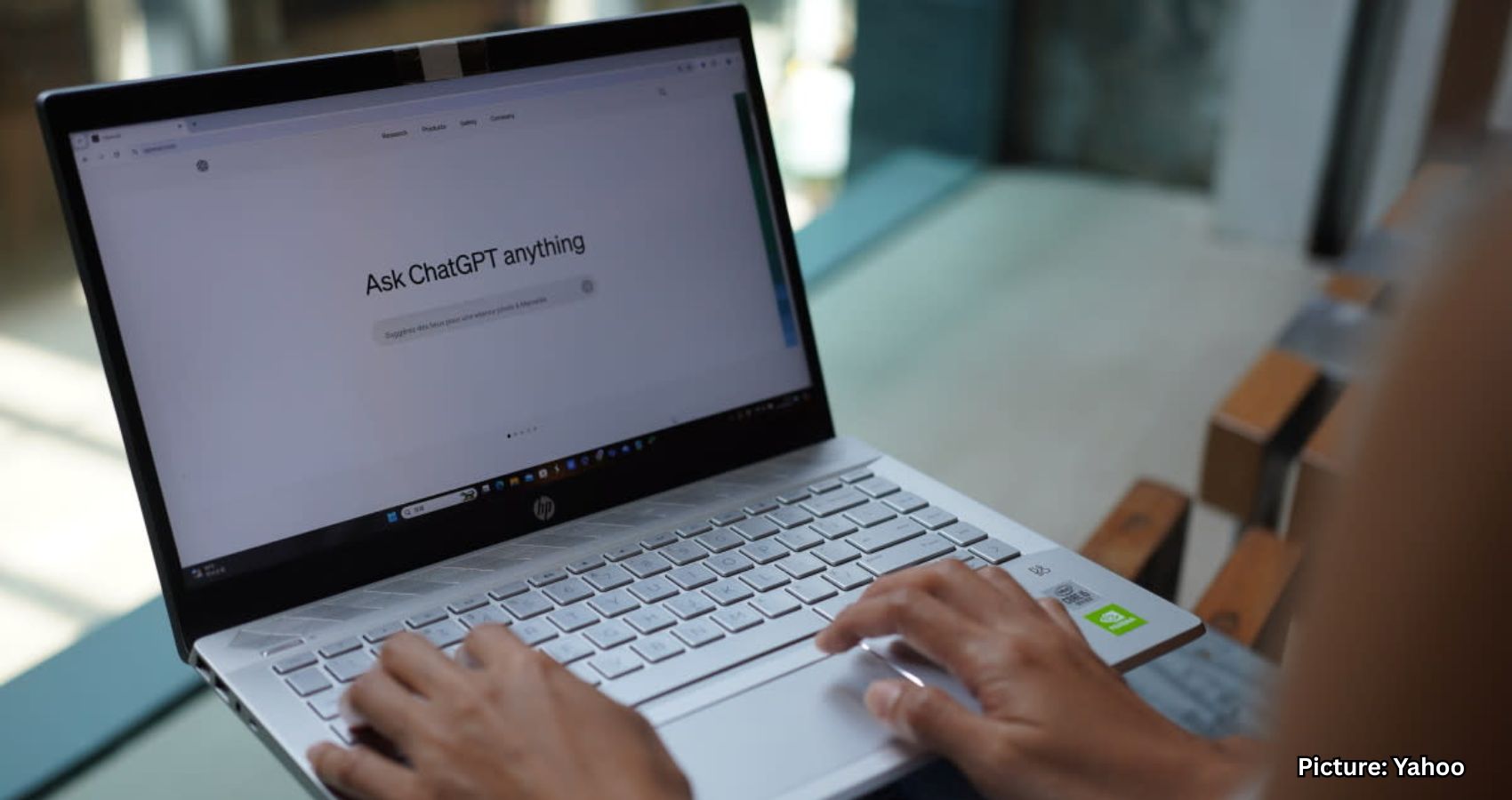
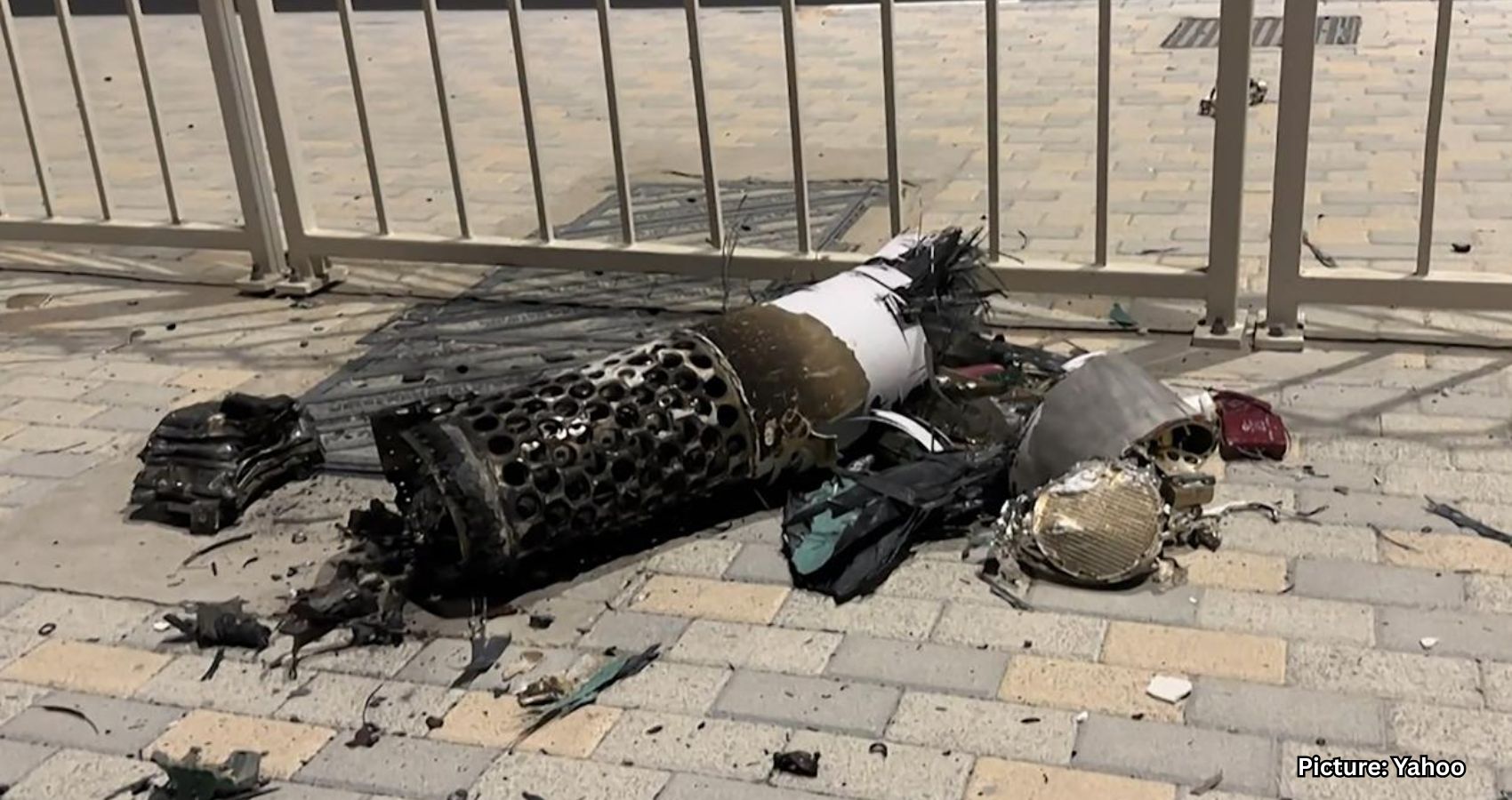
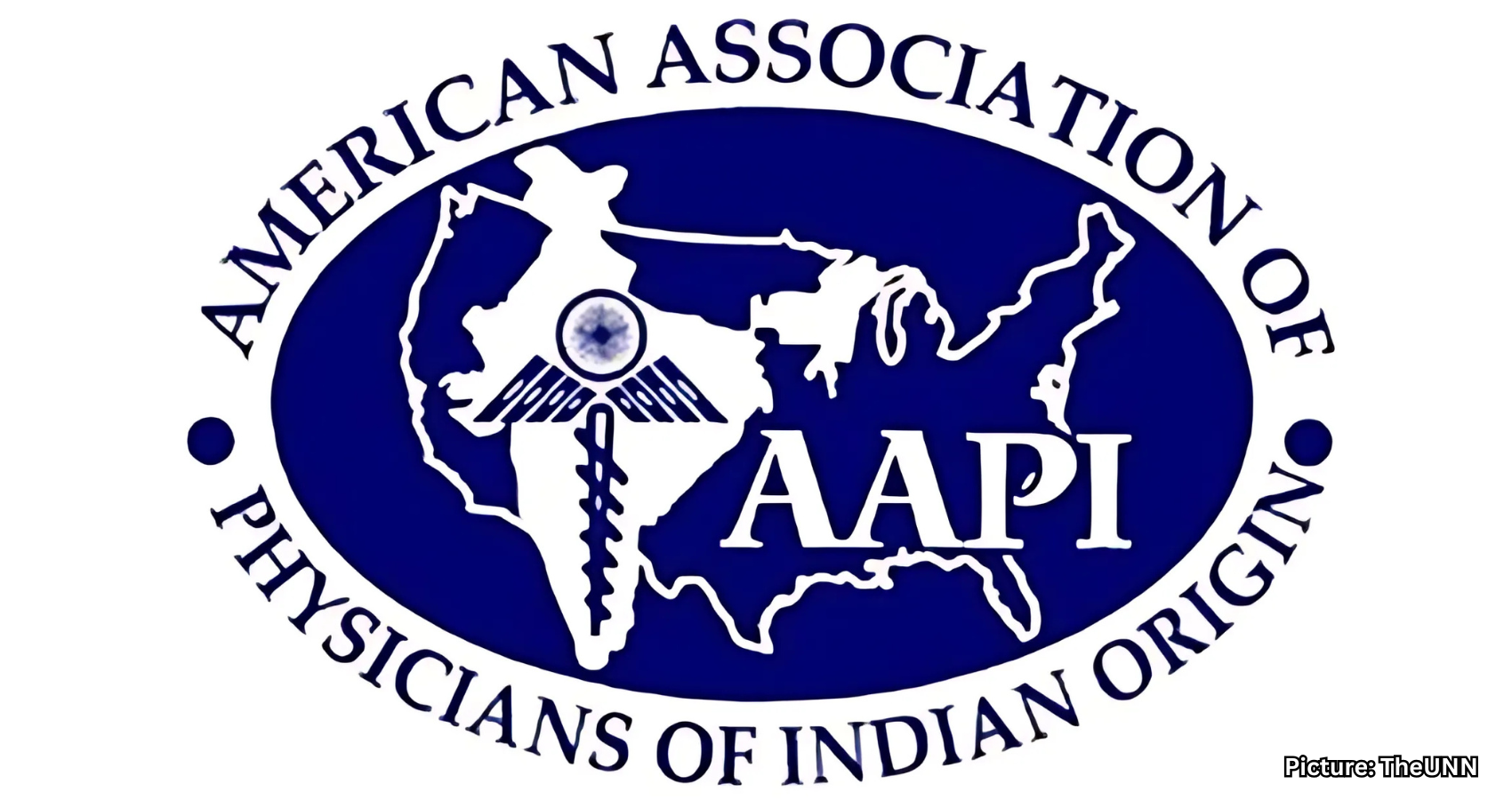
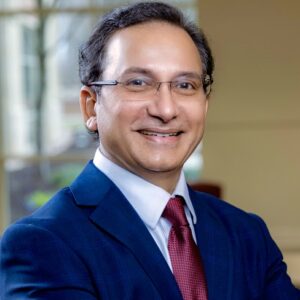 “It is my great pleasure to personally invite you all to the 43rd Annual Convention and Scientific Assembly of the American Association of Physicians of Indian Origin (AAPI), being held in vibrant Cincinnati, Ohio, from July 24th to 27th, 2025,” said Dr. Satheesh Kathula, President of AAPI, while inviting AAPI members to the prestigious event that will bring together nearly 1,000 delegates including Physicians, Academicians, Researchers and Medical students, along with guests to the Convention in Cincinnati from across the country for an enriching experience of networking, learning, and celebration.
“It is my great pleasure to personally invite you all to the 43rd Annual Convention and Scientific Assembly of the American Association of Physicians of Indian Origin (AAPI), being held in vibrant Cincinnati, Ohio, from July 24th to 27th, 2025,” said Dr. Satheesh Kathula, President of AAPI, while inviting AAPI members to the prestigious event that will bring together nearly 1,000 delegates including Physicians, Academicians, Researchers and Medical students, along with guests to the Convention in Cincinnati from across the country for an enriching experience of networking, learning, and celebration.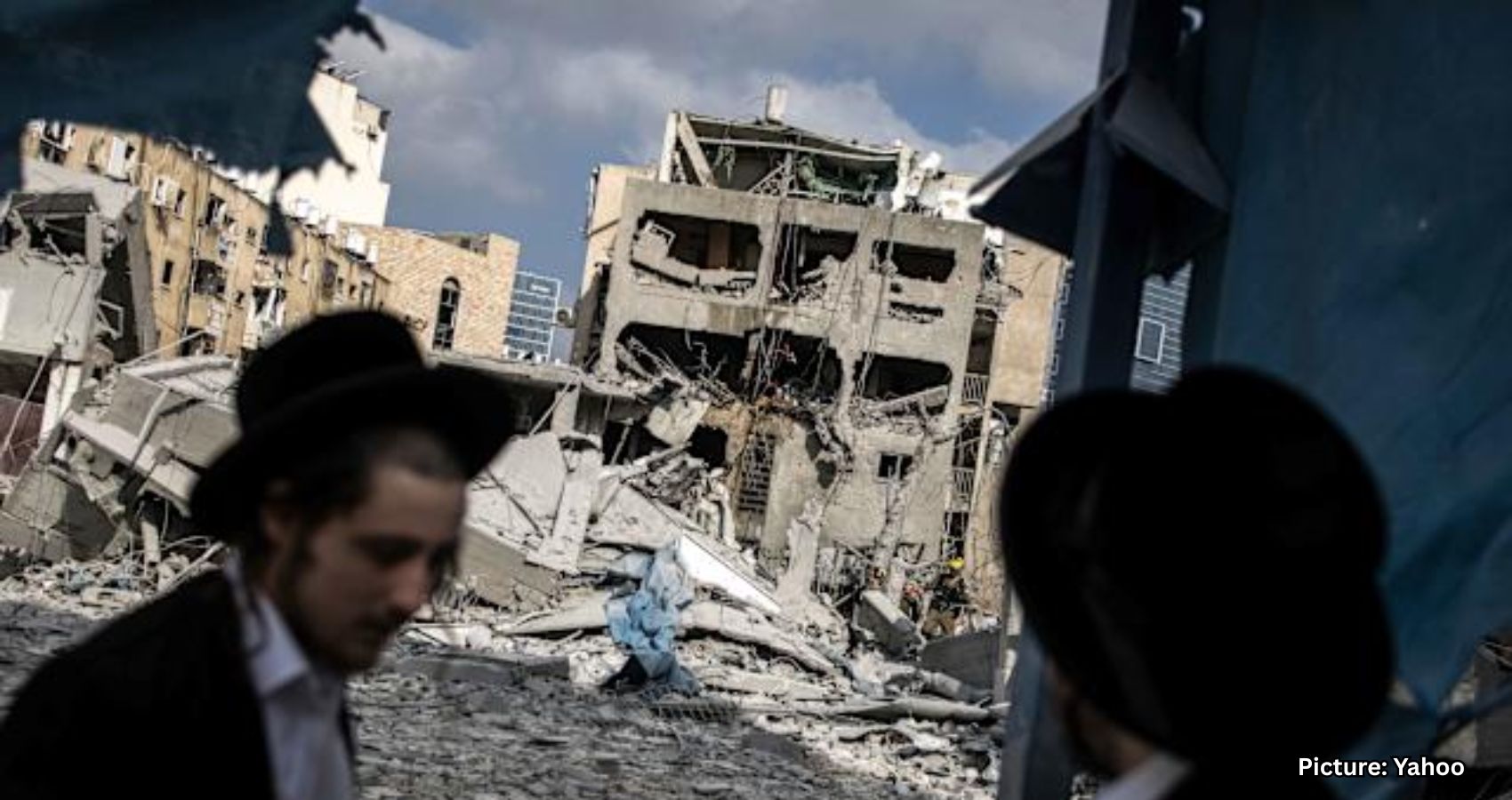
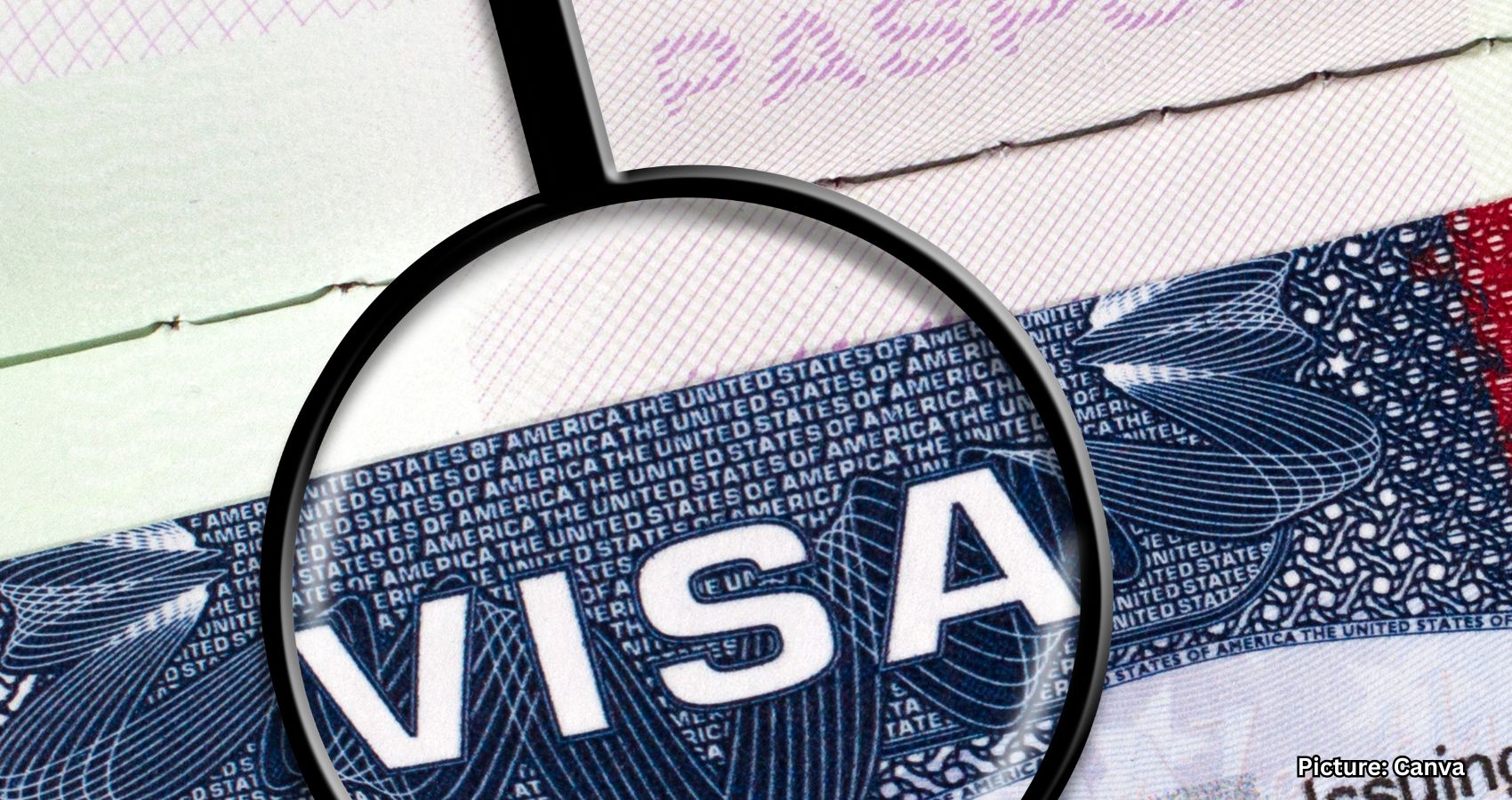
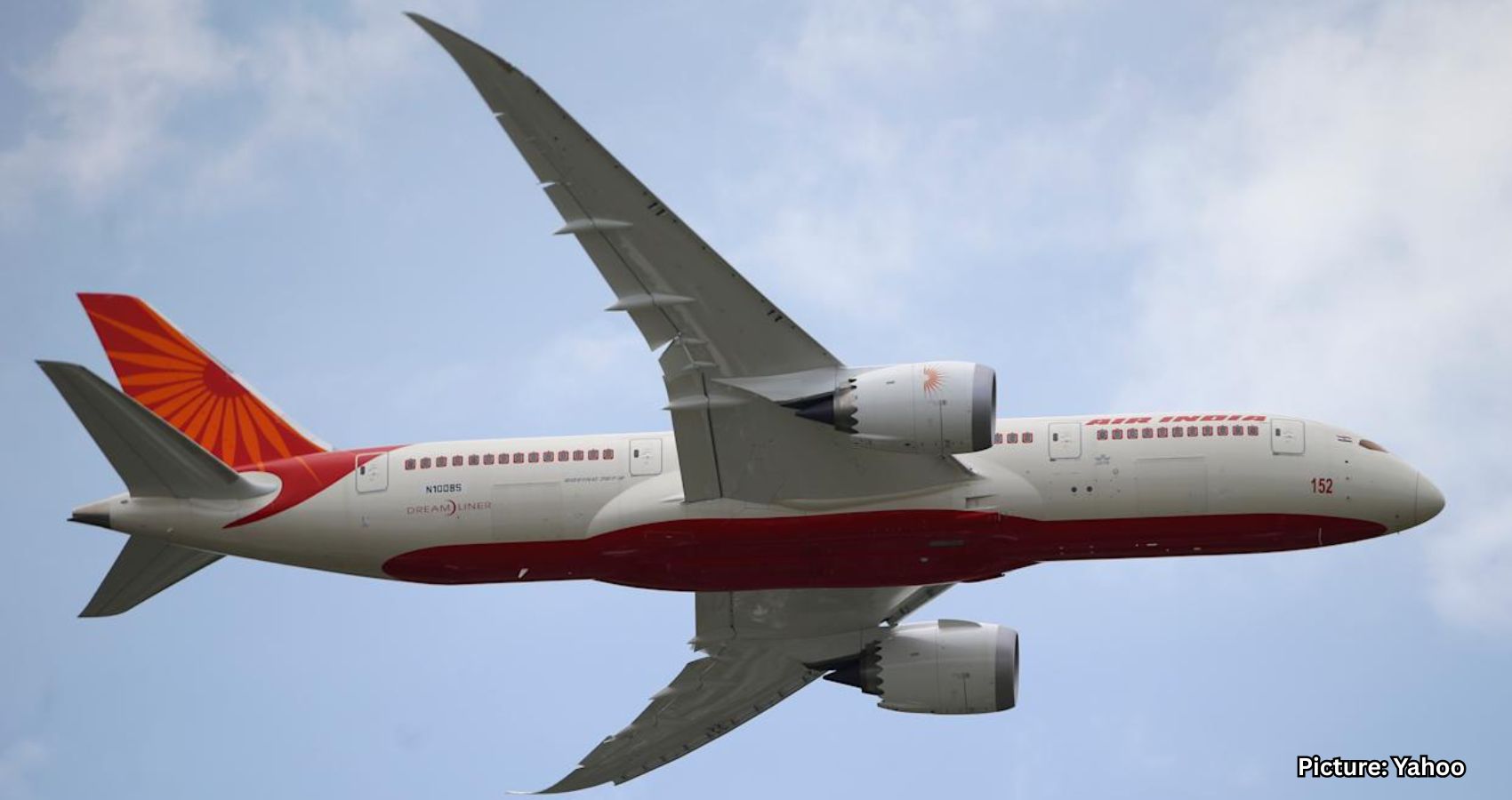

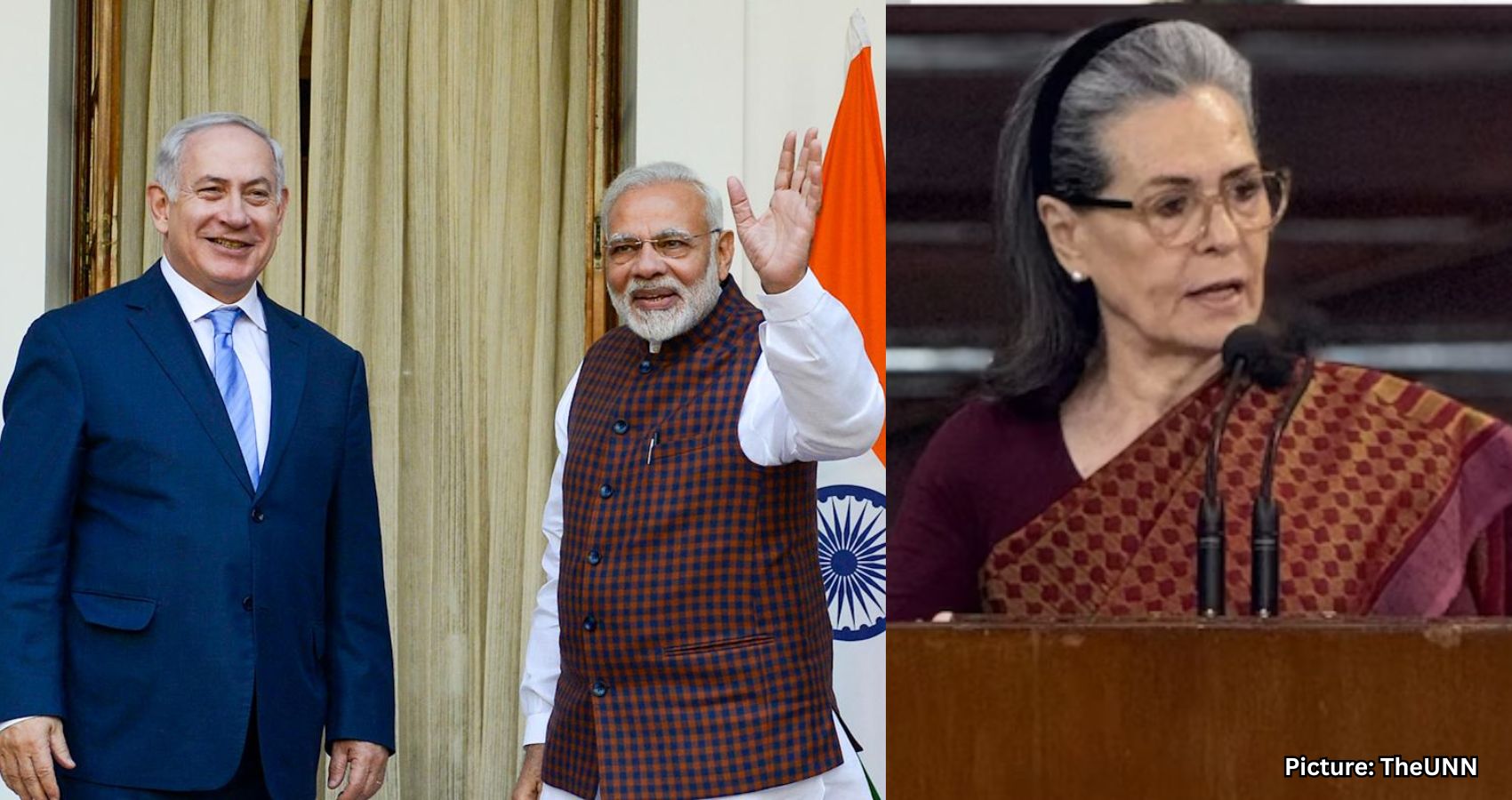


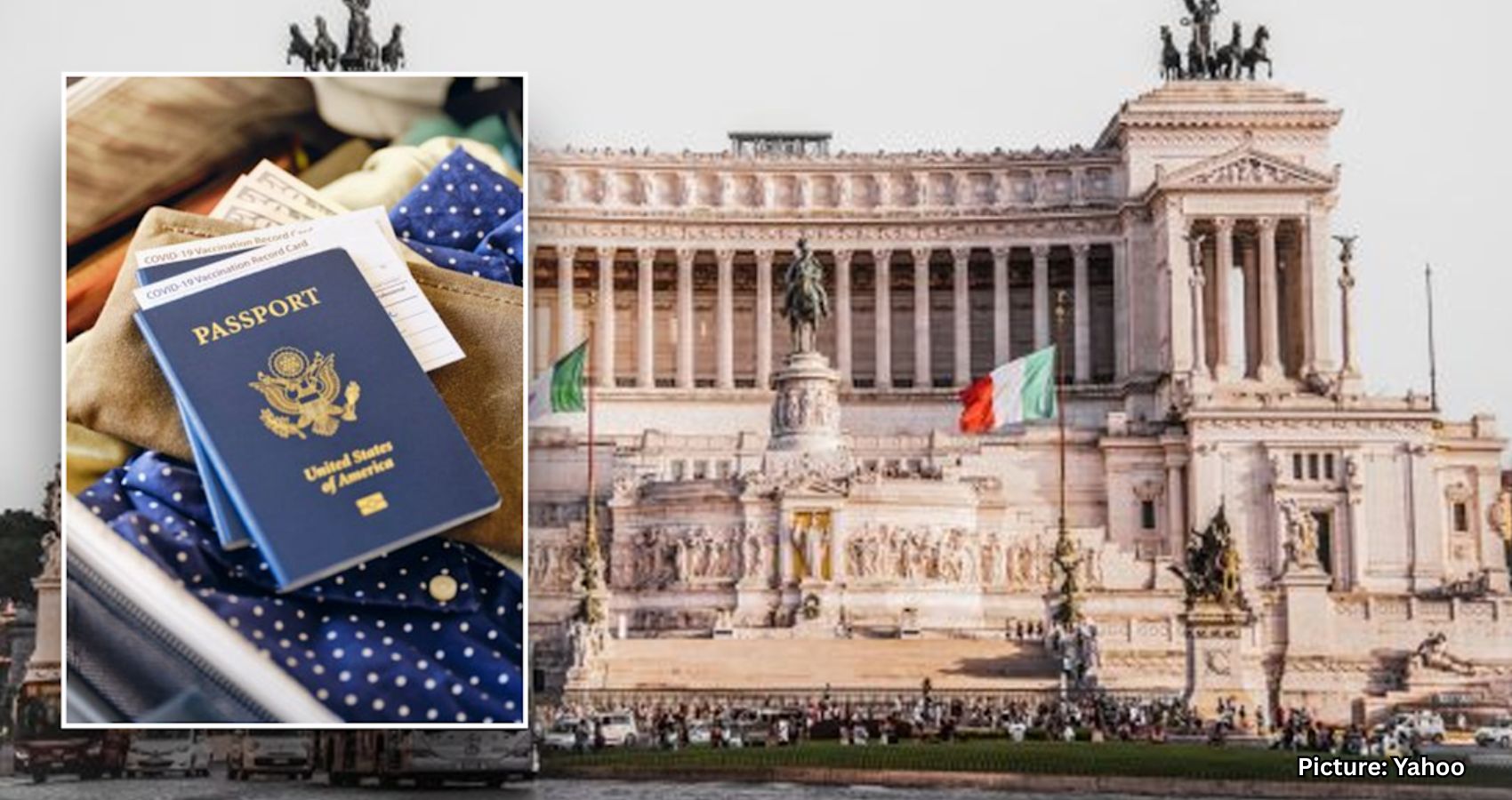
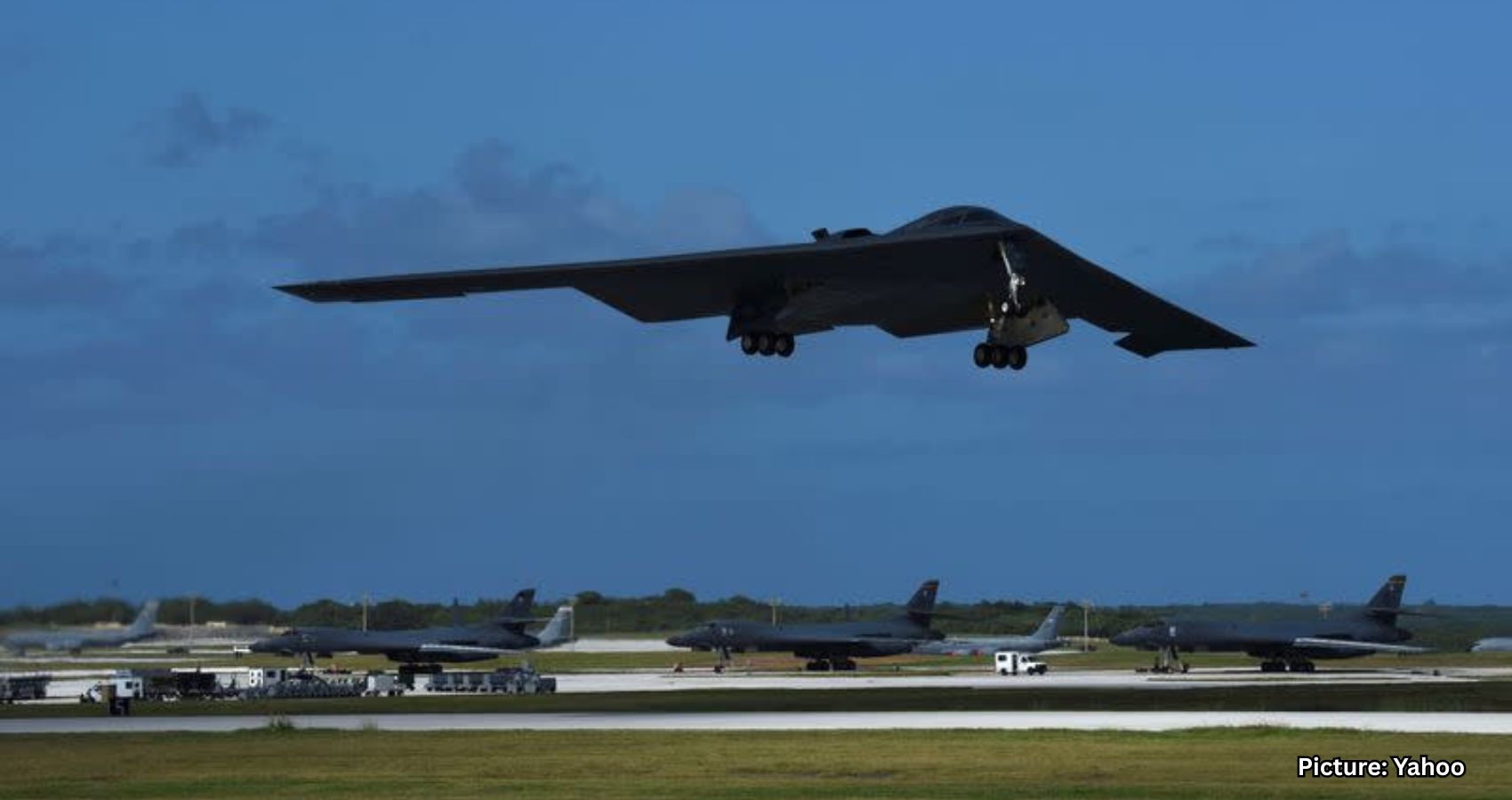
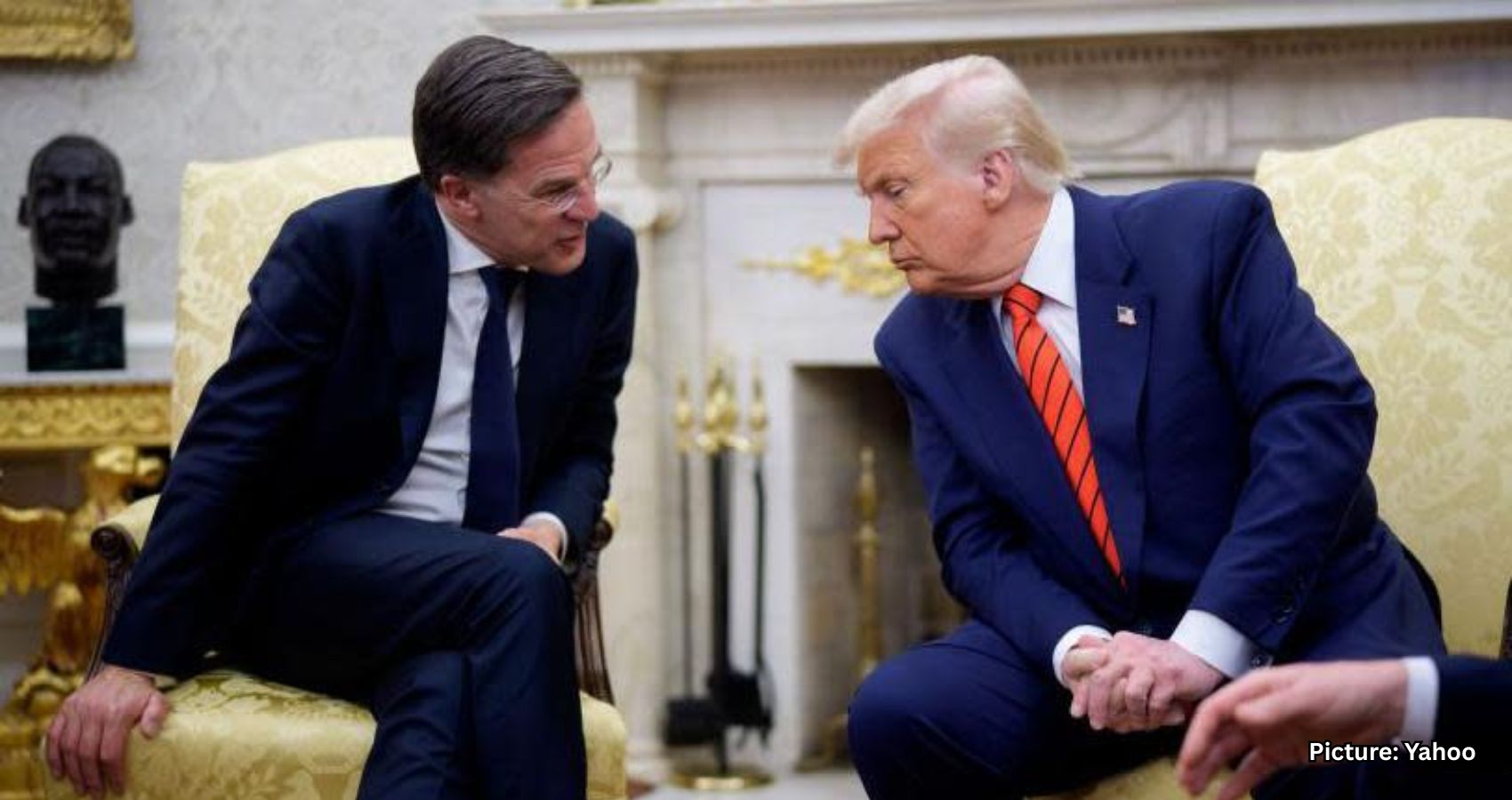

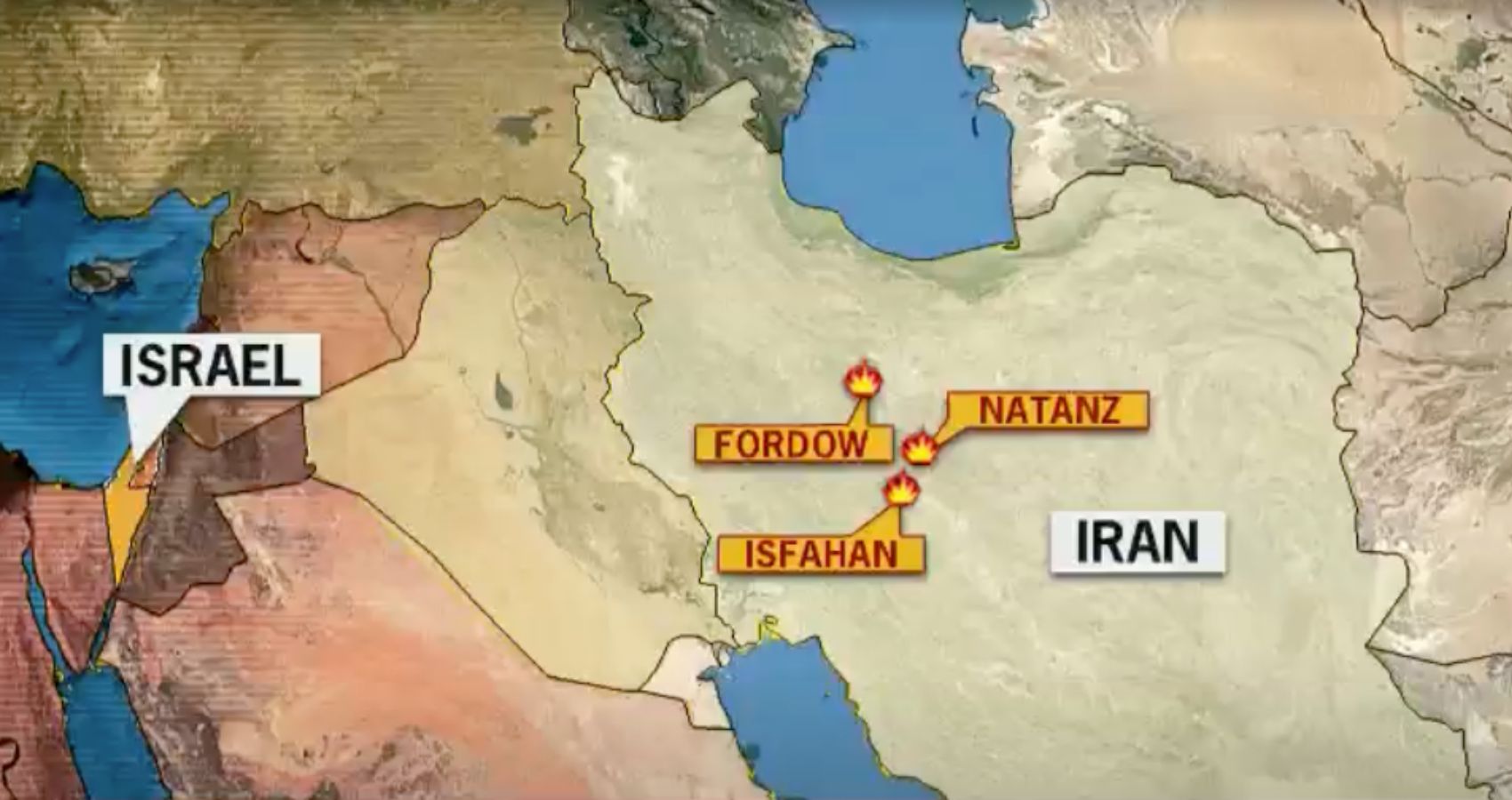
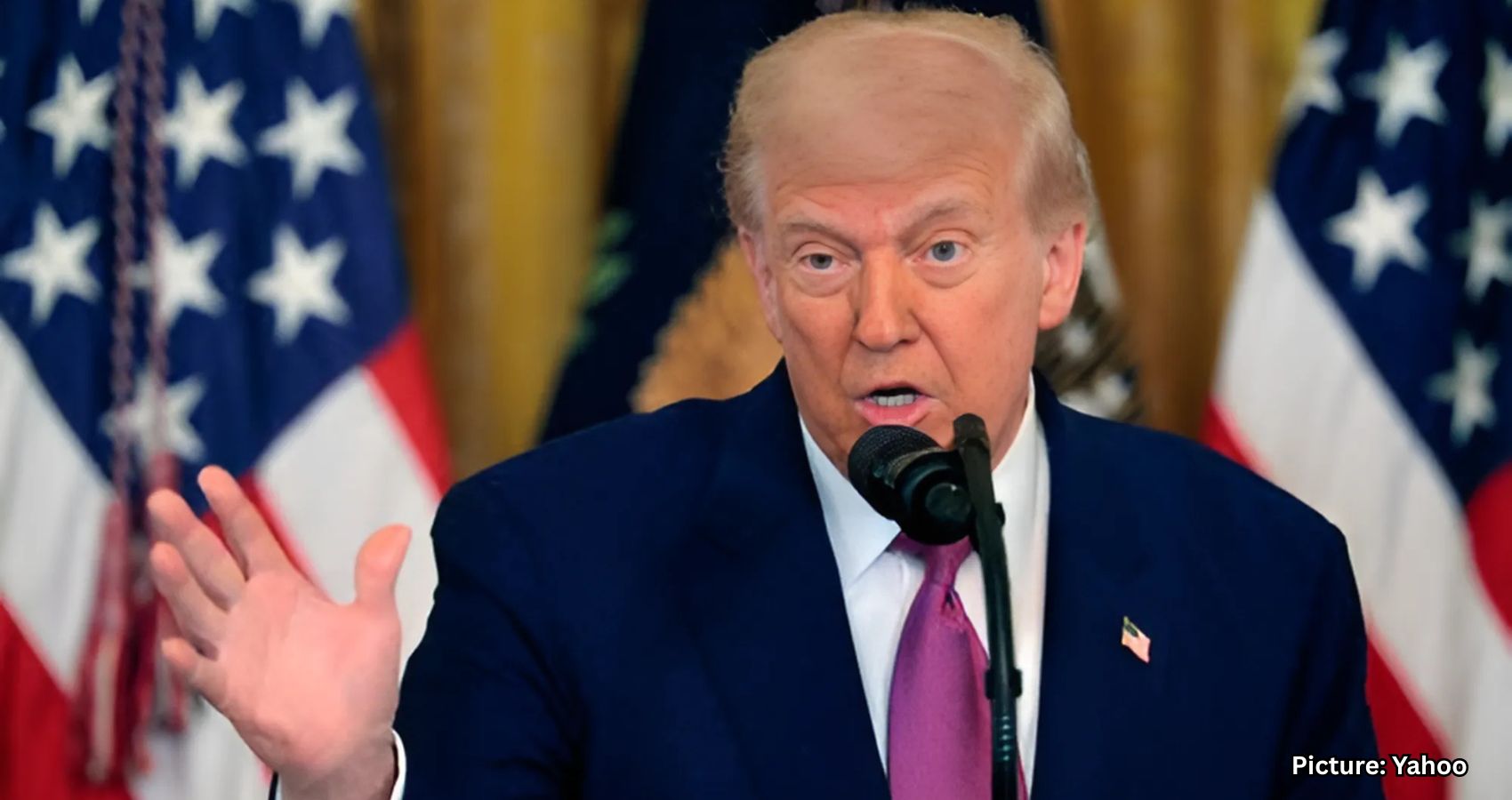

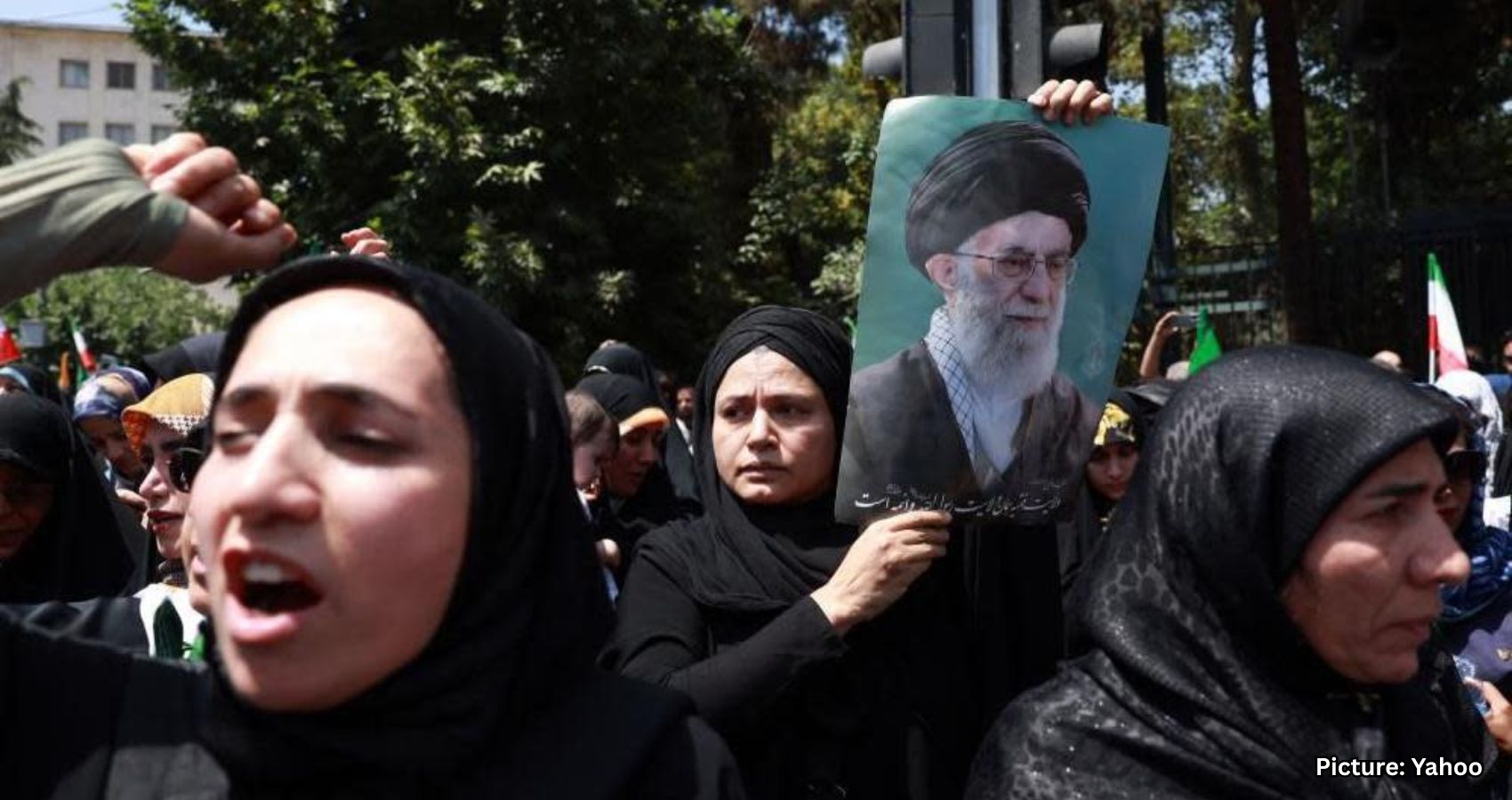
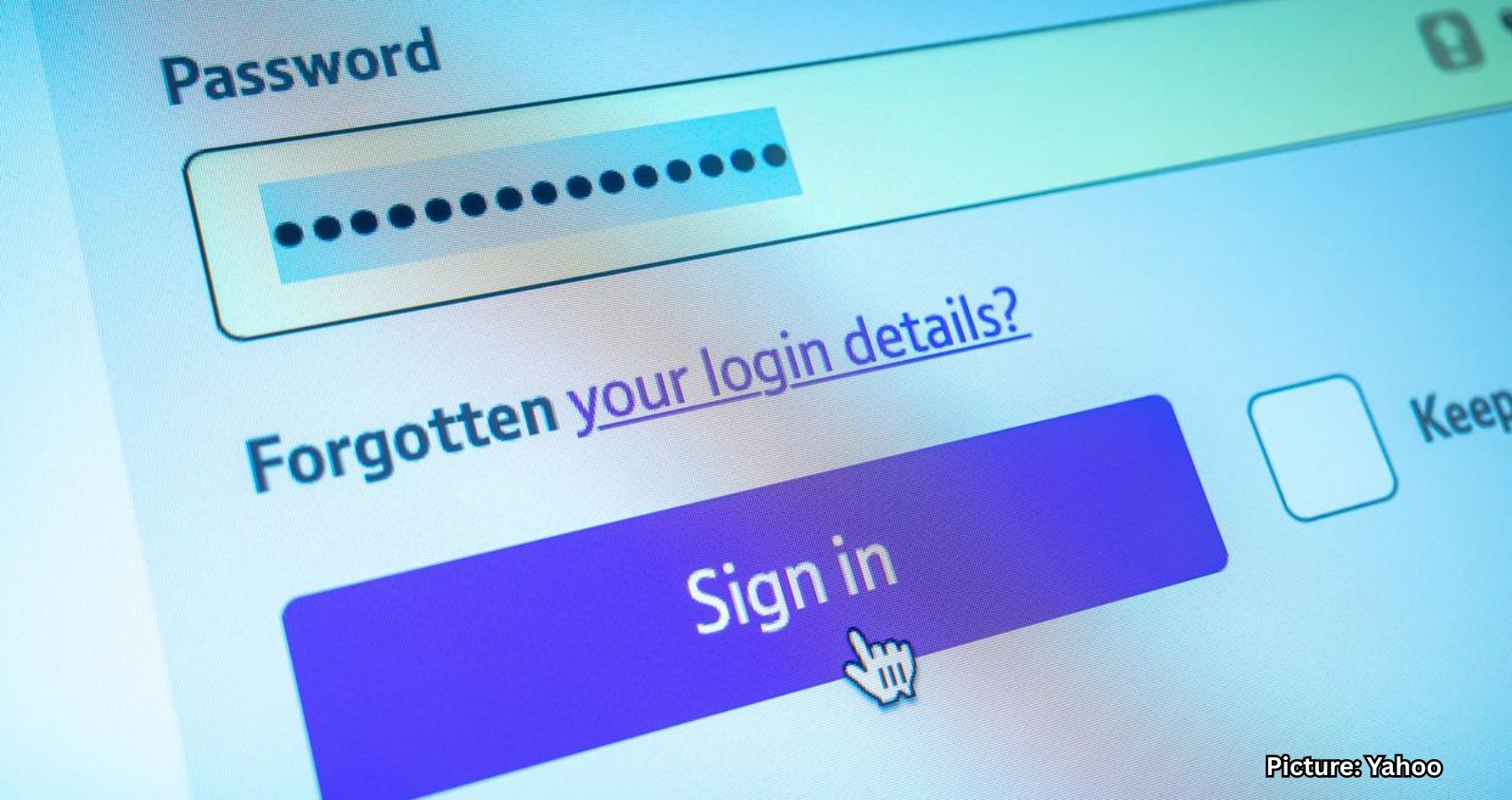
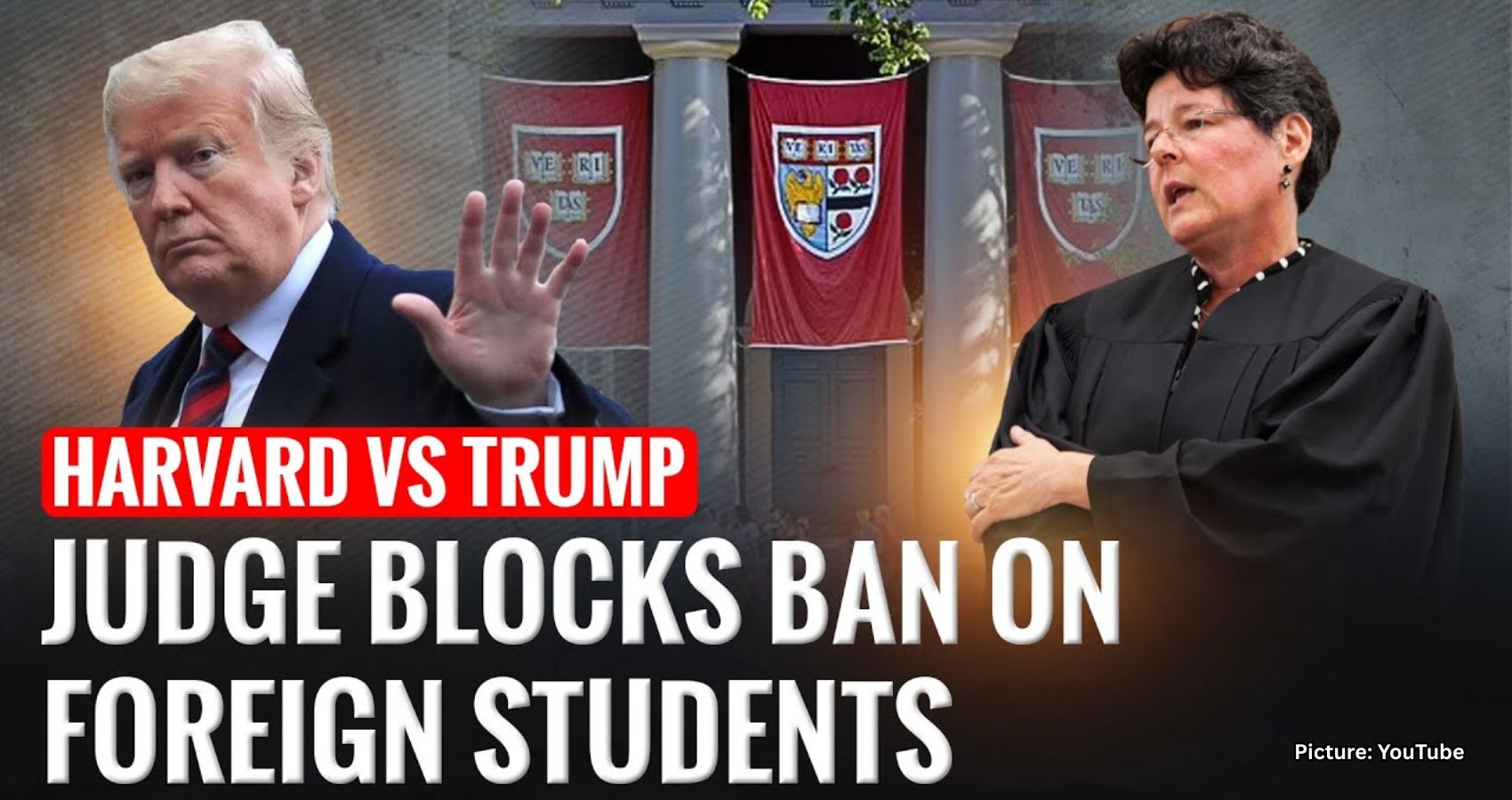
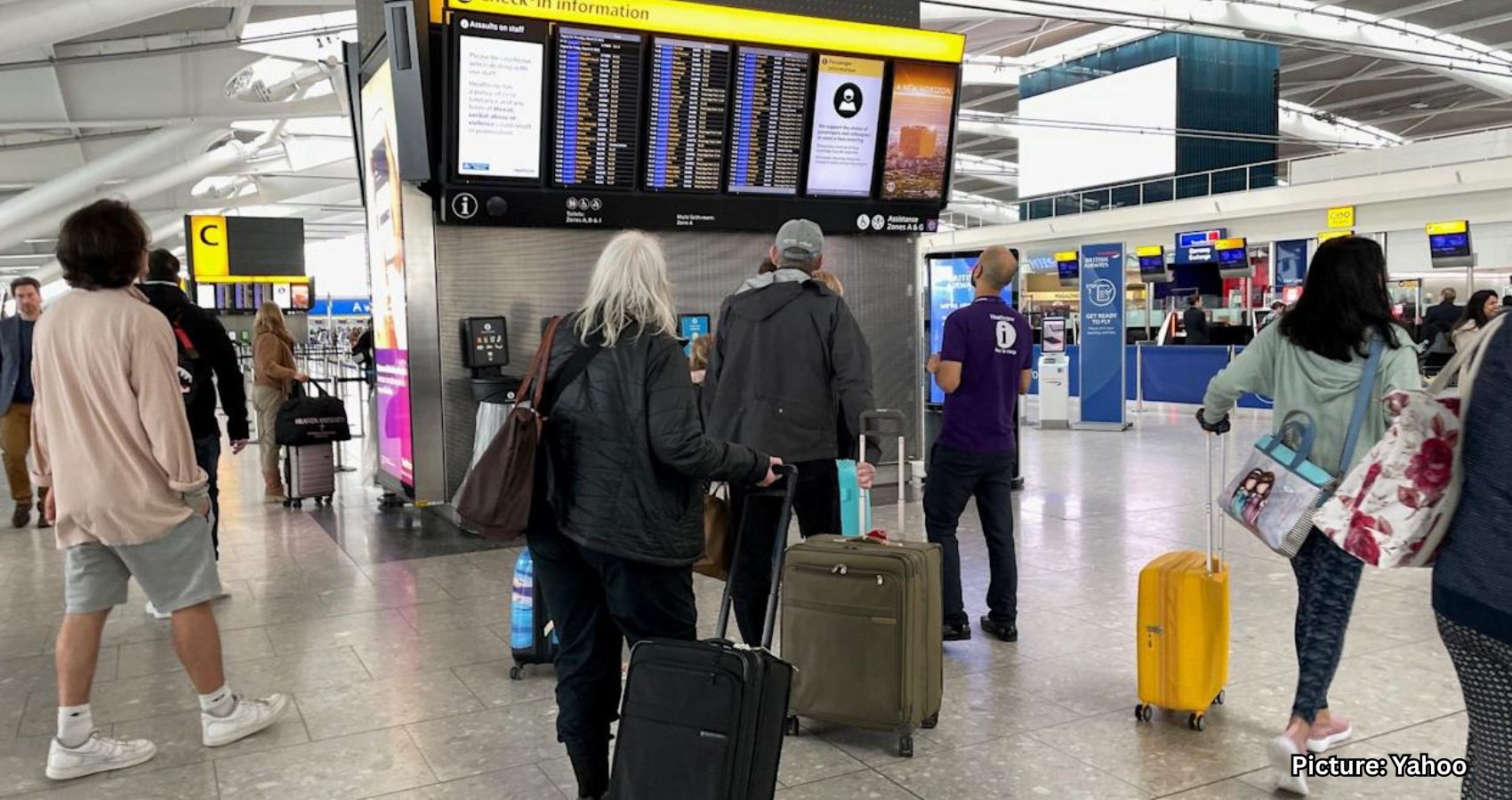
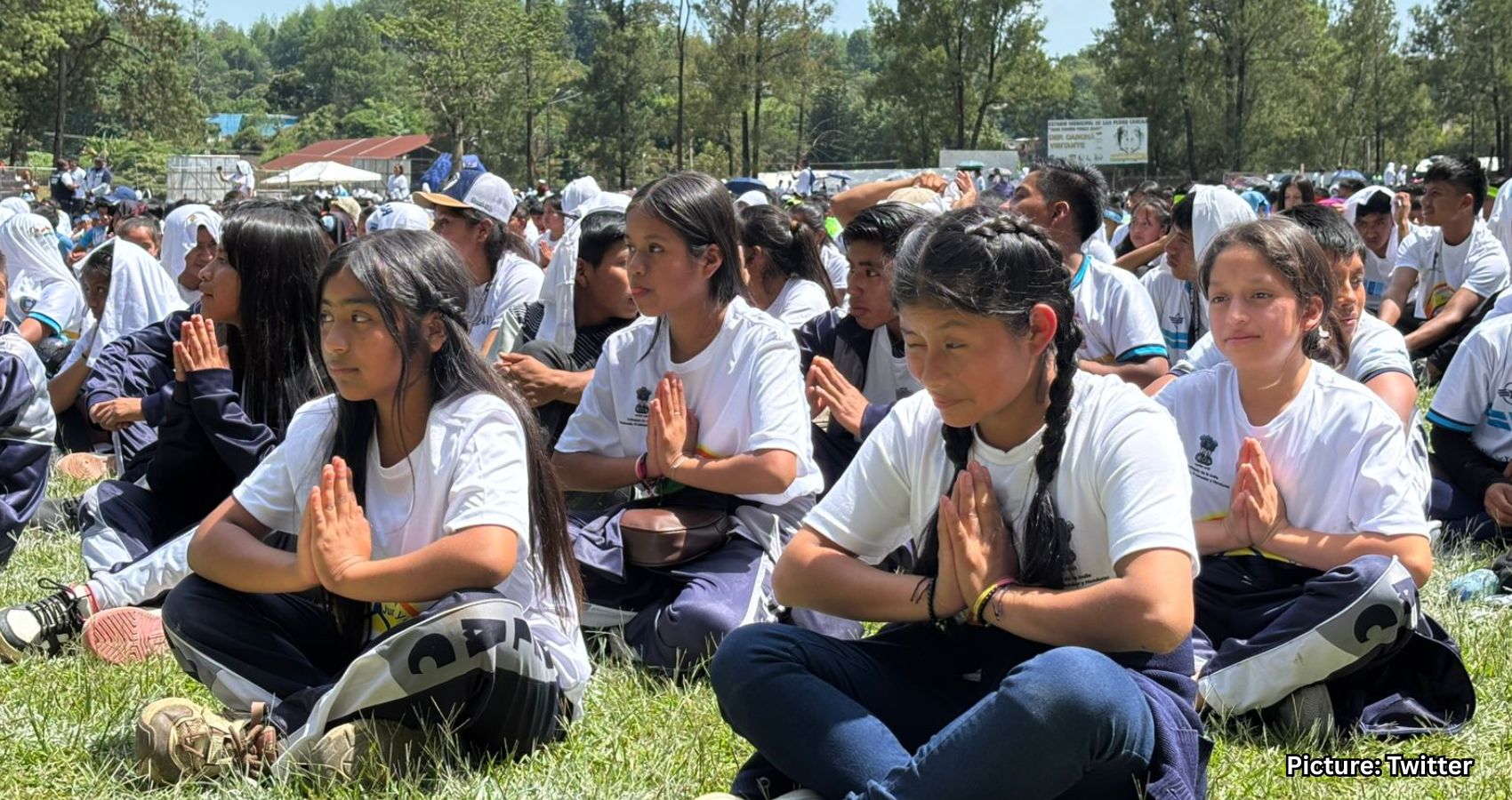
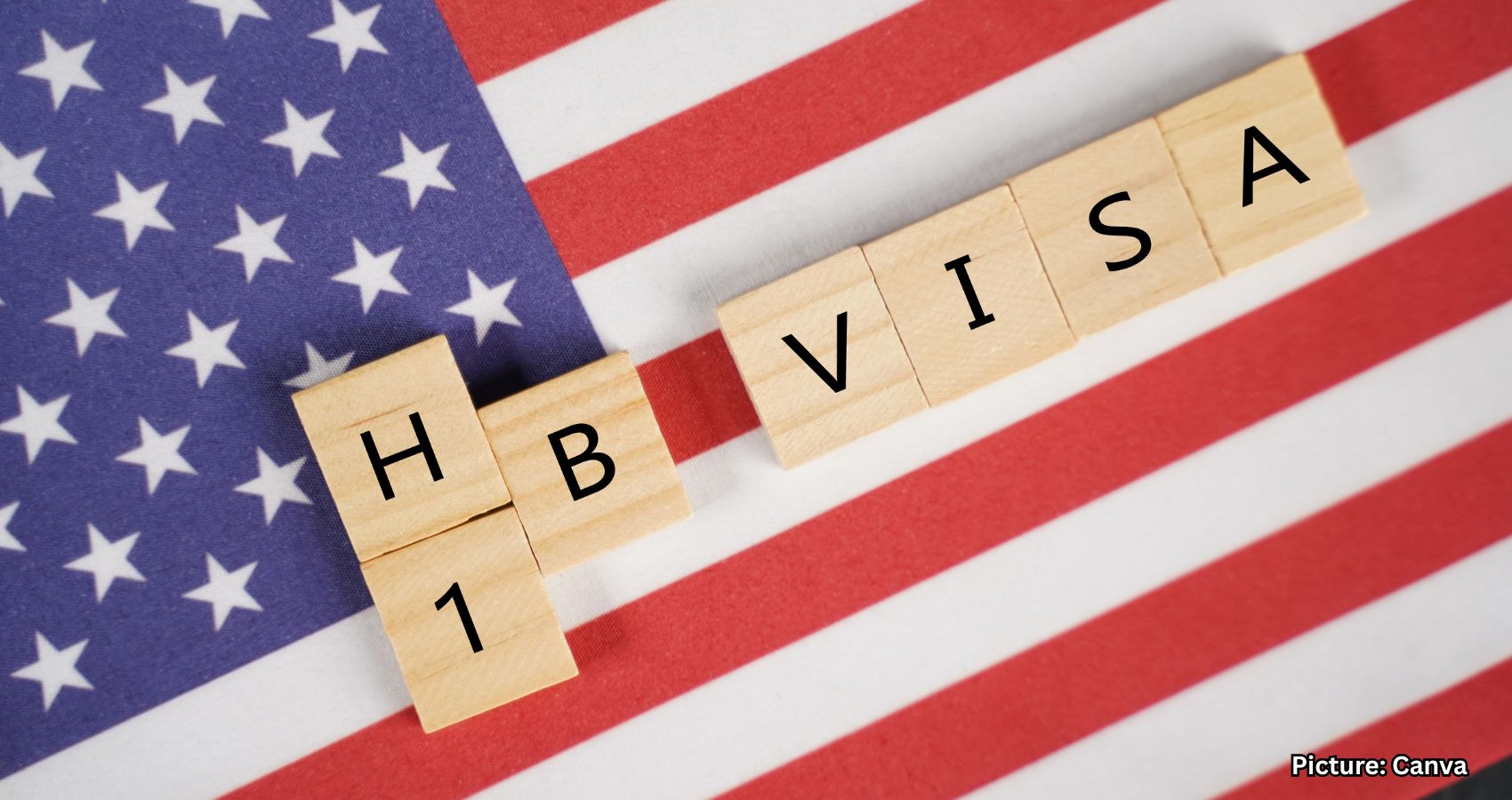

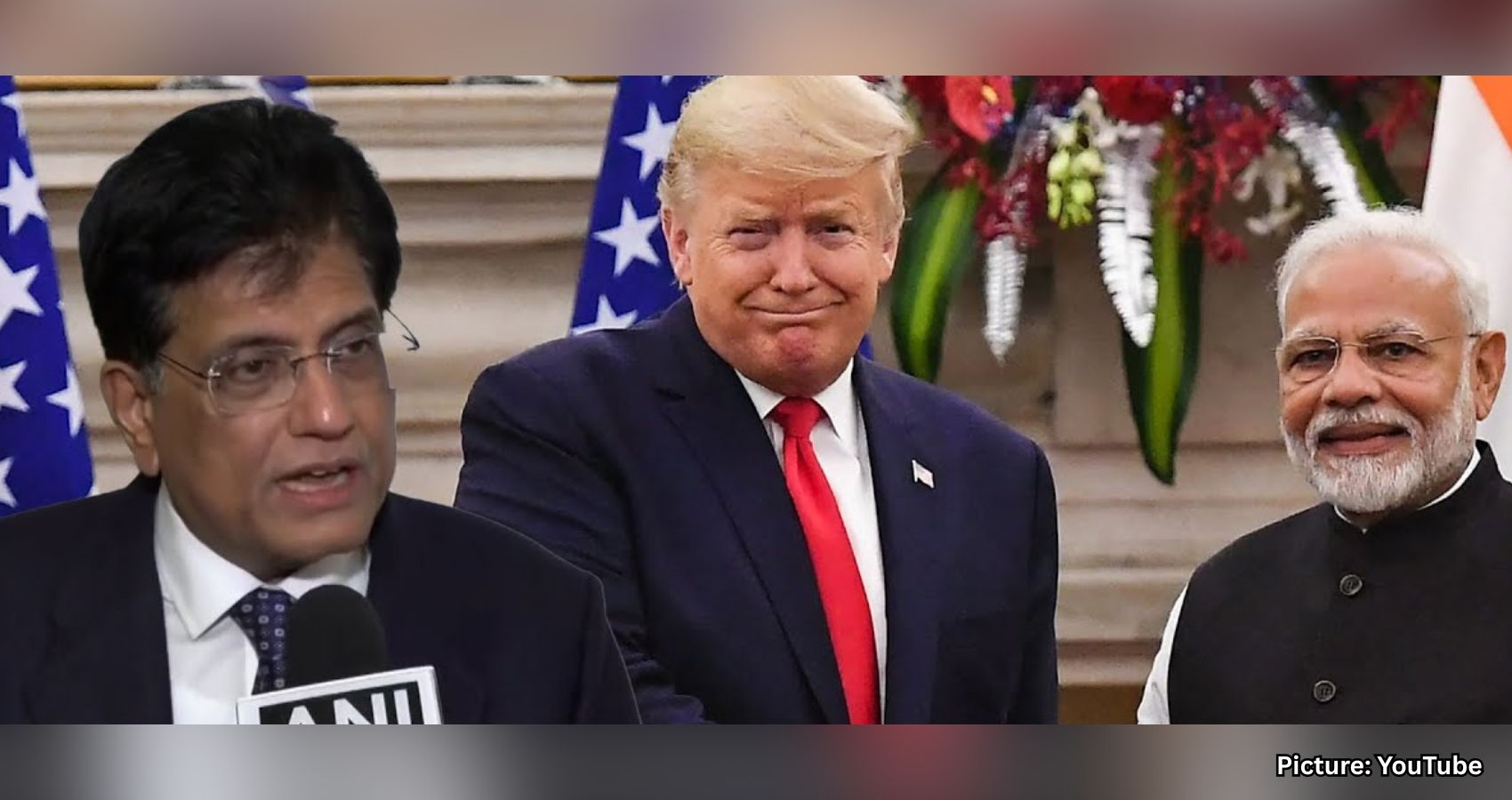
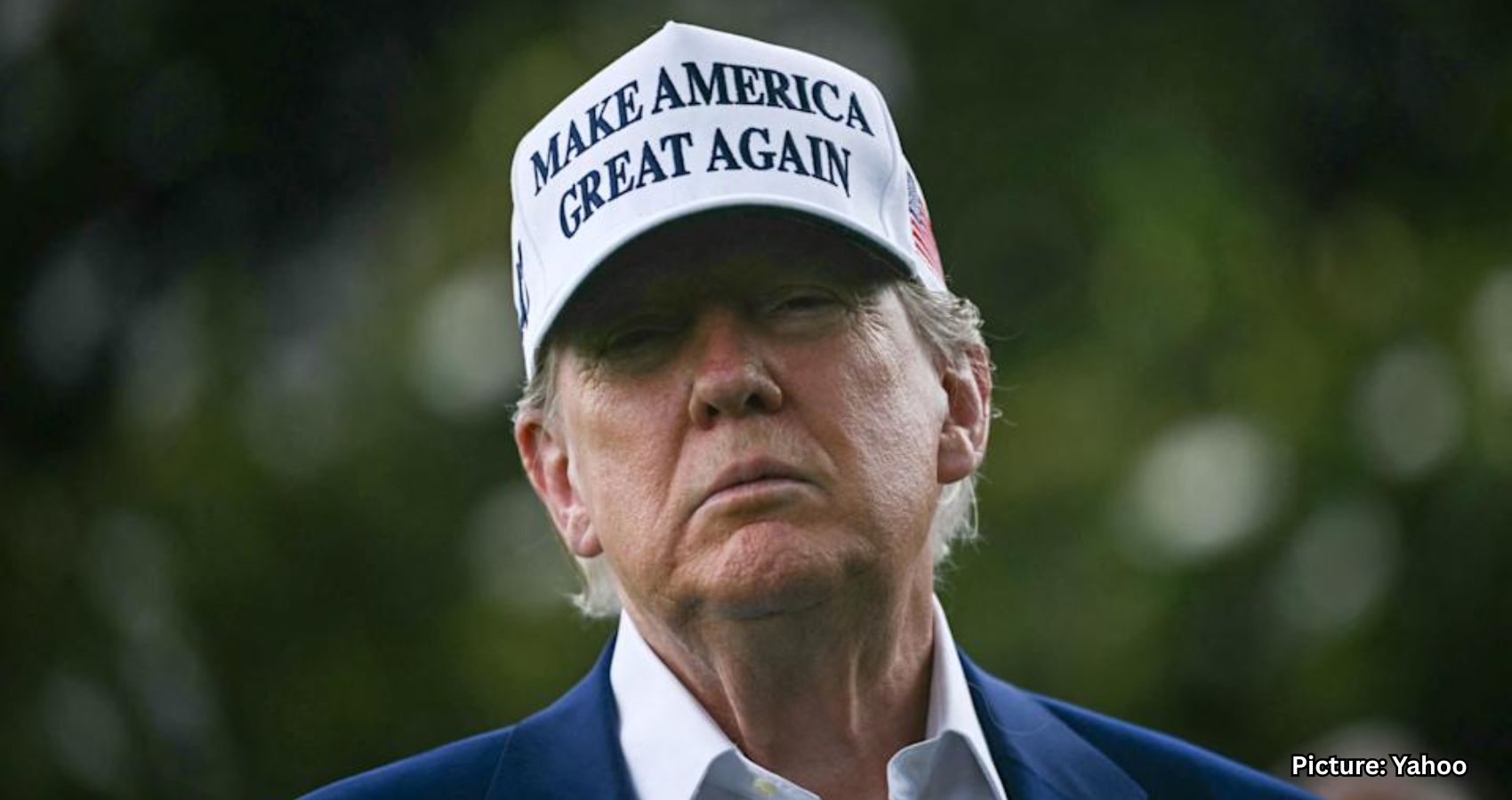
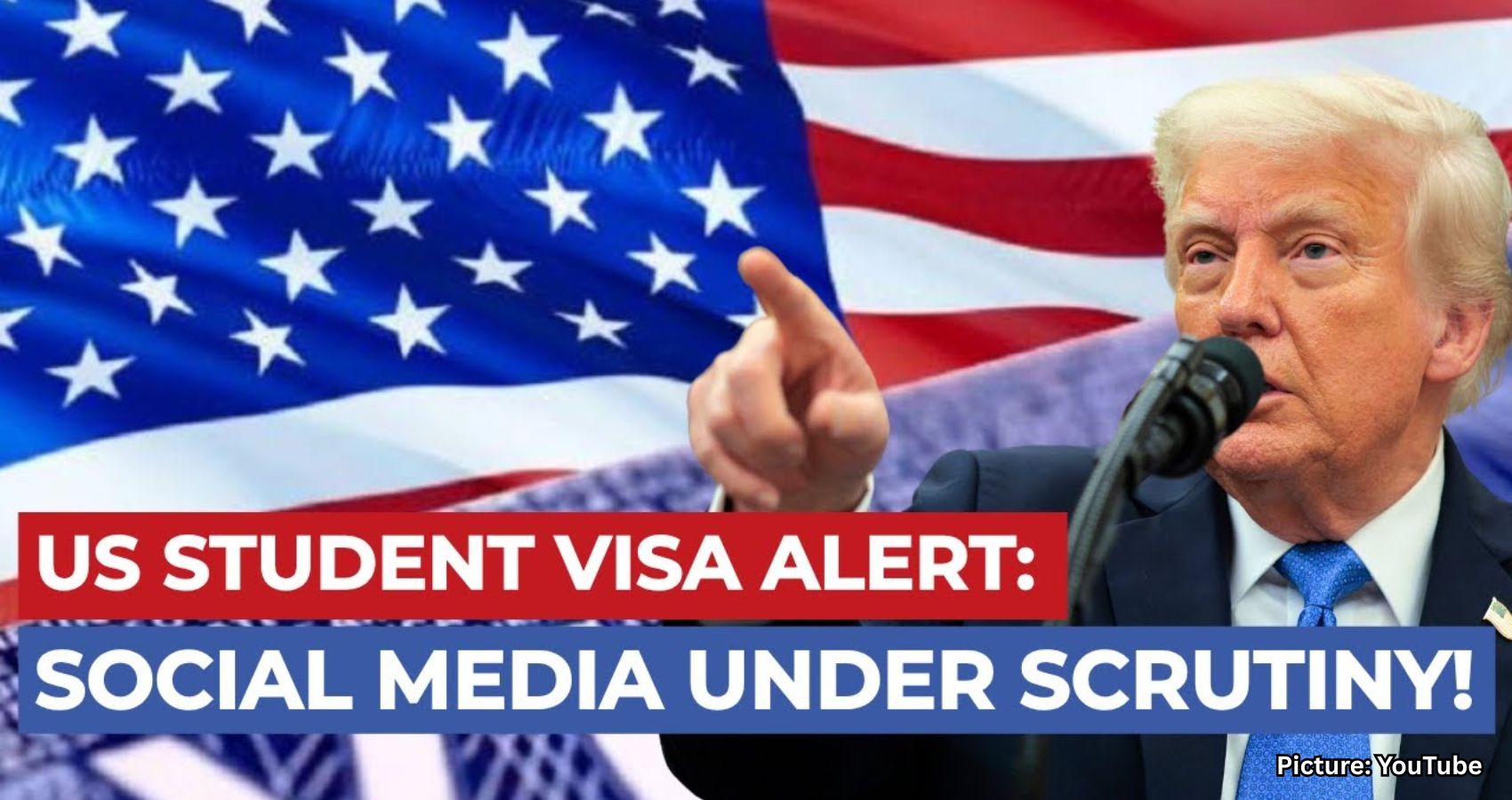

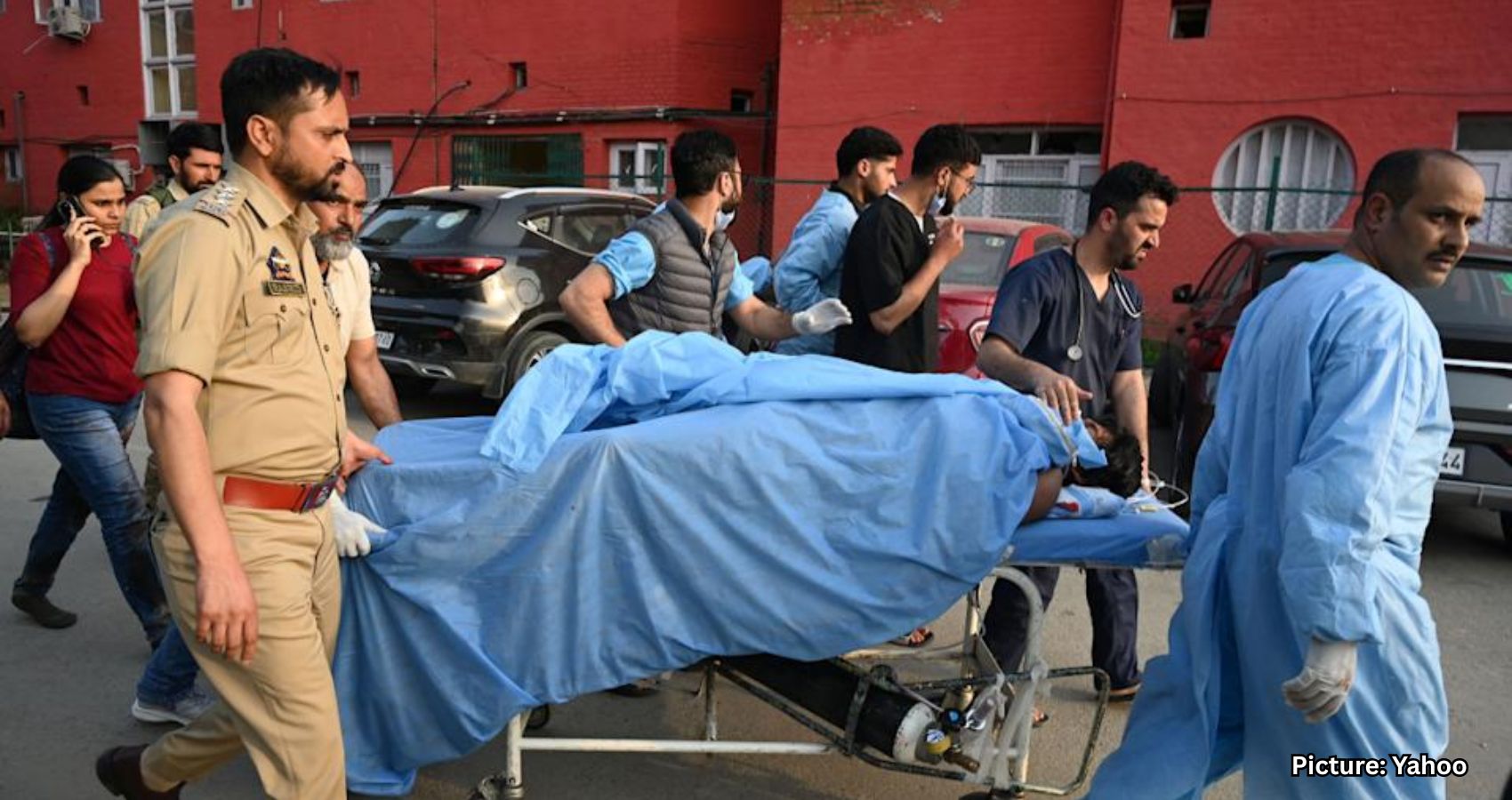

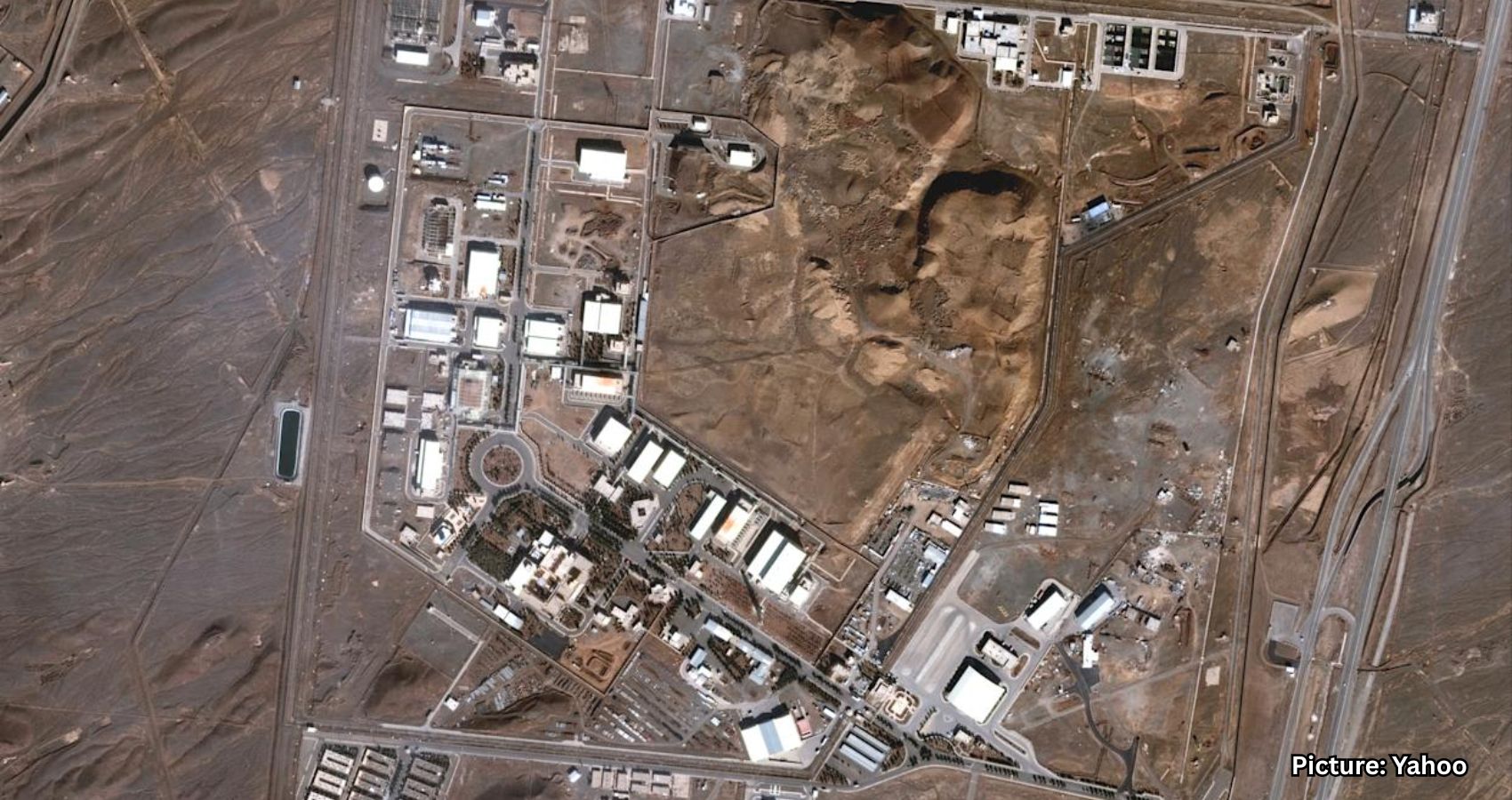

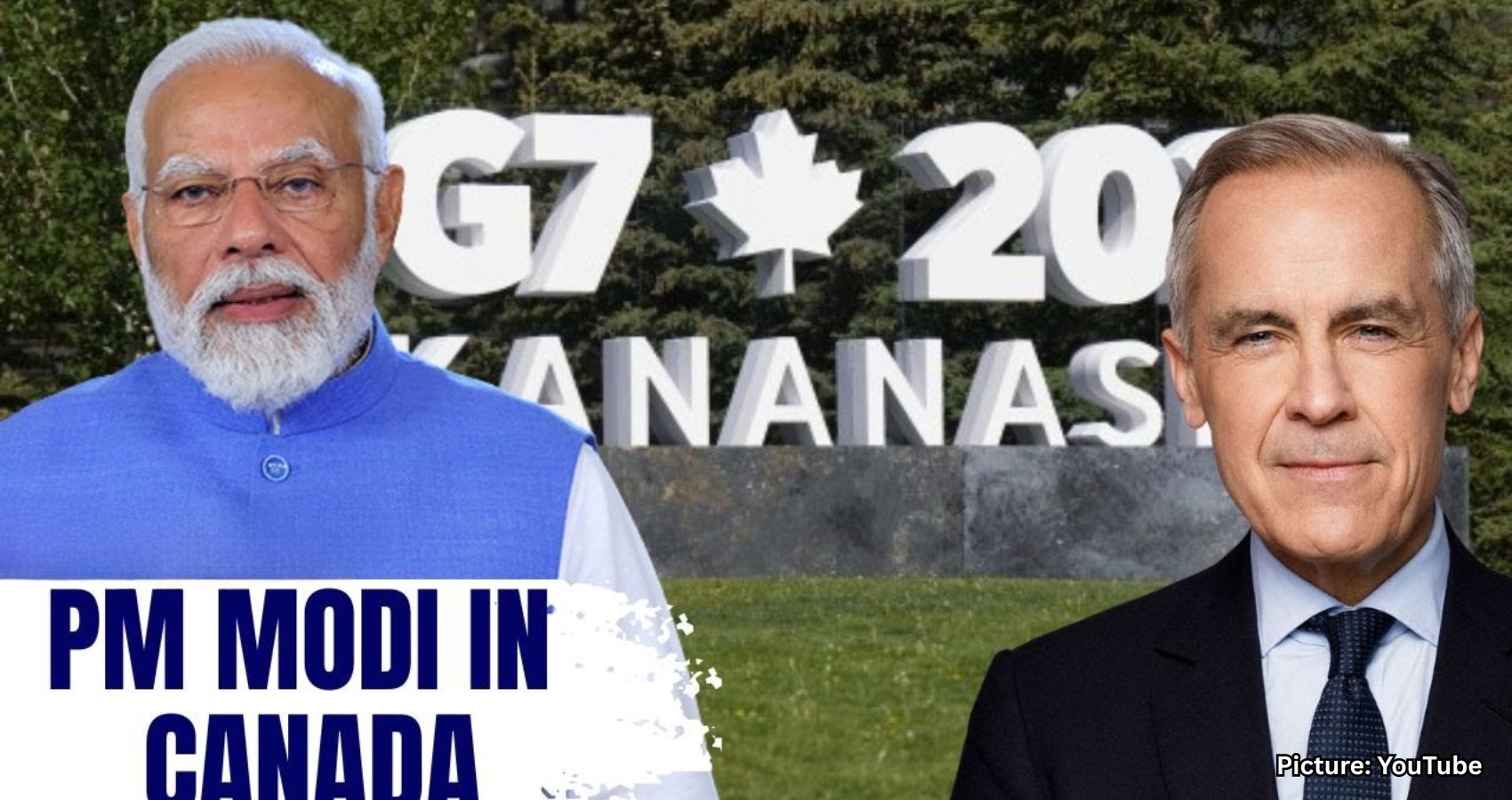
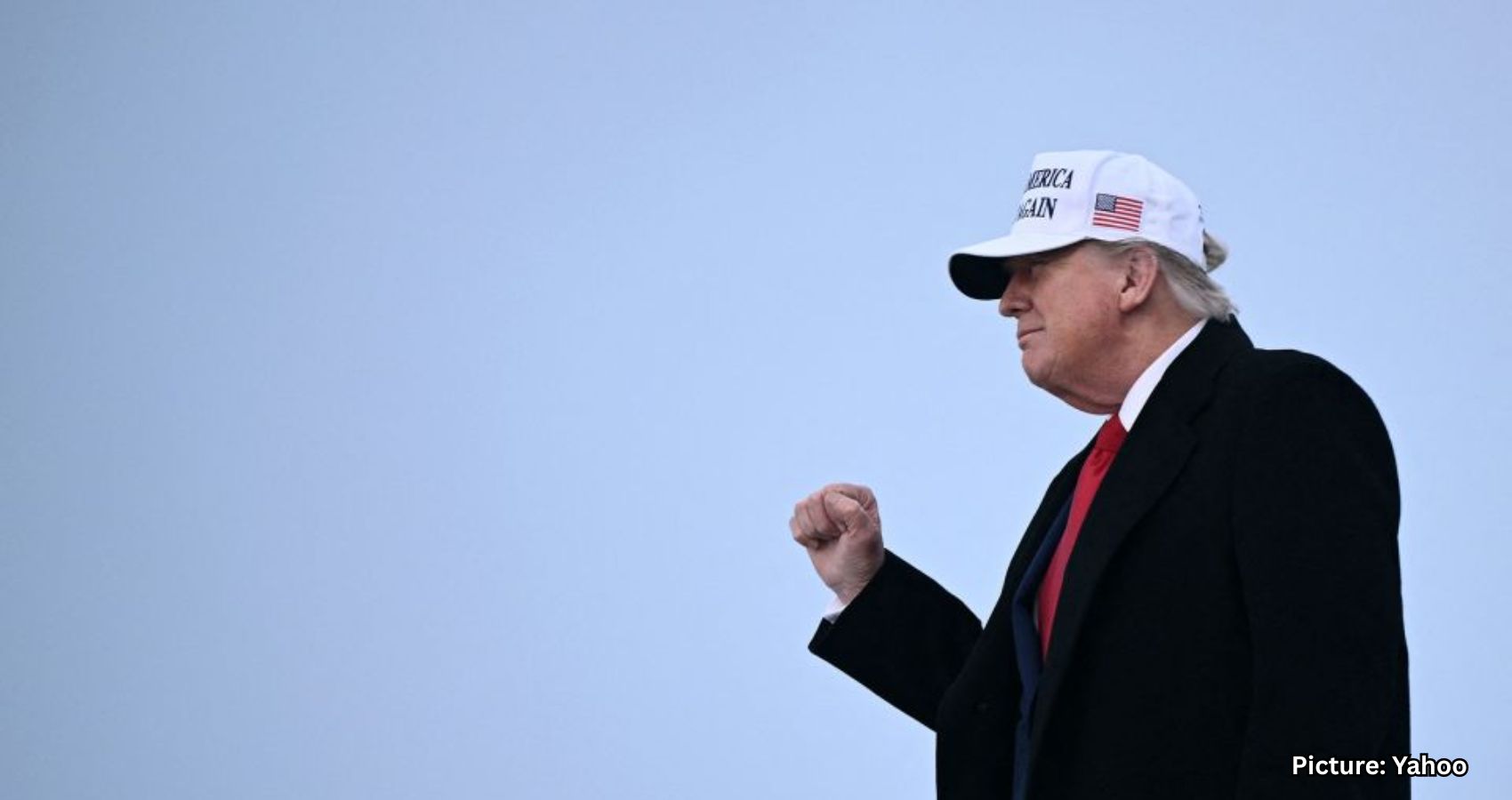
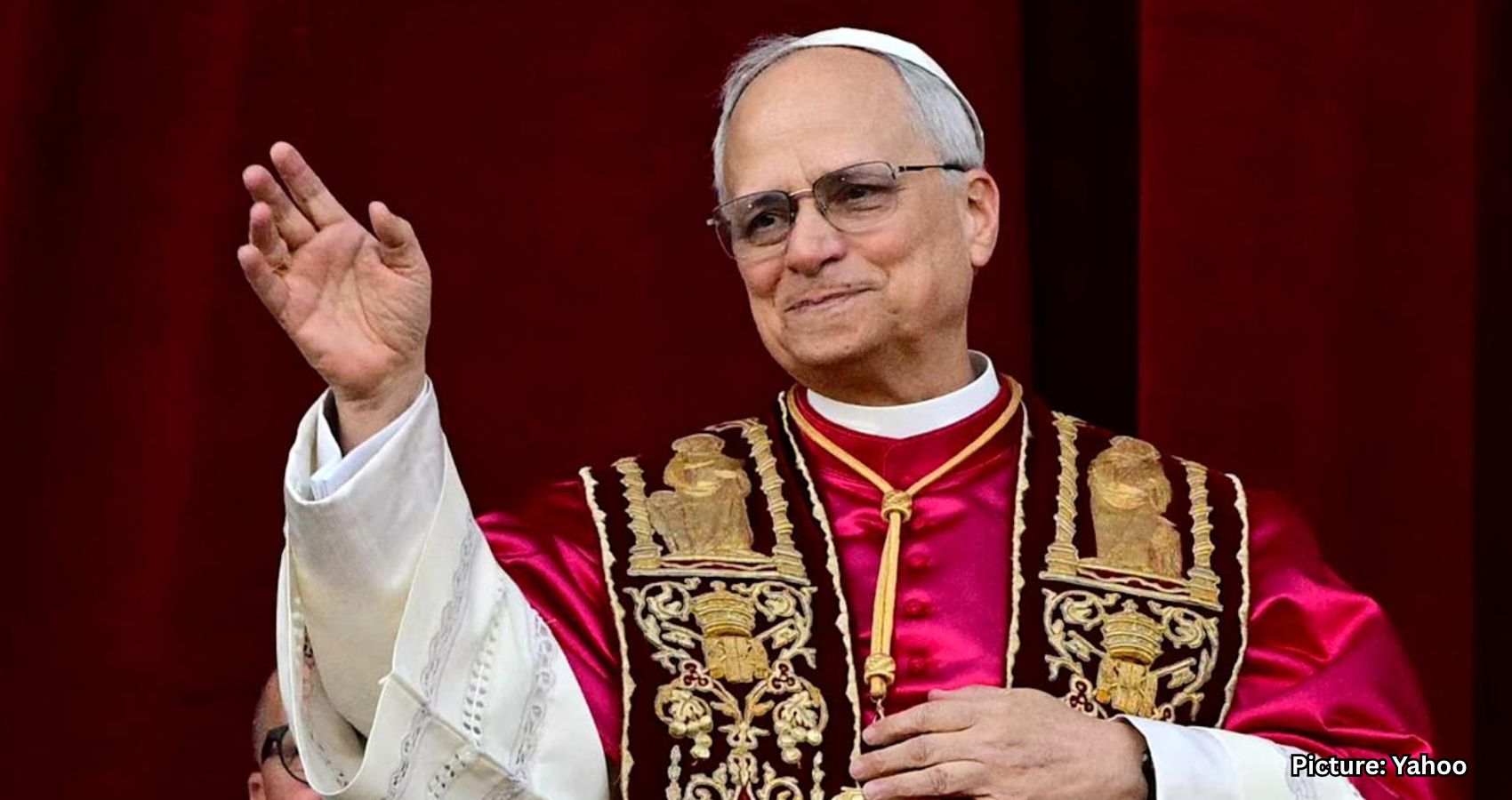
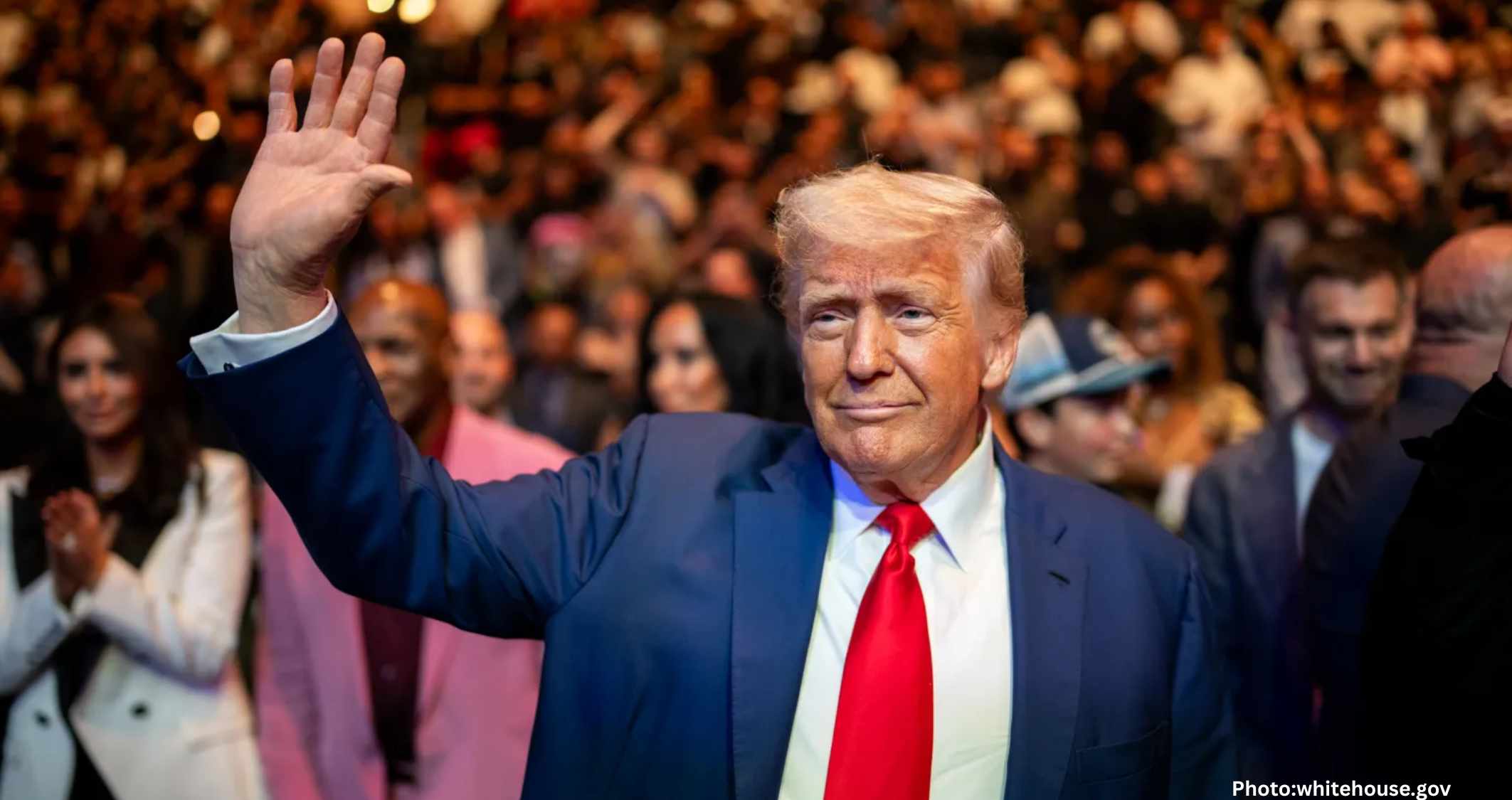
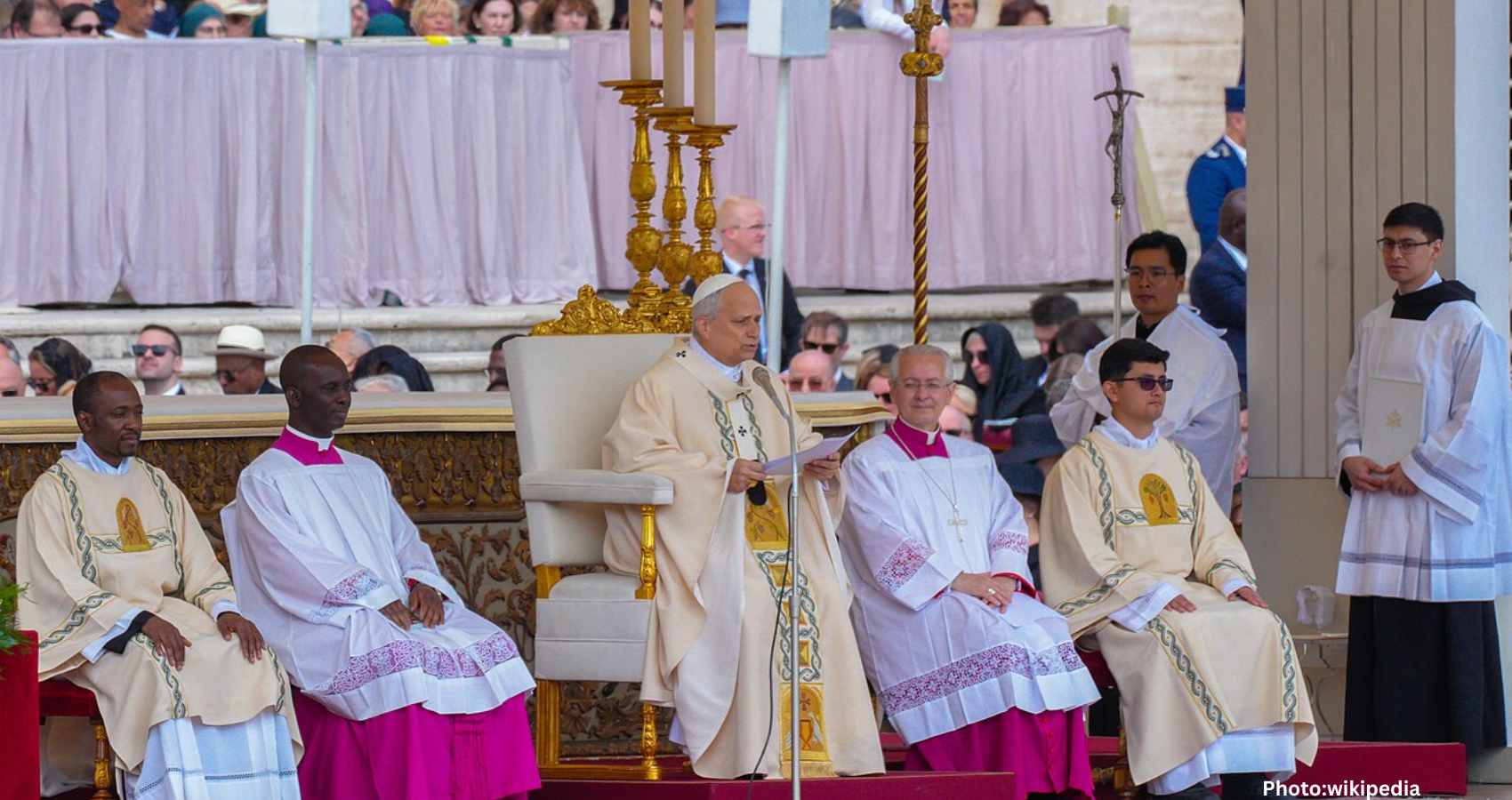

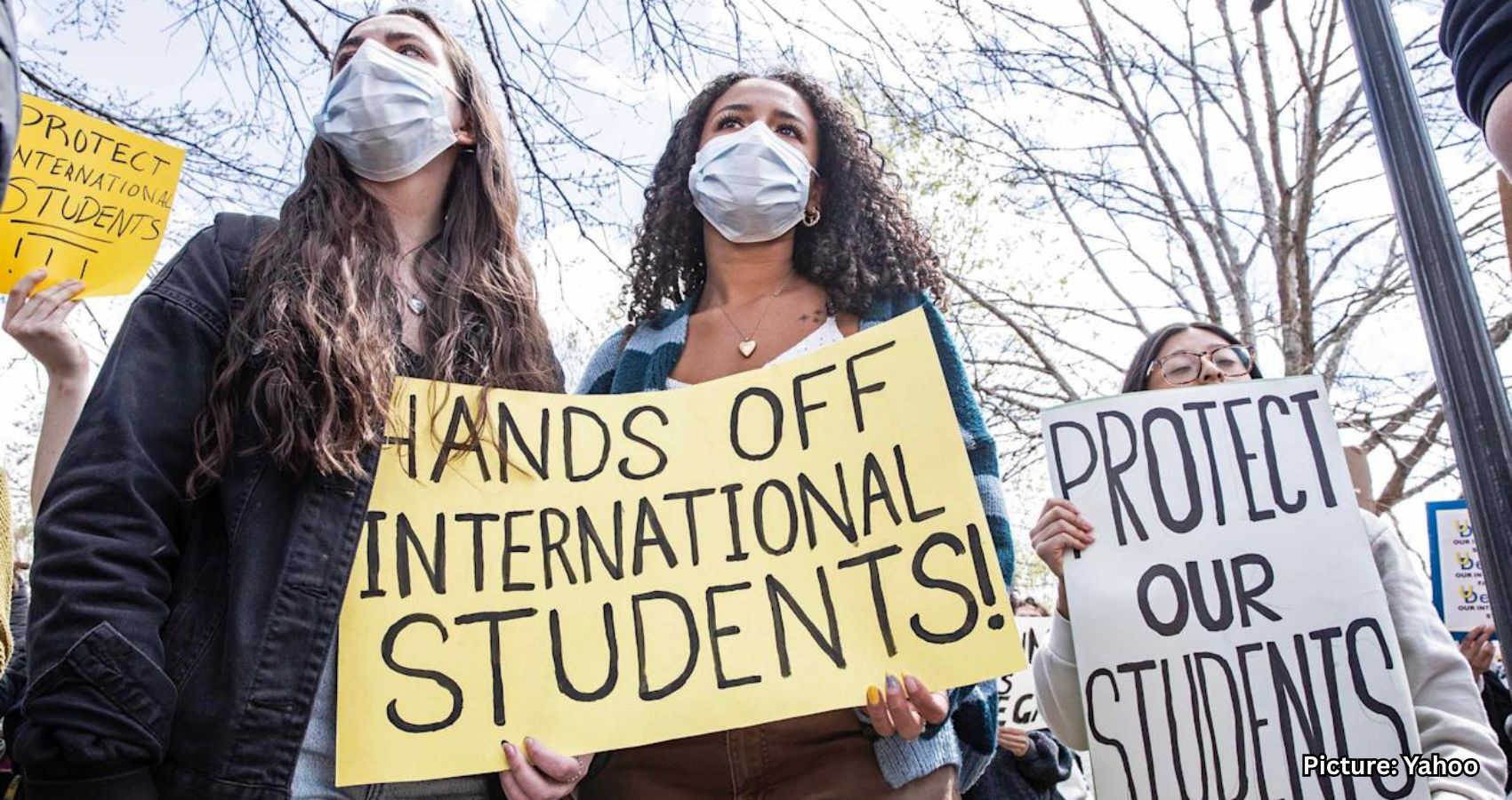
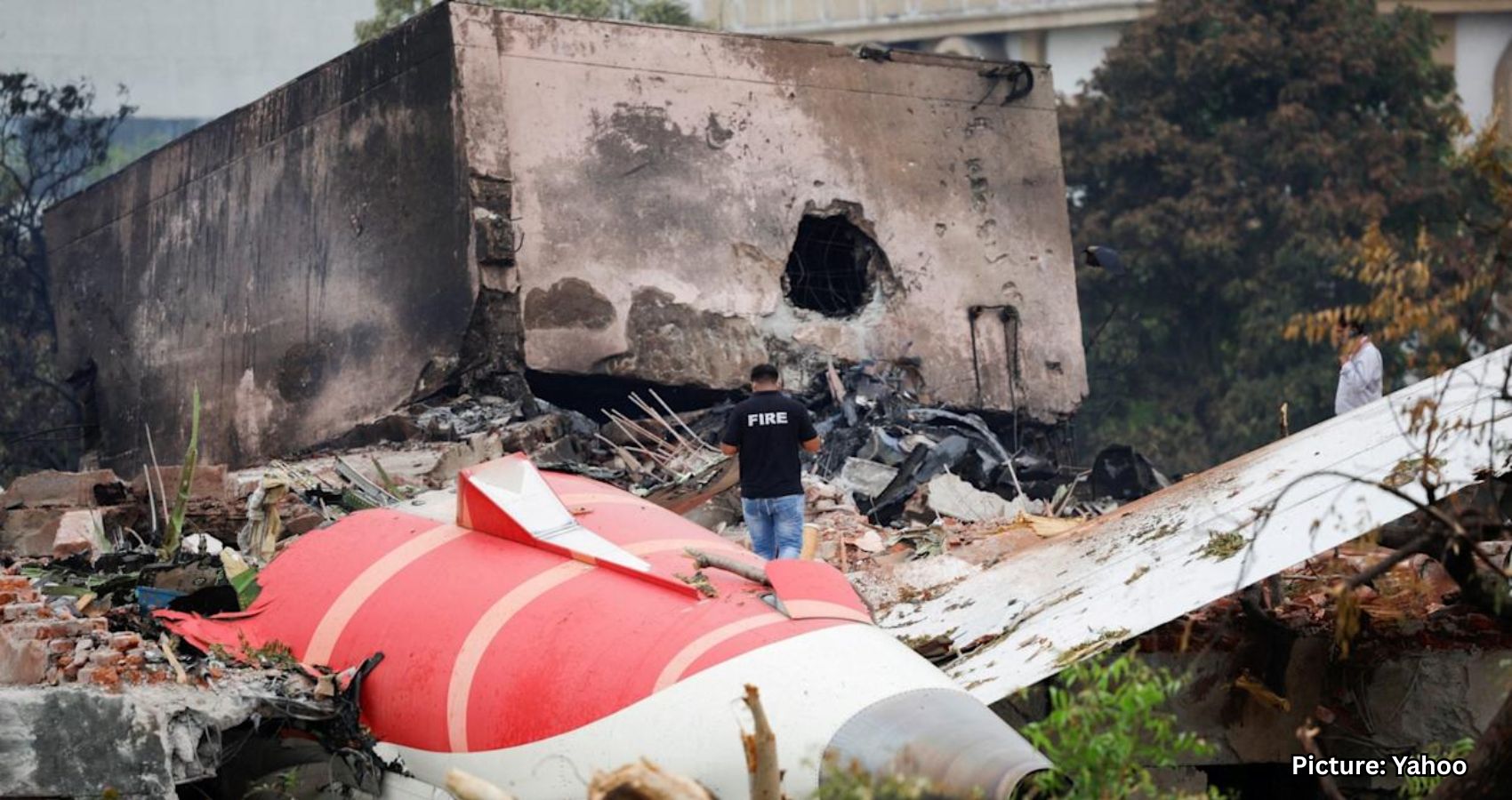
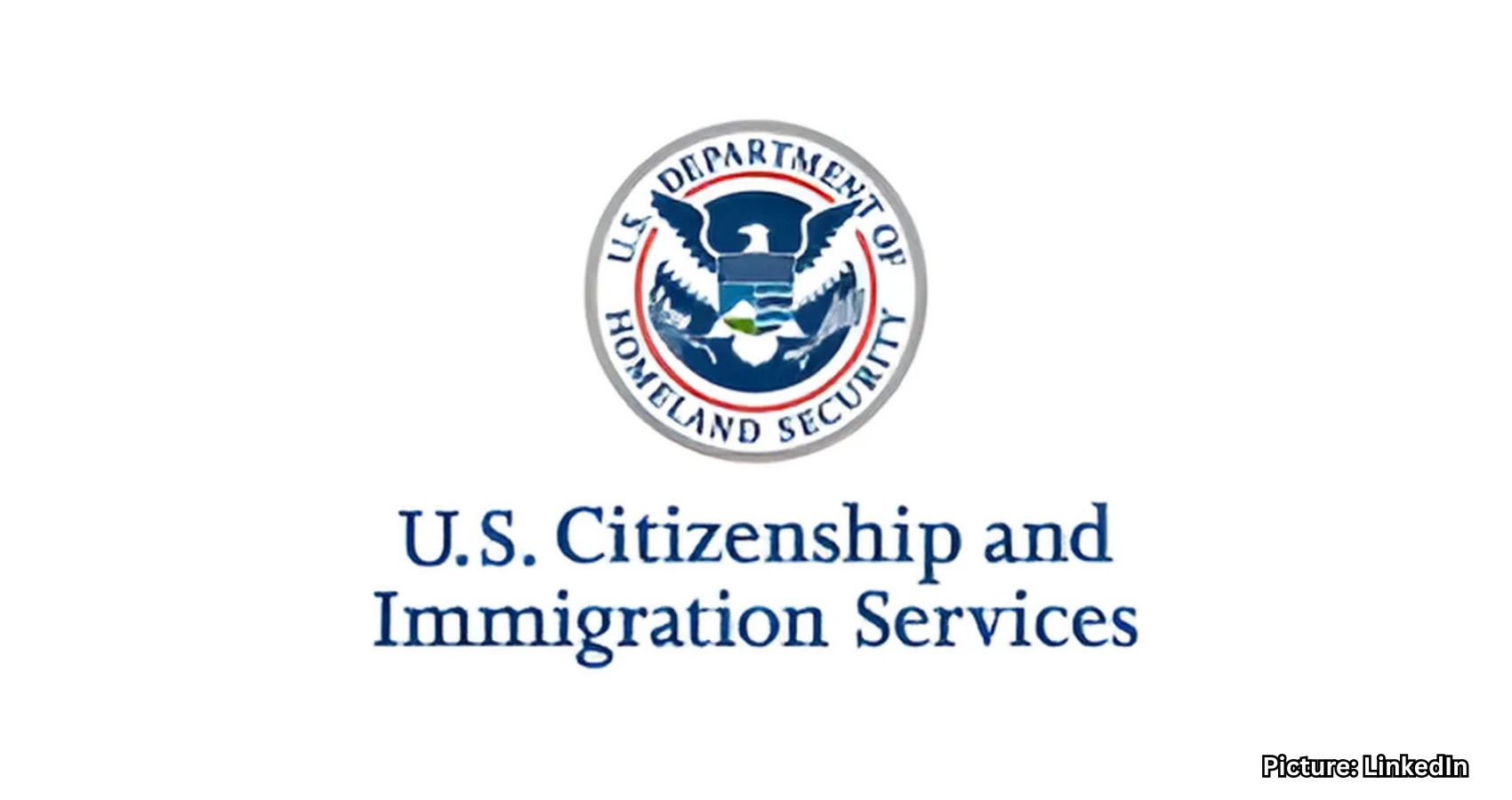
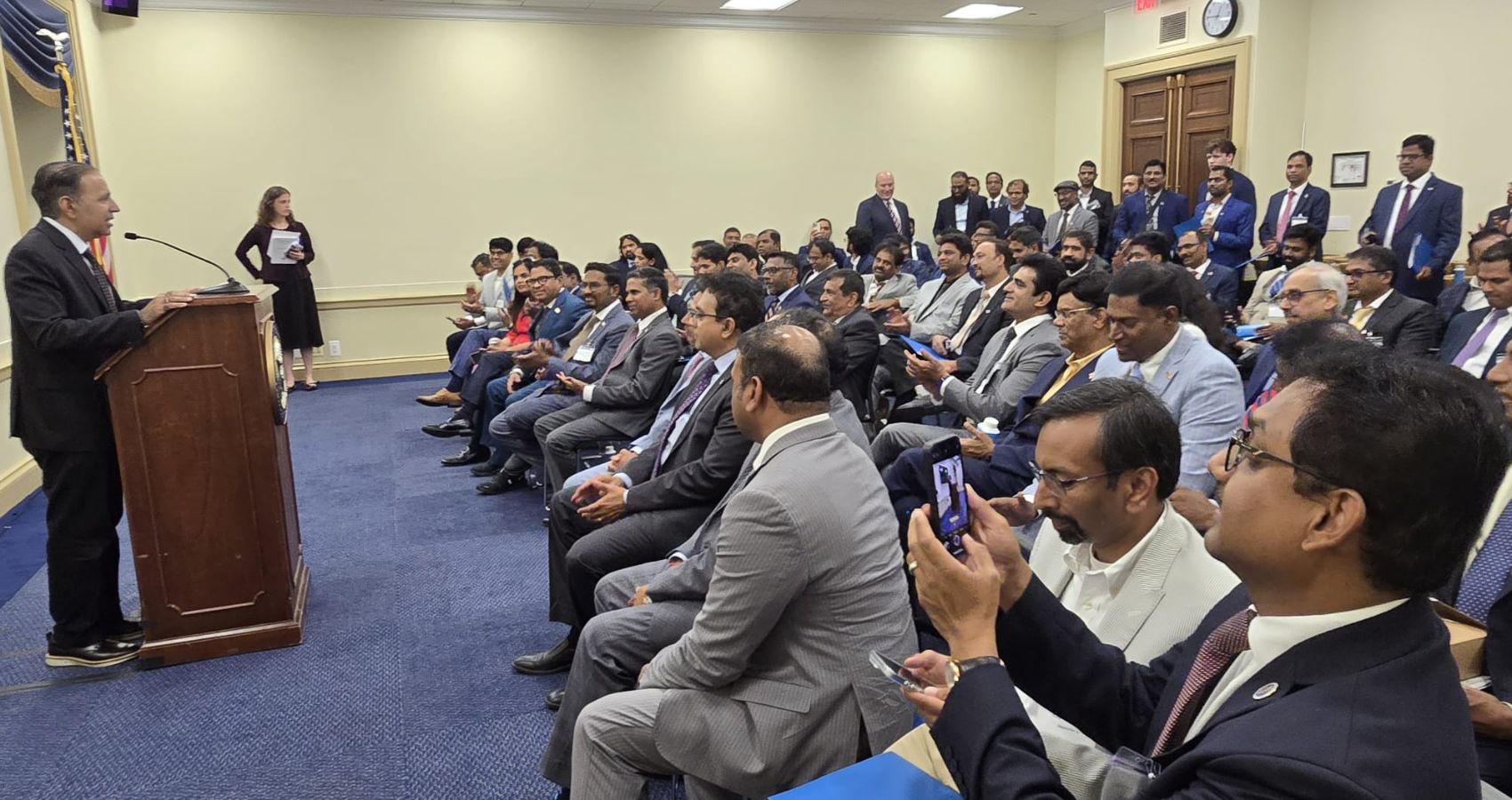
 ITServe Alliance leaders met with Rep. Jim Jordan, a Republican Congressman representing Ohio’s 4th District. The powerful Chairman of the House
ITServe Alliance leaders met with Rep. Jim Jordan, a Republican Congressman representing Ohio’s 4th District. The powerful Chairman of the House 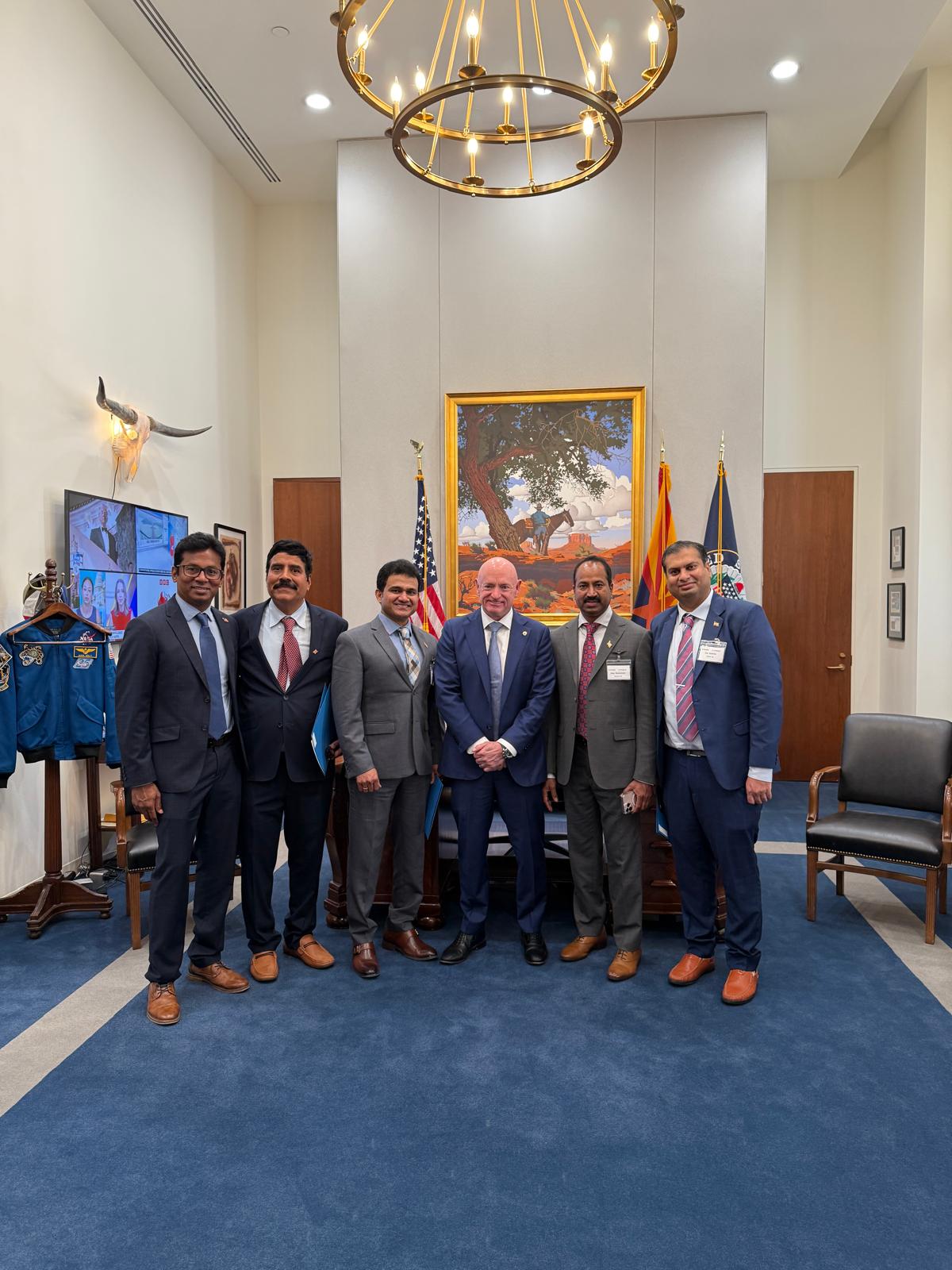
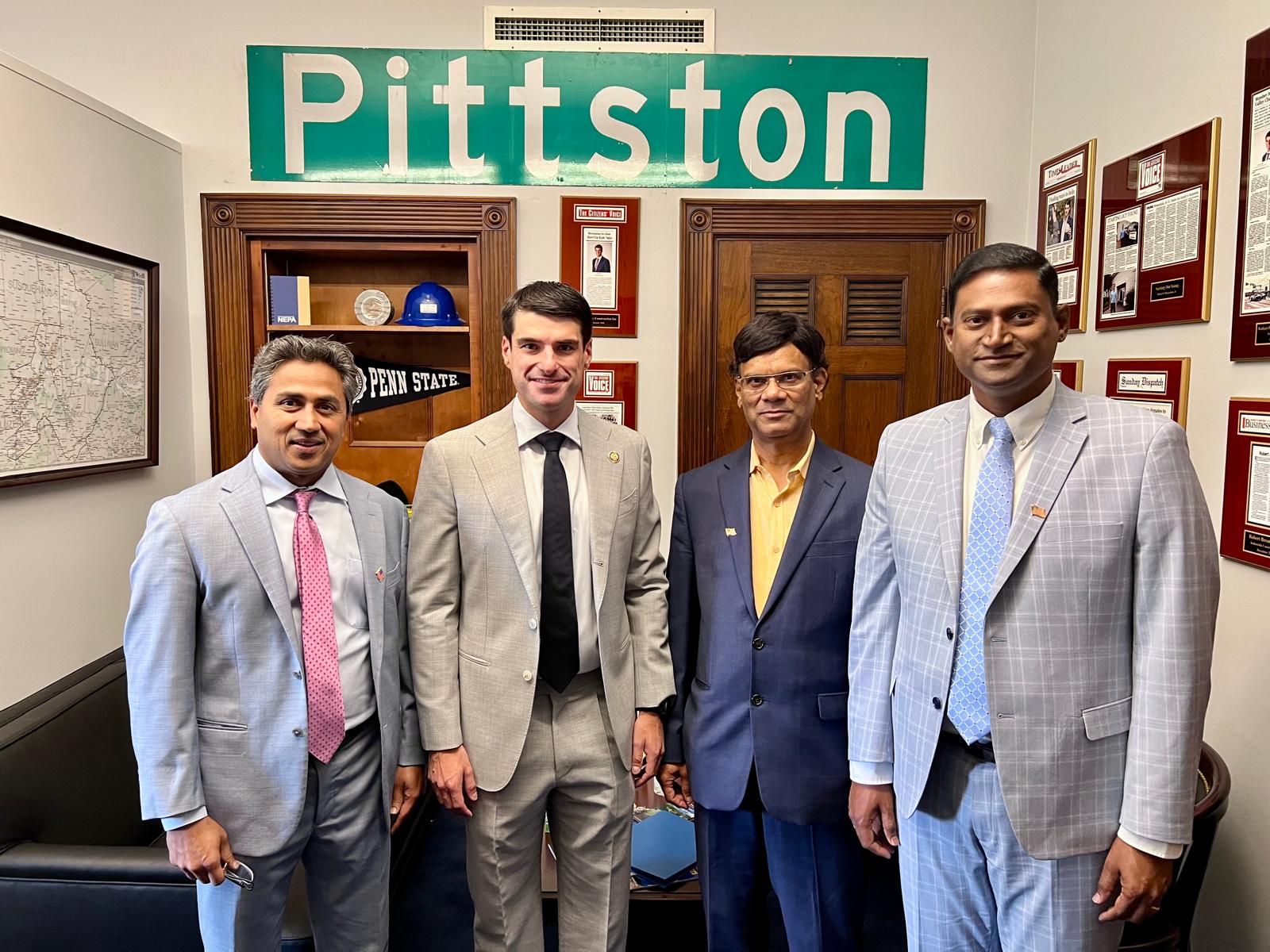 ITServe supports the HIRE ACT Bill (High Skilled Immigration Reform for Employment). Innovation, STEM education, and avoiding brain drain are the highlights of the Bill. Another area, where ITServe has focused is the STEM Program to promote the “American Ingenuity Account” to fund State-administered grants for STEM education and worker training. Enhancing the current H1B CAP limits – from 65,000 to 130,000 per year has been a major area where ITServe has placed its efforts in recent years.
ITServe supports the HIRE ACT Bill (High Skilled Immigration Reform for Employment). Innovation, STEM education, and avoiding brain drain are the highlights of the Bill. Another area, where ITServe has focused is the STEM Program to promote the “American Ingenuity Account” to fund State-administered grants for STEM education and worker training. Enhancing the current H1B CAP limits – from 65,000 to 130,000 per year has been a major area where ITServe has placed its efforts in recent years.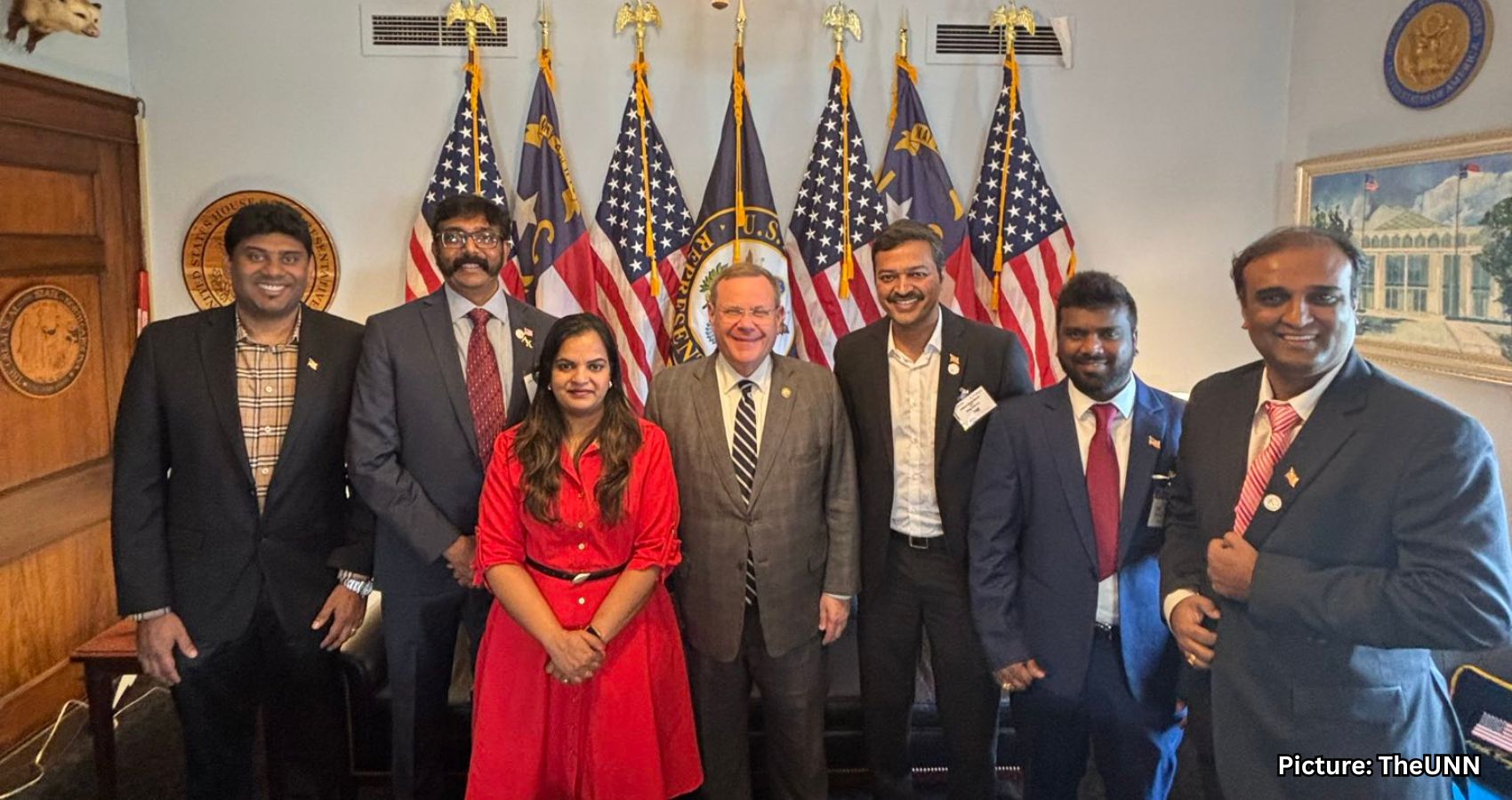 “The ITServe Alliance is consistently working to protect its members’ needs. To that end, ITServe Alliance, through its PAC teams, advocated on Capitol Hill and with the US Administration. Capitol Hill Day serves as a perfect platform to communicate our collective voice with key policymakers on important issues to our members,” added Amar Varada, ITServe Governing Board member.
“The ITServe Alliance is consistently working to protect its members’ needs. To that end, ITServe Alliance, through its PAC teams, advocated on Capitol Hill and with the US Administration. Capitol Hill Day serves as a perfect platform to communicate our collective voice with key policymakers on important issues to our members,” added Amar Varada, ITServe Governing Board member.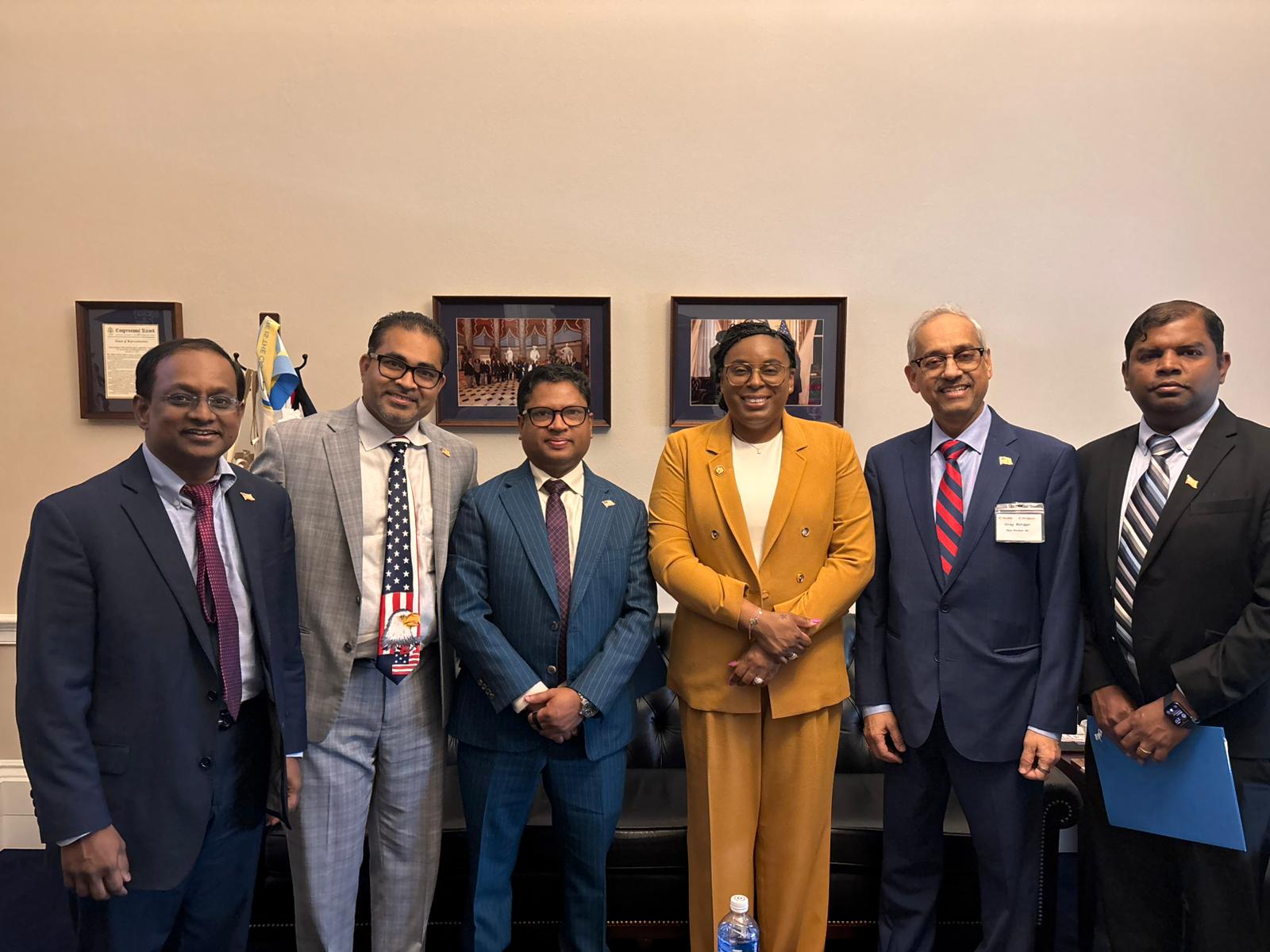
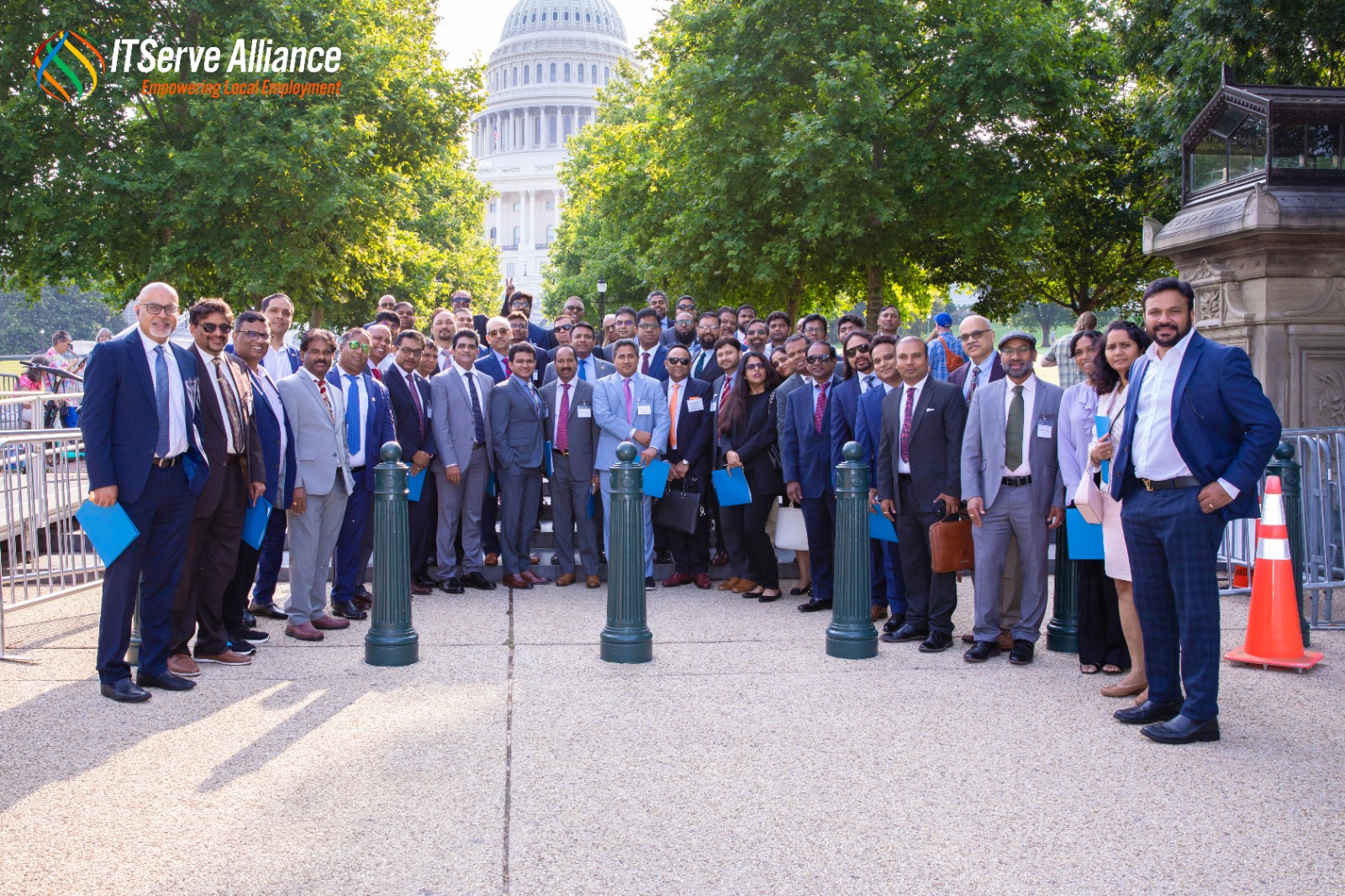 Rep. Krishnamoorthy lauded the contributions of ITServe members to the nation. He said, “I look at you today. You chose Team America. You come here and bless this country with your gifts, with your talents, with your energy, with your ideas, with your industry, with your ability to make it happen. And that’s what you did. You made your company, you hired people, you created jobs. And that’s what you’re trying to do over and over and over again. You’re trying to replicate that success.”
Rep. Krishnamoorthy lauded the contributions of ITServe members to the nation. He said, “I look at you today. You chose Team America. You come here and bless this country with your gifts, with your talents, with your energy, with your ideas, with your industry, with your ability to make it happen. And that’s what you did. You made your company, you hired people, you created jobs. And that’s what you’re trying to do over and over and over again. You’re trying to replicate that success.”
